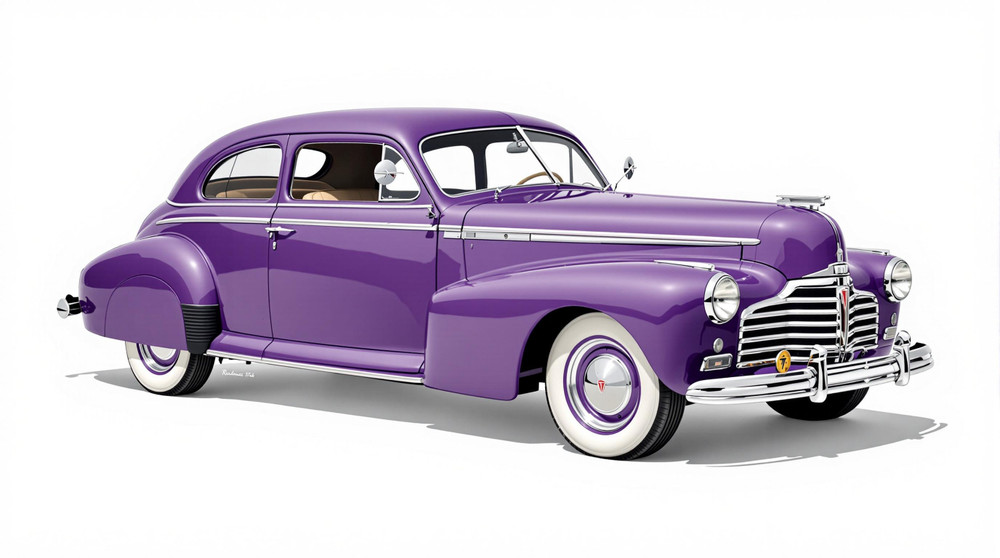Image of 1941 Buick Roadmaster Series 70, Note: These illustrations use artistic license and may differ from actual historical models.
Performance Metrics
Fundamental Metrics
Emotional Appeal
MMP Rating
| Engine Specifications | |
|---|---|
| Engine: | Straight 8 |
| Displacement: | 320.2 cu in (5.2 L) |
| Horsepower: | 165 HP |
| Torque: | Not available |
| Compression Ratio: | 6.6:1 |
| Ignition System: | Battery and coil |
| Cooling System: | Liquid cooled |
| Performance Specifications | |
| 0-60 Time: | Not available |
| 1/4 Mile Time: | Not available |
| Top Speed: | 90 mph |
| Transmission and Drive | |
| Drive Type: | Rear wheel drive |
| Transmission Type: | 3-speed manual |
| Fuel and Efficiency | |
| Fuel System Type: | Carburetor |
| MPG: | Not available |
| Dimensions and Brakes | |
| Brakes: | Hydraulic drum brakes |
| Wheelbase: | 126 inches |
| Weight: | 3,900 lbs |
Note: Specifications for classic cars are given to the best of our ability, considering the limited and variant data available.
Unveiling the Elegance of the 1941 Buick Roadmaster Series 70
The 1941 Buick Roadmaster Series 70 is not merely a car; it's a rolling testament to American automotive grandeur. Born from the prestigious Buick division of General Motors, this vehicle emerged at a time when the world stood on the brink of monumental change. As war clouds gathered, the Roadmaster shone as a beacon of luxury and innovation, offering a brief respite from the tensions of its era. A particularly notable moment in its history was when it became one of the first cars to feature turn signals, a feature we take for granted today.
Design and Innovation
With its sweeping lines and bold chrome grille, the Roadmaster's exterior styling exuded confidence and sophistication. The car's long hood and fender-mounted headlights were design signatures that captivated onlookers. Inside, passengers were enveloped in an opulent cabin, where plush fabrics and rich wood accents spoke to Buick's commitment to craftsmanship. For its time, the Roadmaster was a technological marvel, boasting features like a compound carburetion system and a self-cranking engine. Color options ranged from stately blacks to vibrant reds, with Sequoia Cream being among the popular choices.
Buyers could choose from several body styles including sedans, convertibles, and coupes. However, it was the convertible Phaeton that often stole hearts with its elegant open-top design and luxurious appointments.
Historical Significance
The Roadmaster's impact on automotive design was profound. It helped set new standards for vehicle size and luxury in the American market. Its Dynaflash straight-eight engine was not only powerful but also smooth, setting a benchmark for performance that competitors scrambled to match. The Roadmaster's influence persisted long after production ceased, shaping the ethos of automotive luxury for decades.
Performance and Handling
The 1941 Roadmaster was powered by a 320 cubic inch straight-eight engine that delivered around 165 horsepower. While exact top speed figures are elusive, it was known for respectable performance in its day. The car's acceleration from 0-60 mph was not measured with modern precision but was considered brisk for such a substantial vehicle. On the road, the Roadmaster handled with poise thanks to its coil spring suspension; however, it was no sports car—drivers praised its smooth ride over bumps more than its cornering prowess. Behind the wheel, one would hear the distinctive hum of its straight-eight engine—a sound that became synonymous with reliability.
Ownership Experience
The Roadmaster served various roles from an esteemed daily driver to a coveted showpiece at classic car events. Its robust engineering meant reliability was high for its time, though modern owners should expect maintenance consistent with any classic vehicle's needs. Parts can be scarce but are treasured by enthusiasts dedicated to preserving this slice of automotive history.
Fun Facts
A little-known tidbit about the '41 Roadmaster is that it featured in numerous wartime propaganda films, symbolizing American industrial might. While not known for breaking speed records or dominating sales charts, it did carve out a niche among America's elite with some models even gracing Hollywood driveways.
Collector's Information
Today, finding a 1941 Buick Roadmaster is akin to unearthing treasure. With production numbers estimated in the low thousands for certain models, each surviving example is precious. Values vary widely based on condition and originality but expect figures north of $50,000 for well-maintained specimens—with rare configurations fetching significantly more. The market has shown appreciation for these classics as they embody an era of American luxury few cars can claim.
Conclusion
The 1941 Buick Roadmaster Series 70 stands as an icon of pre-war American automotive excellence—a testament to innovation and luxury during uncertain times. Its legacy endures in every purr of its straight-eight engine and gleam off its chrome accents—a true masterpiece on wheels.
1941 Buick Roadmaster Series 70 Catalog of Parts
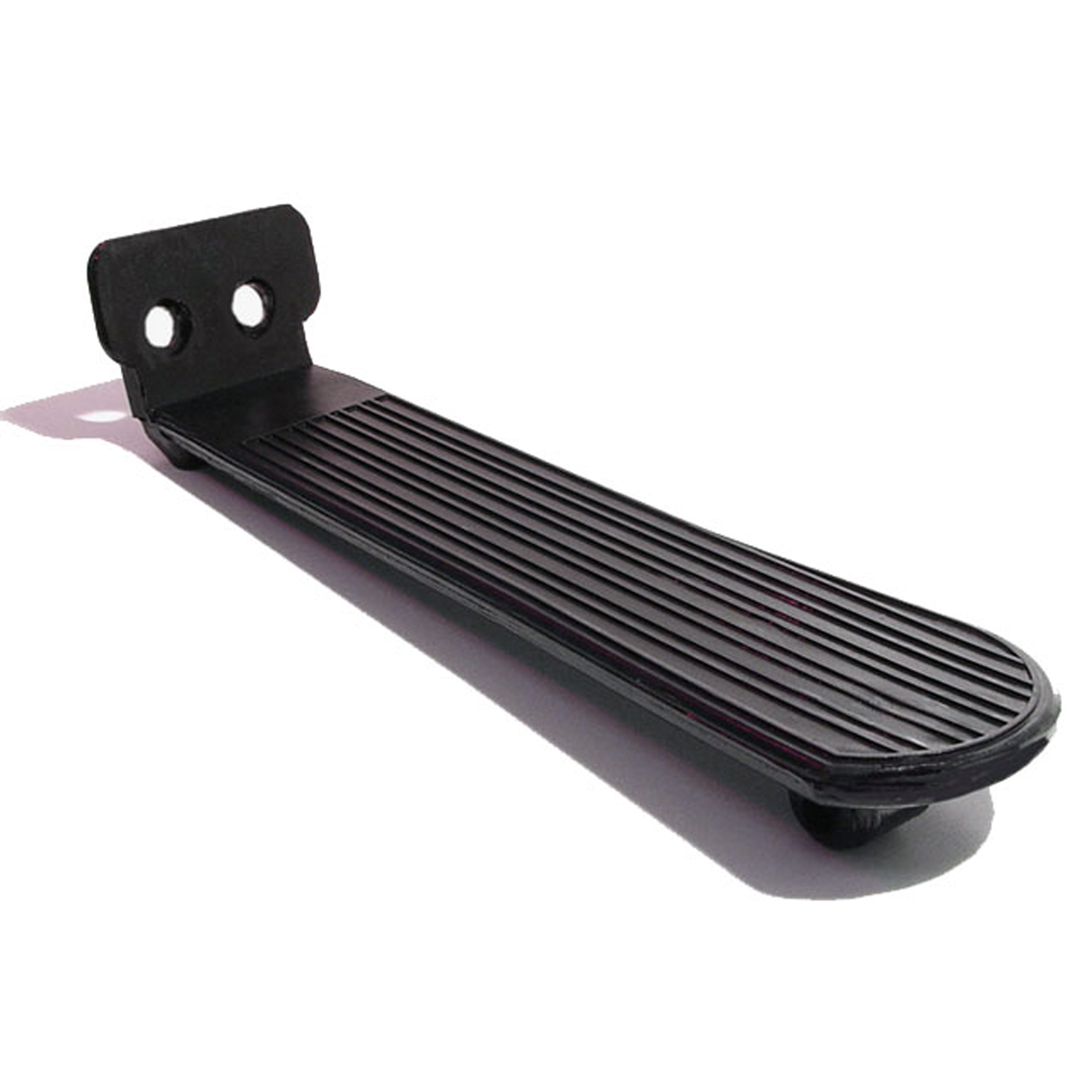 1941 Buick Roadmaster Series 70 Accelerator Pedal Pad. Made with steel core like original-AP 29-CAccelerator Pedal Pad. Made with steel core like original. 2-1/8" X 8-1/2". Black. Each
1941 Buick Roadmaster Series 70 Accelerator Pedal Pad. Made with steel core like original-AP 29-CAccelerator Pedal Pad. Made with steel core like original. 2-1/8" X 8-1/2". Black. Each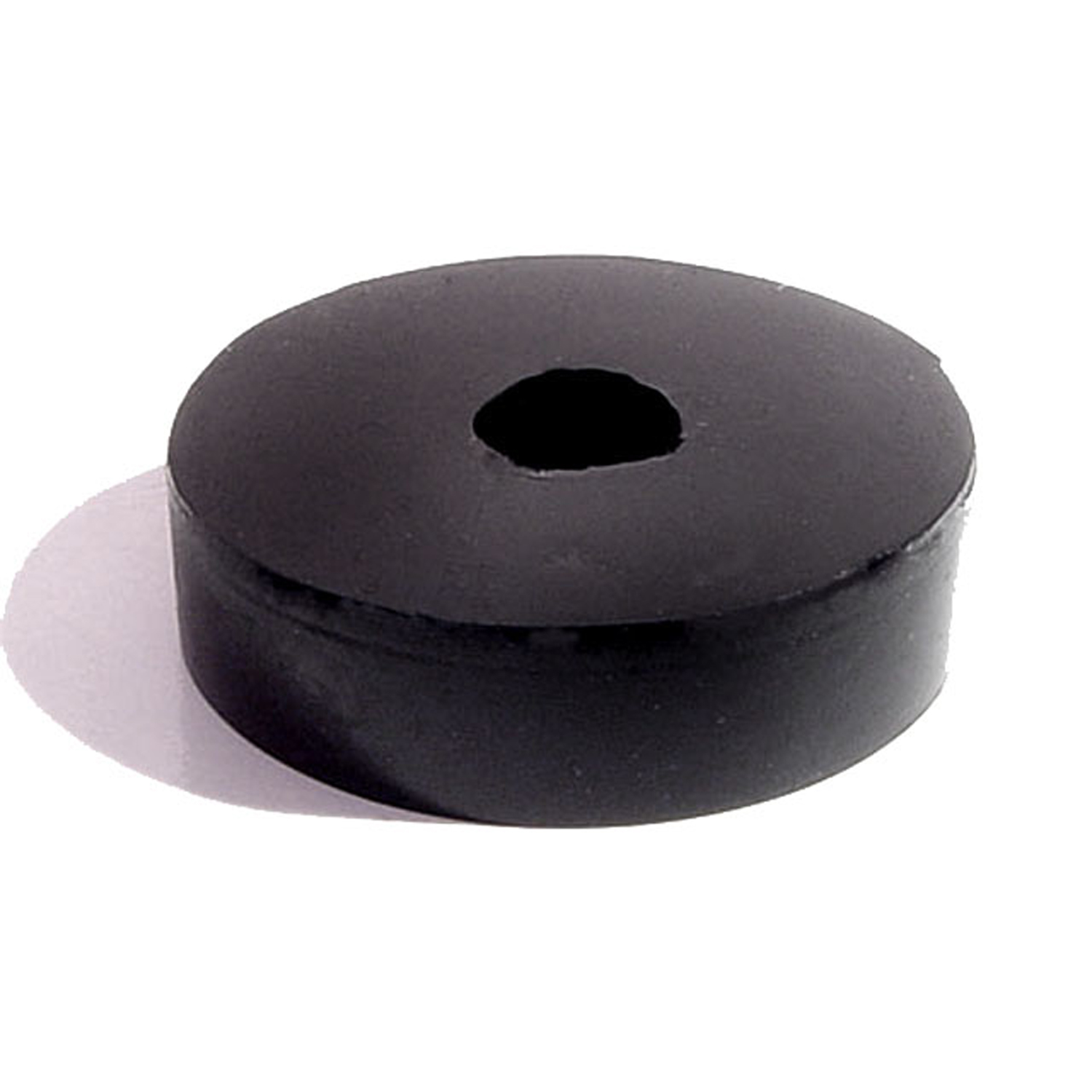 1941 Buick Roadmaster Series 70 Transmission Vacuum Shift Grommet. Used on rear side-BC 40Transmission Vacuum Shift Grommet. Used on rear side. 1-1/2" O.D., 3/8" I.D., 3/8" Thick. Each
1941 Buick Roadmaster Series 70 Transmission Vacuum Shift Grommet. Used on rear side-BC 40Transmission Vacuum Shift Grommet. Used on rear side. 1-1/2" O.D., 3/8" I.D., 3/8" Thick. Each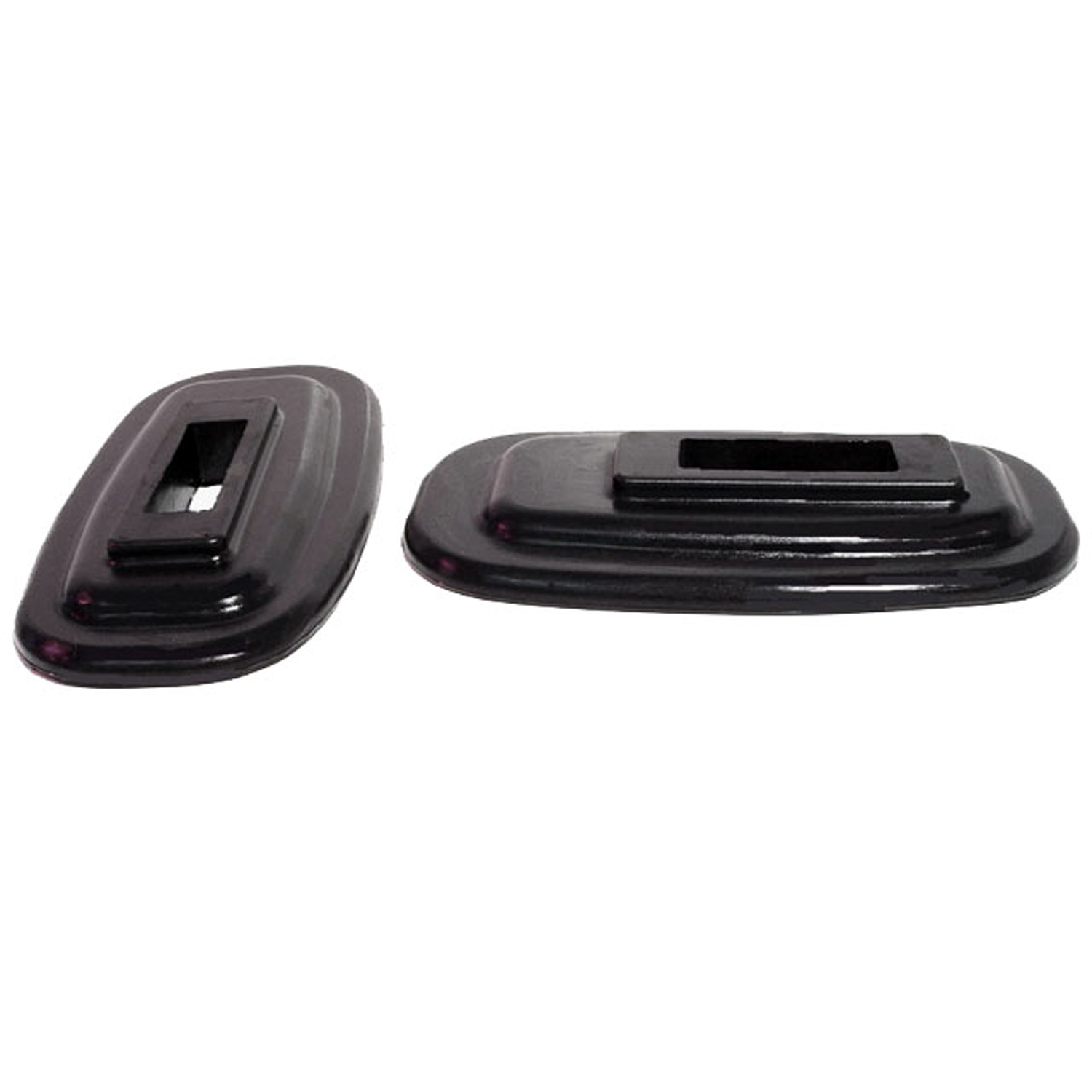 1941 Buick Roadmaster Series 70 Front Bumper Arm Grommets-BG 33Front Bumper Arm Grommets. 2-1/2" wide X 5-3/8" long, with 1-7/8" long inner slot. Pair
1941 Buick Roadmaster Series 70 Front Bumper Arm Grommets-BG 33Front Bumper Arm Grommets. 2-1/2" wide X 5-3/8" long, with 1-7/8" long inner slot. Pair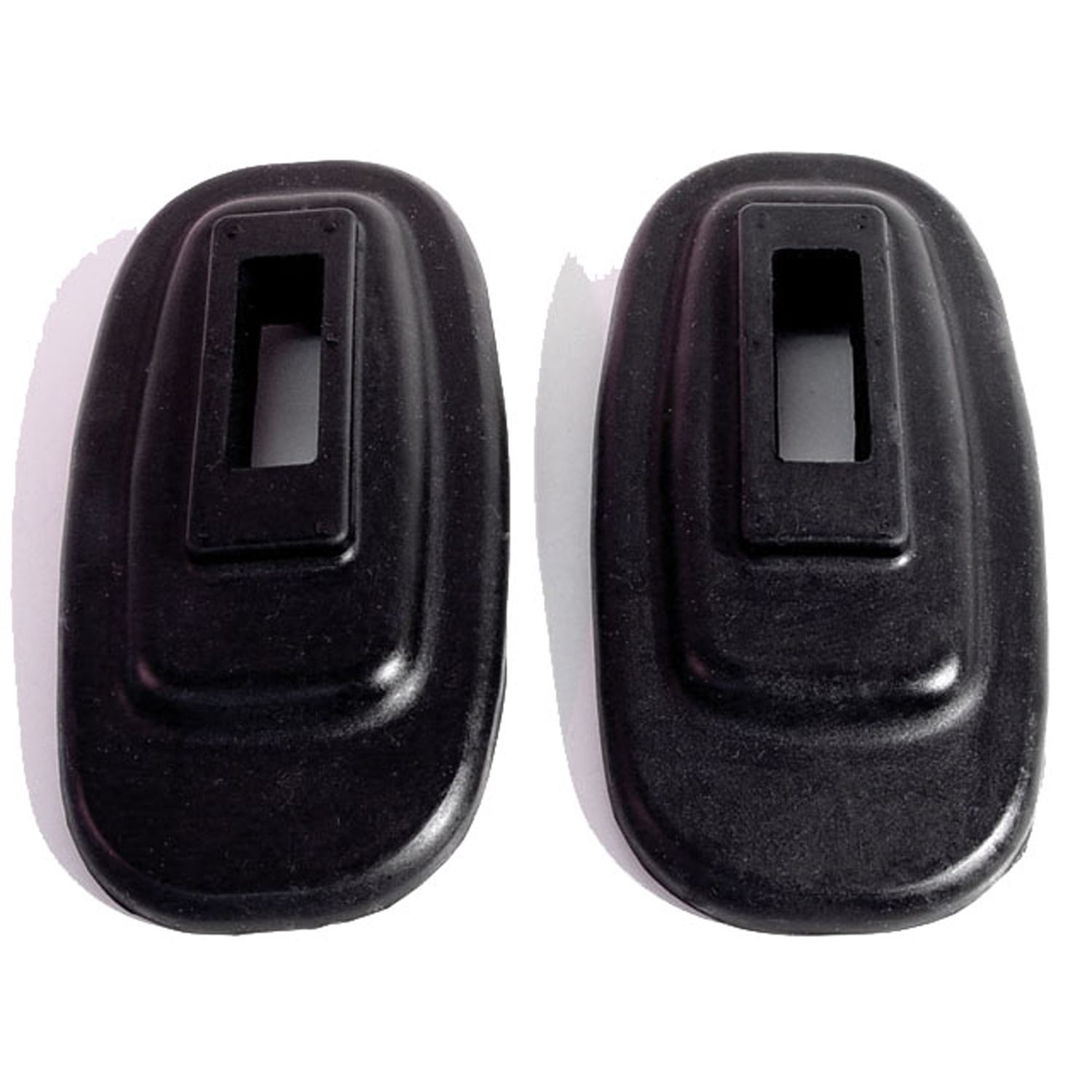 1941 Buick Roadmaster Series 70 Front Bumper Arm Grommets-BG 34Front Bumper Arm Grommets. 2-7/8" wide X 5-1/2" long, with 1-13/16" long inner slot. Pair
1941 Buick Roadmaster Series 70 Front Bumper Arm Grommets-BG 34Front Bumper Arm Grommets. 2-7/8" wide X 5-1/2" long, with 1-13/16" long inner slot. Pair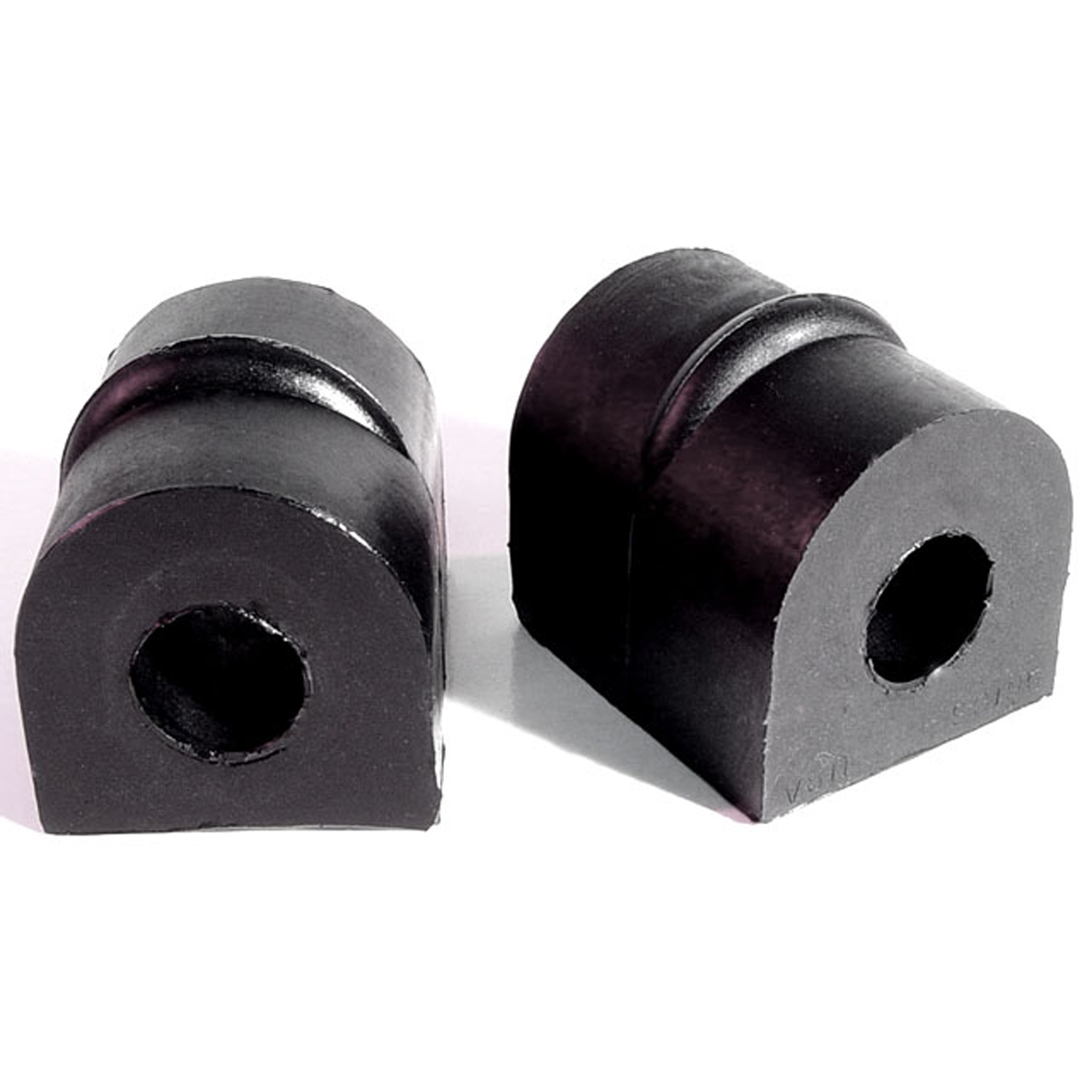 1941 Buick Roadmaster Series 70 Stabilizer Bar Bushings-BN 106Stabilizer Bar Bushings. 1-3/4" long X 1-1/2" wide X 1-1/2" high, 10/16" I.D. Pair
1941 Buick Roadmaster Series 70 Stabilizer Bar Bushings-BN 106Stabilizer Bar Bushings. 1-3/4" long X 1-1/2" wide X 1-1/2" high, 10/16" I.D. Pair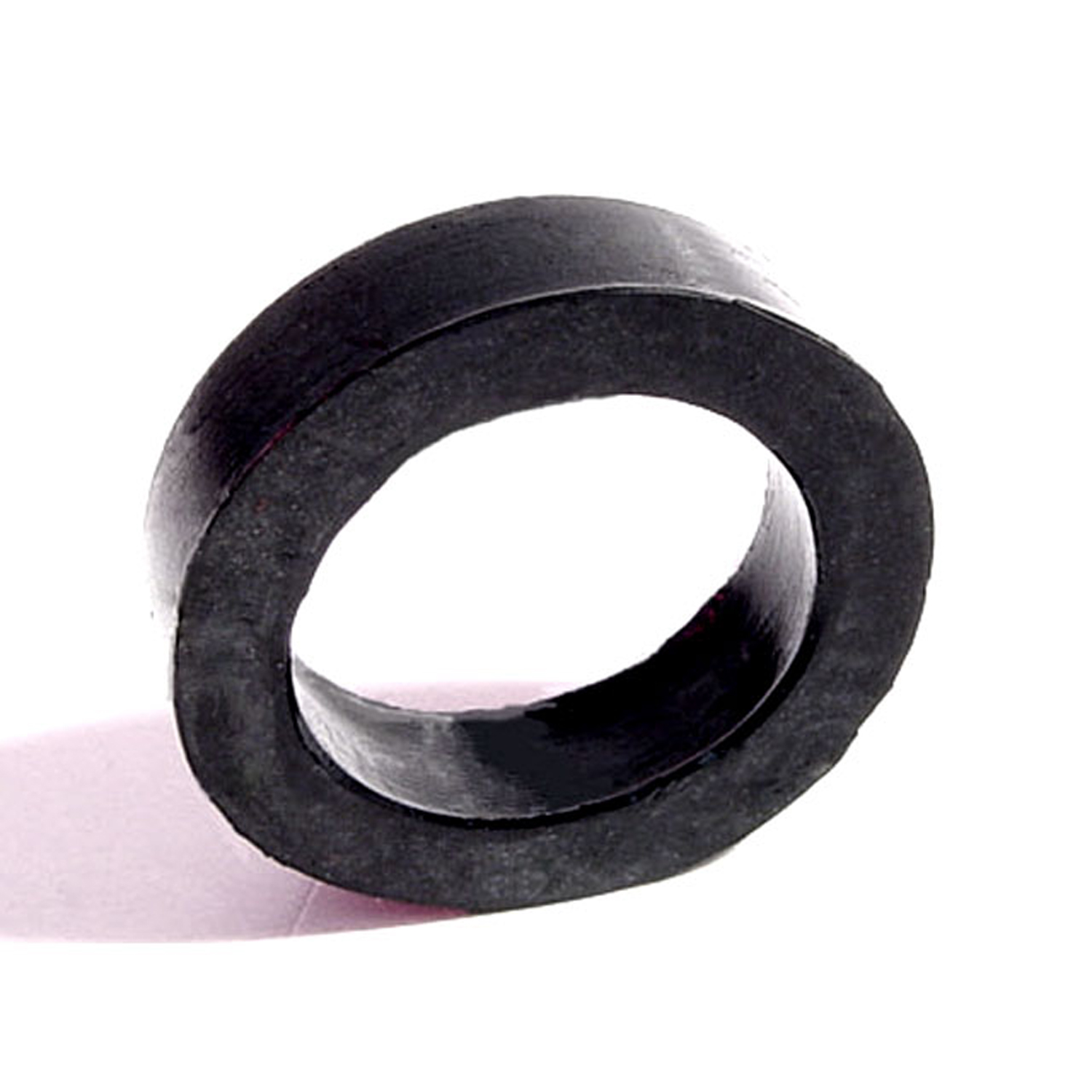 1941 Buick Roadmaster Series 70 Lower Inner "A" Frame Shaft Seal. 1-1/8" O.D., 5/16" thick-BN 23-ALower Inner "A" Frame Shaft Seal. 1-1/8" O.D., 5/16" thick. Each
1941 Buick Roadmaster Series 70 Lower Inner "A" Frame Shaft Seal. 1-1/8" O.D., 5/16" thick-BN 23-ALower Inner "A" Frame Shaft Seal. 1-1/8" O.D., 5/16" thick. Each 1941 Buick Roadmaster Series 70 Stabilizer Bar Bushing. For rear axel anti-sway rod ends-BN 34-BStabilizer Bar Bushing. For rear axel anti-sway rod ends. Four used per car. 1-5/16" O.D., 3/4" long, with 5/8" I.D. Each
1941 Buick Roadmaster Series 70 Stabilizer Bar Bushing. For rear axel anti-sway rod ends-BN 34-BStabilizer Bar Bushing. For rear axel anti-sway rod ends. Four used per car. 1-5/16" O.D., 3/4" long, with 5/8" I.D. Each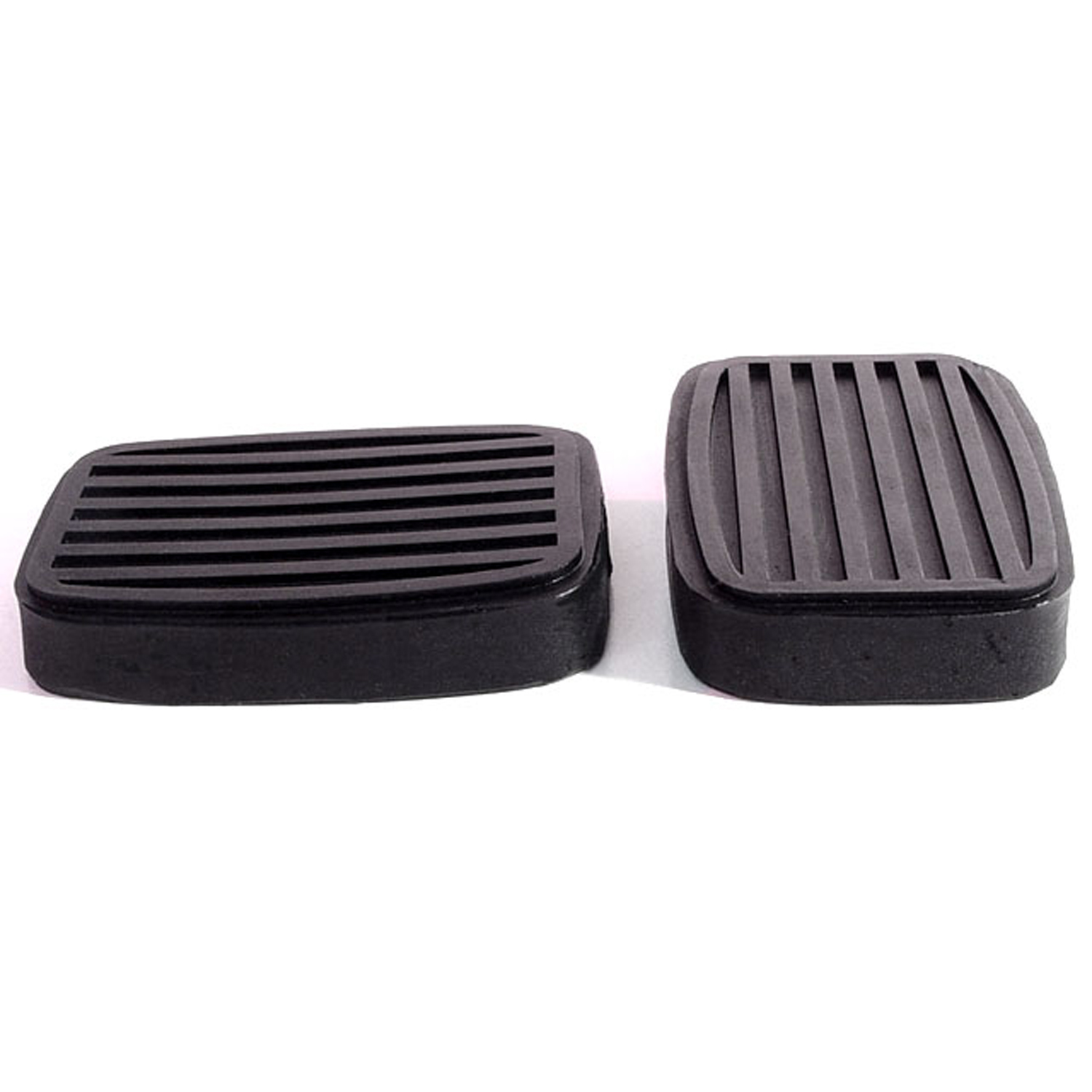 1941 Buick Roadmaster Series 70 Clutch and Brake Pedal Pads. 2" wide X 3" long. Pair-CB 15Clutch and Brake Pedal Pads. 2" wide X 3" long. Pair
1941 Buick Roadmaster Series 70 Clutch and Brake Pedal Pads. 2" wide X 3" long. Pair-CB 15Clutch and Brake Pedal Pads. 2" wide X 3" long. Pair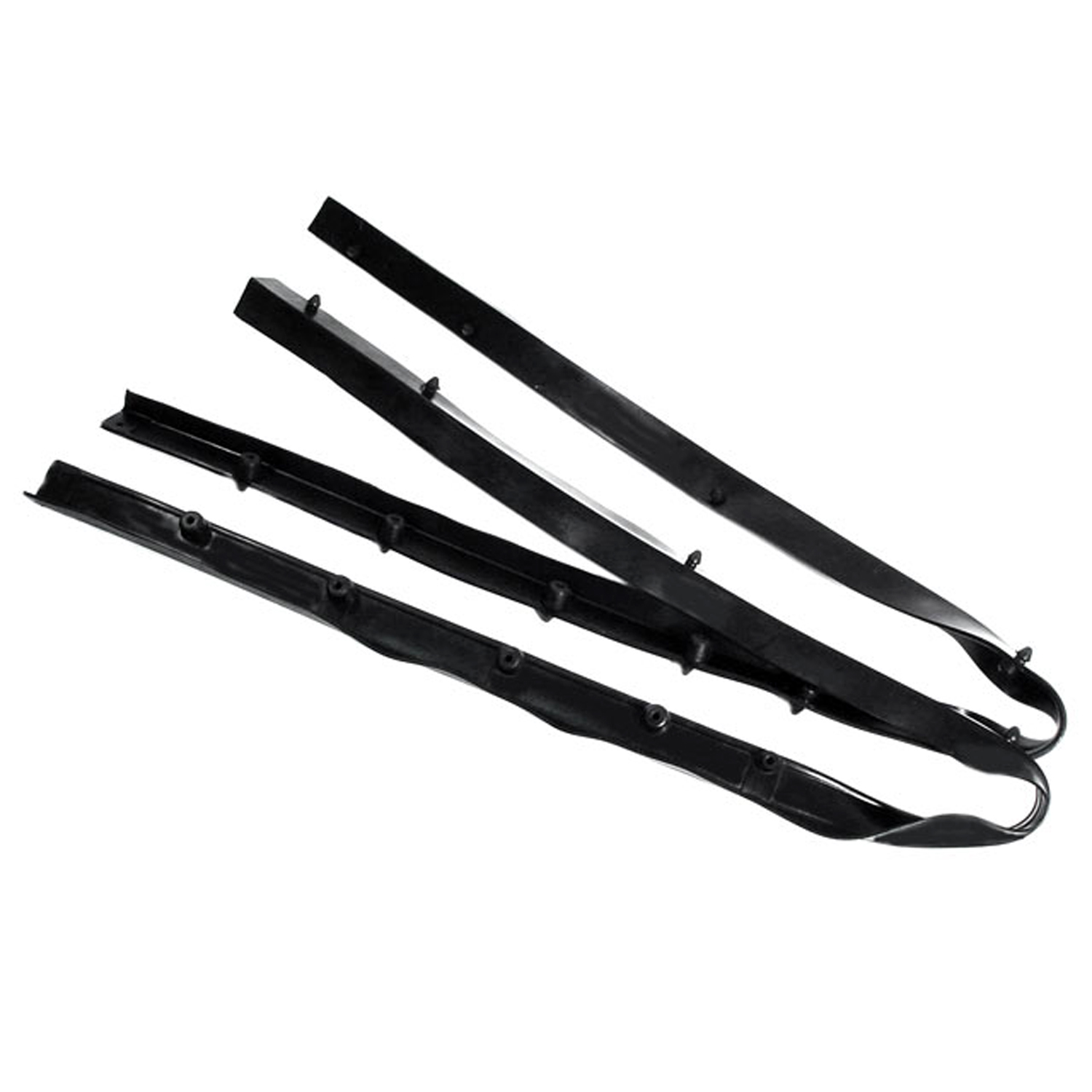 1941 Buick Roadmaster Series 70 Cowl and Hood Seal. Push-in tabs, like original-CS 8Cowl and Hood Seal. Push-in tabs, like original. 78" length finished. Each
1941 Buick Roadmaster Series 70 Cowl and Hood Seal. Push-in tabs, like original-CS 8Cowl and Hood Seal. Push-in tabs, like original. 78" length finished. Each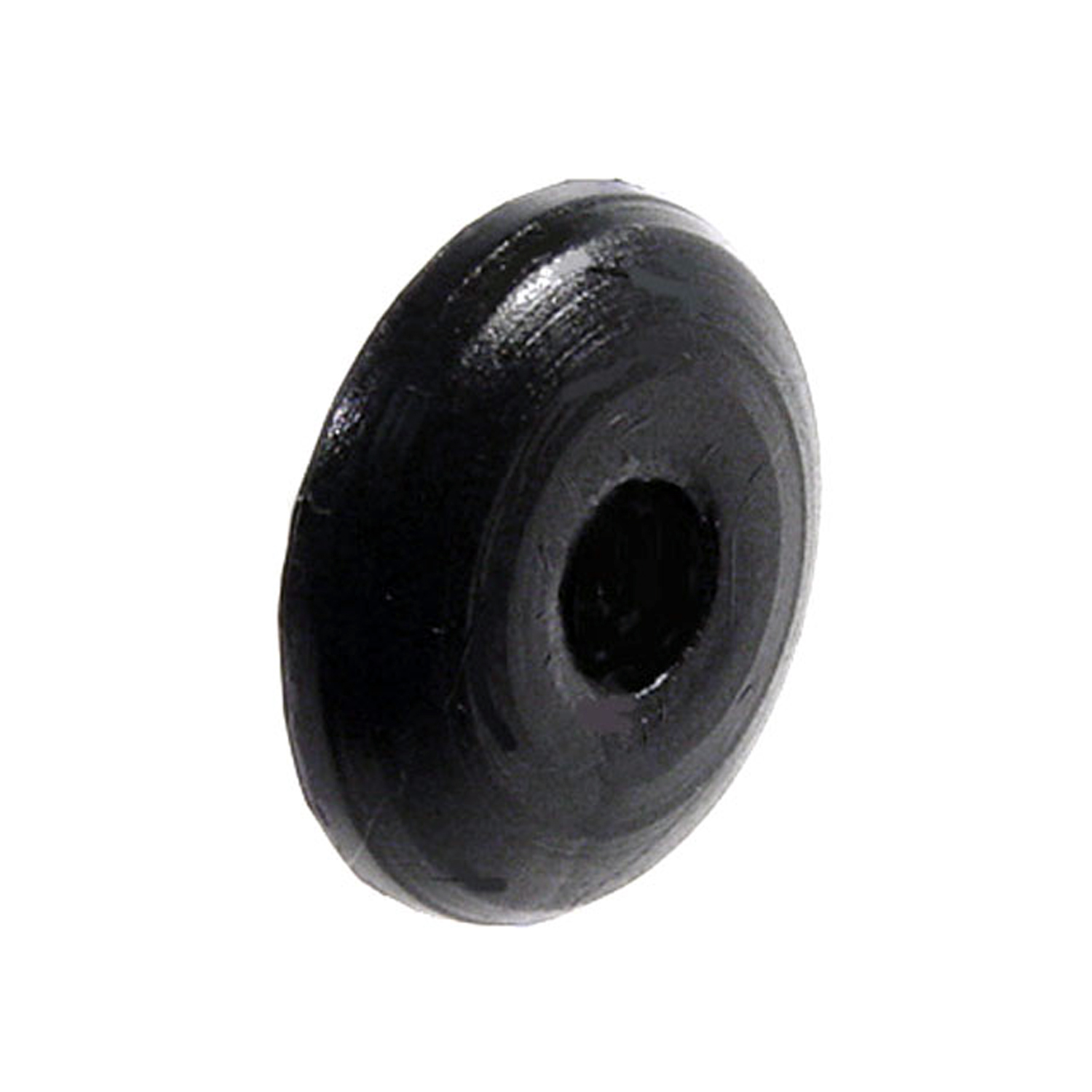 1941 Buick Roadmaster Series 70 Upper Door Hinge Post Bumper. Held by screw-DB 60-AUpper Door Hinge Post Bumper. Held by screw. 7/8" diameter X 1/8" thick. Each
1941 Buick Roadmaster Series 70 Upper Door Hinge Post Bumper. Held by screw-DB 60-AUpper Door Hinge Post Bumper. Held by screw. 7/8" diameter X 1/8" thick. Each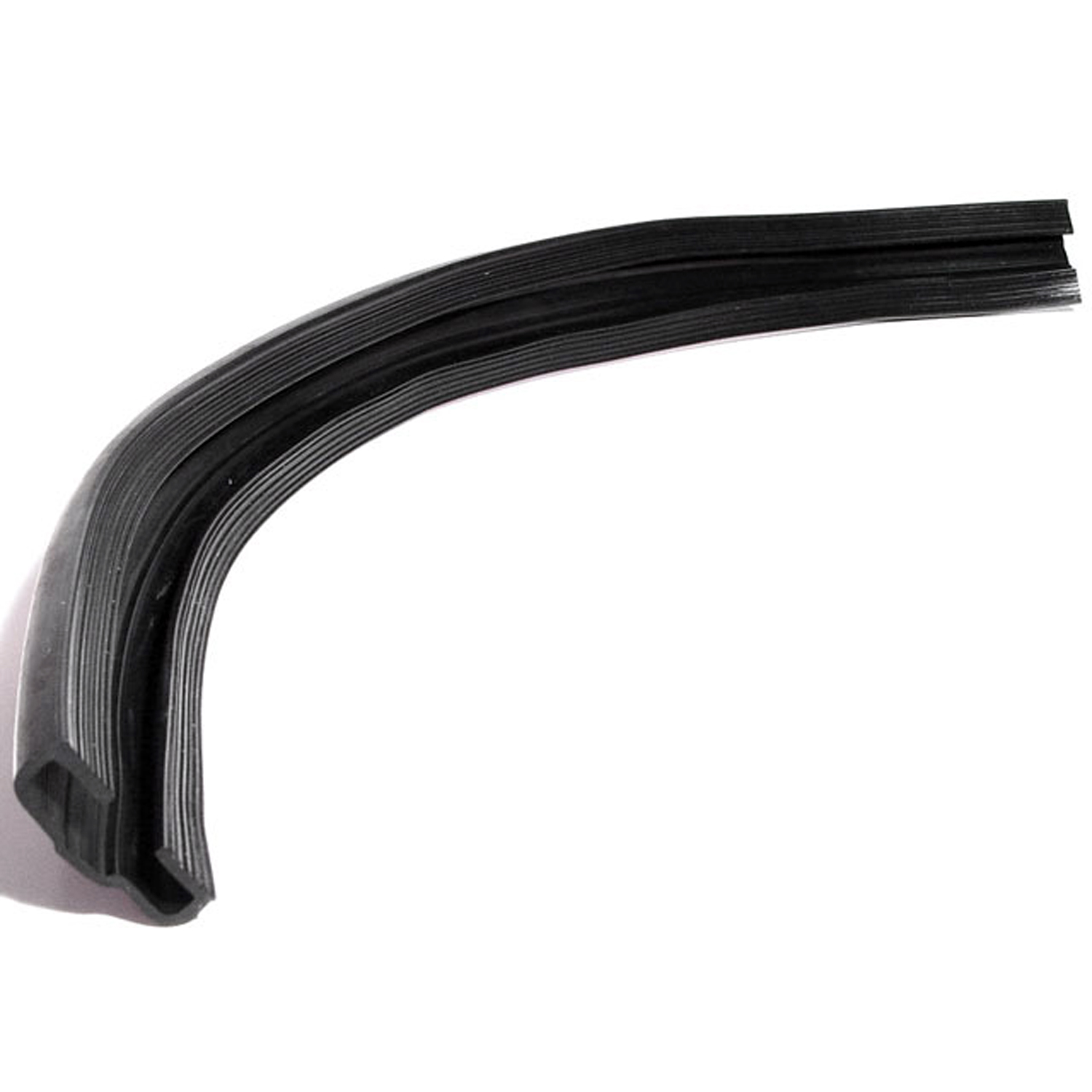 1941 Buick Roadmaster Series 70 Windshield Center Bar Outer Gasket Molding Retainer-DP 10Windshield Center Bar Outer Gasket Molding Retainer. Use with original steel to retain stainless steel trim to the windshield. 18 in. long. Each.
1941 Buick Roadmaster Series 70 Windshield Center Bar Outer Gasket Molding Retainer-DP 10Windshield Center Bar Outer Gasket Molding Retainer. Use with original steel to retain stainless steel trim to the windshield. 18 in. long. Each.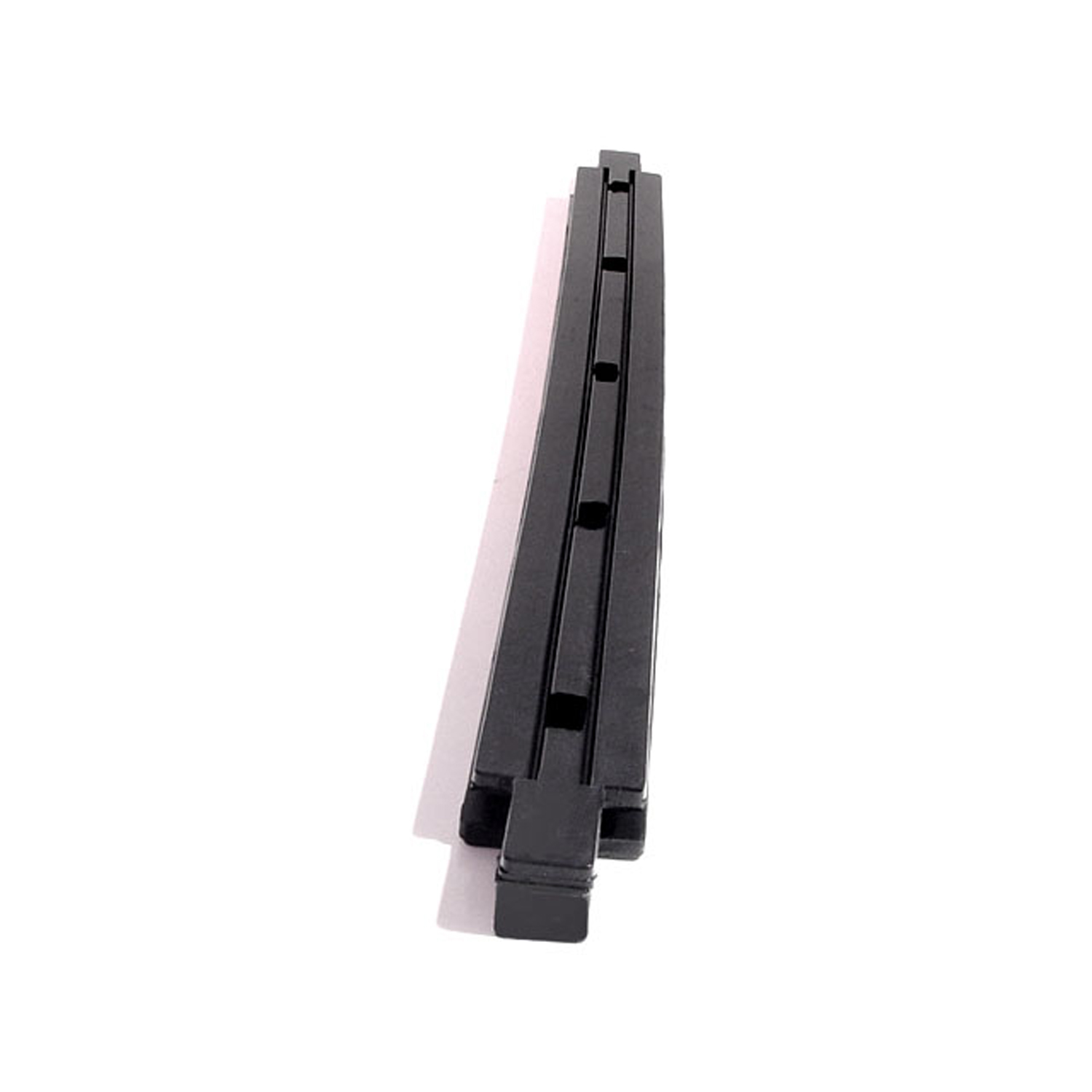 1941 Buick Roadmaster Series 70 Windshield Center Bar Gasket-DP 11Windshield Center Bar Gasket. This seal is make with all the original
1941 Buick Roadmaster Series 70 Windshield Center Bar Gasket-DP 11Windshield Center Bar Gasket. This seal is make with all the original 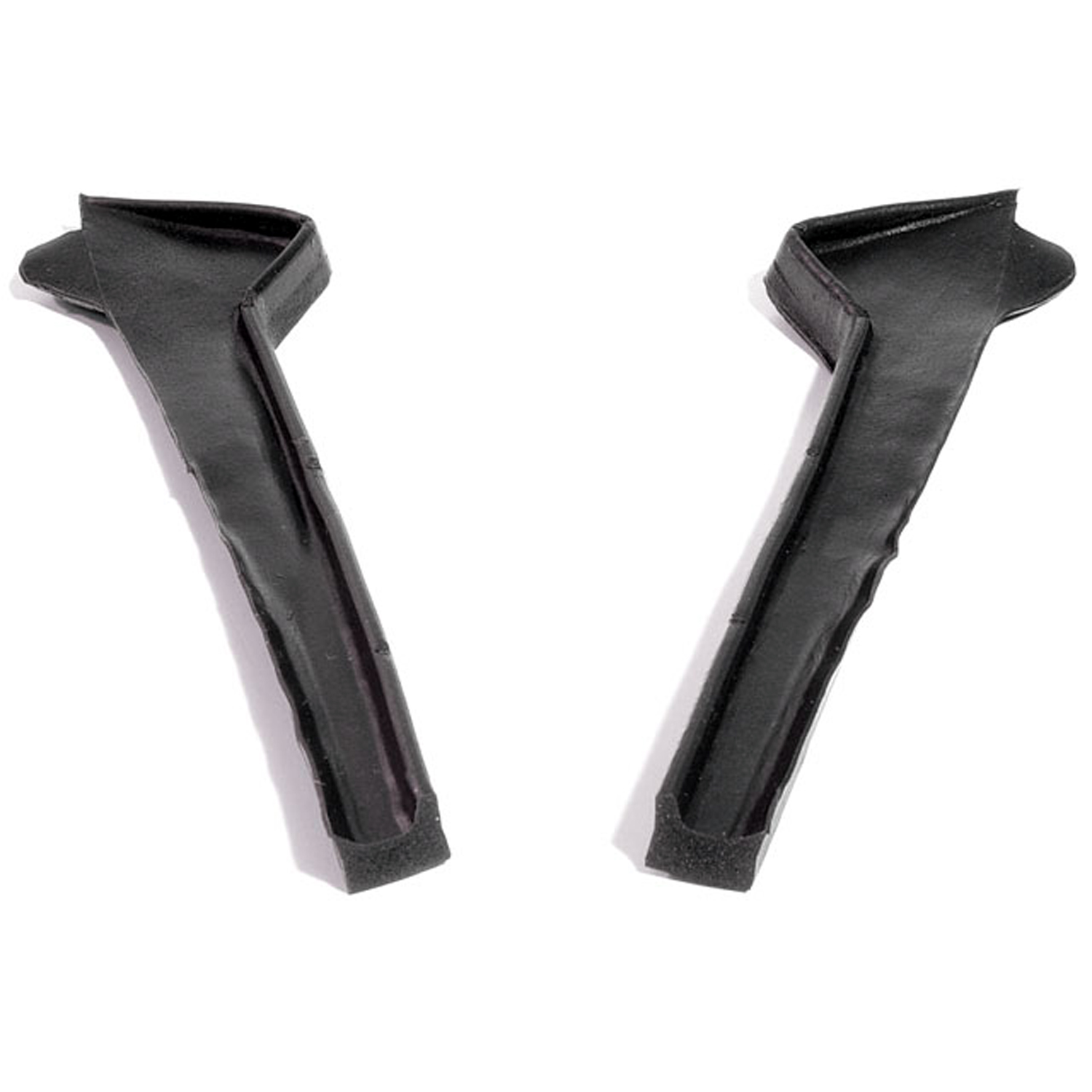 1941 Buick Roadmaster Series 70 Auxiliary Door Seals-ELP 2000Auxiliary Door Seals. Weatherstrip for lower front corner of front door. Pair R&L
1941 Buick Roadmaster Series 70 Auxiliary Door Seals-ELP 2000Auxiliary Door Seals. Weatherstrip for lower front corner of front door. Pair R&L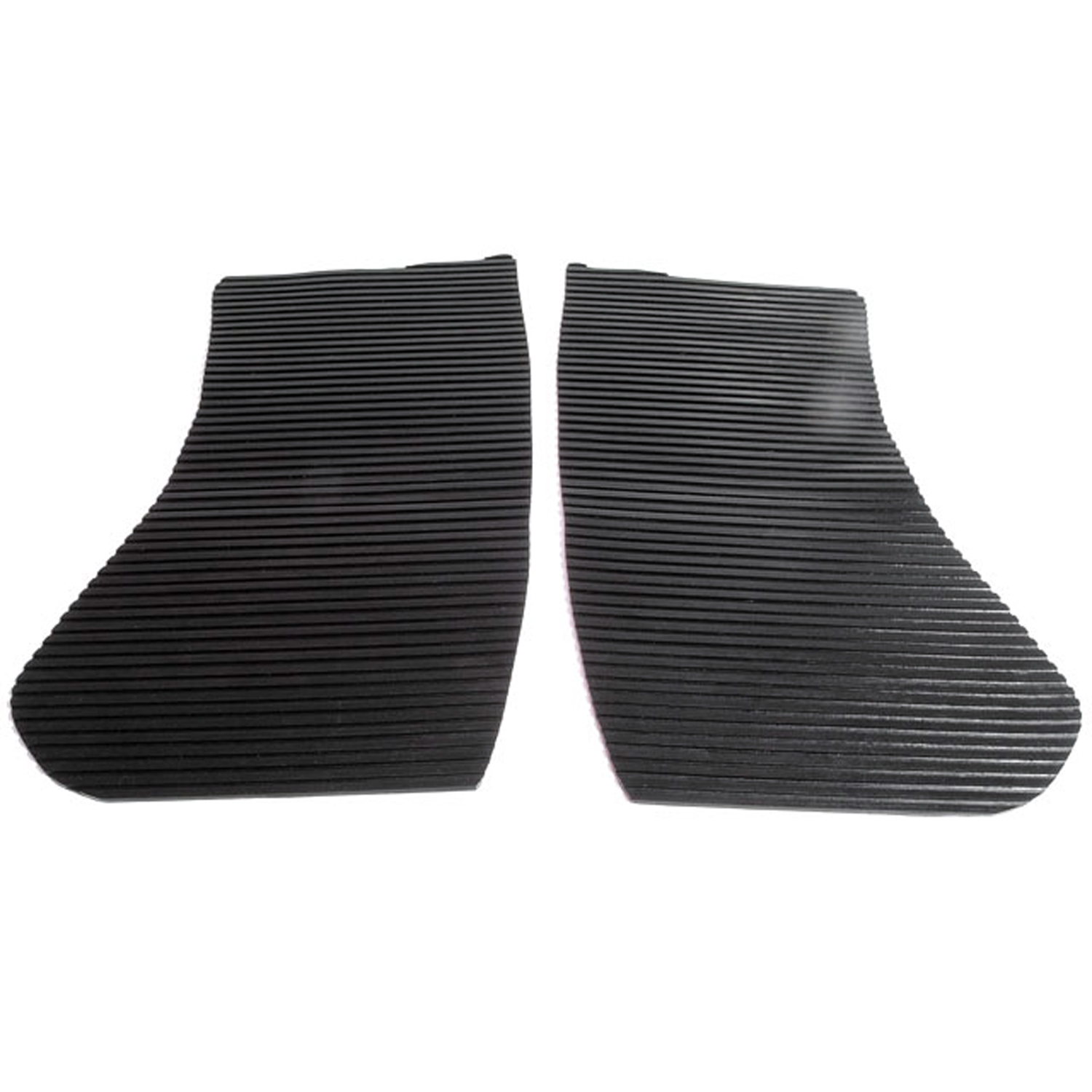 1941 Buick Roadmaster Series 70 Gravel Shields. Molded flat without metal backing plates-FS 35Gravel Shields. Molded flat without metal backing plates. Apply with contact cement. 16" long X 6-3/4" wide at top and 7-3/4" wide at bottom. Narrow Body Section Gravel Shields (see FS 26) may be used on some models. Pair
1941 Buick Roadmaster Series 70 Gravel Shields. Molded flat without metal backing plates-FS 35Gravel Shields. Molded flat without metal backing plates. Apply with contact cement. 16" long X 6-3/4" wide at top and 7-3/4" wide at bottom. Narrow Body Section Gravel Shields (see FS 26) may be used on some models. Pair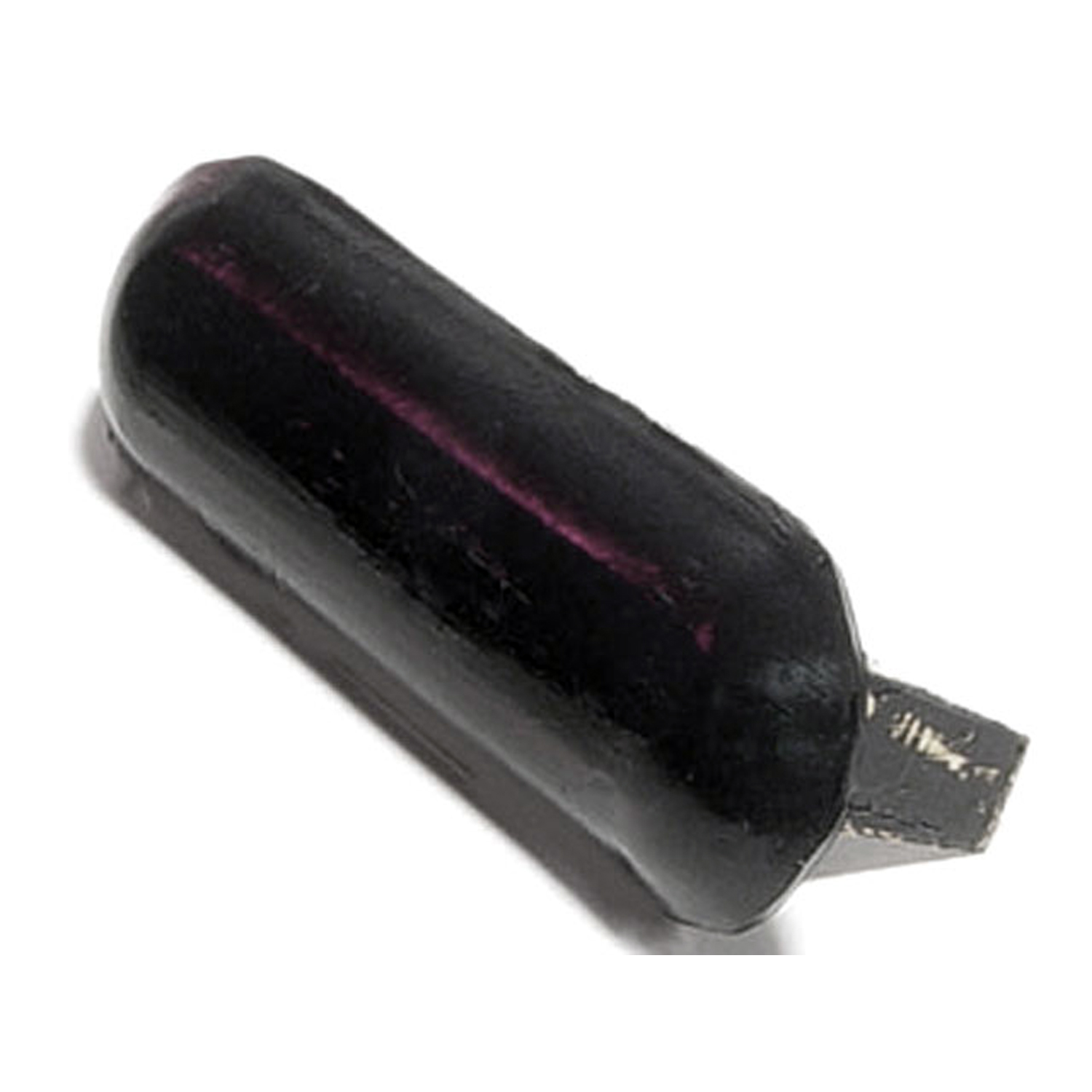 1941 Buick Roadmaster Series 70 Hood Rest Pad Bumper. Metal core, tab held-HC 31-AHood Rest Pad Bumper. Metal core, tab held. Four to twelve used per car. 1-1/4" between tabs. Each
1941 Buick Roadmaster Series 70 Hood Rest Pad Bumper. Metal core, tab held-HC 31-AHood Rest Pad Bumper. Metal core, tab held. Four to twelve used per car. 1-1/4" between tabs. Each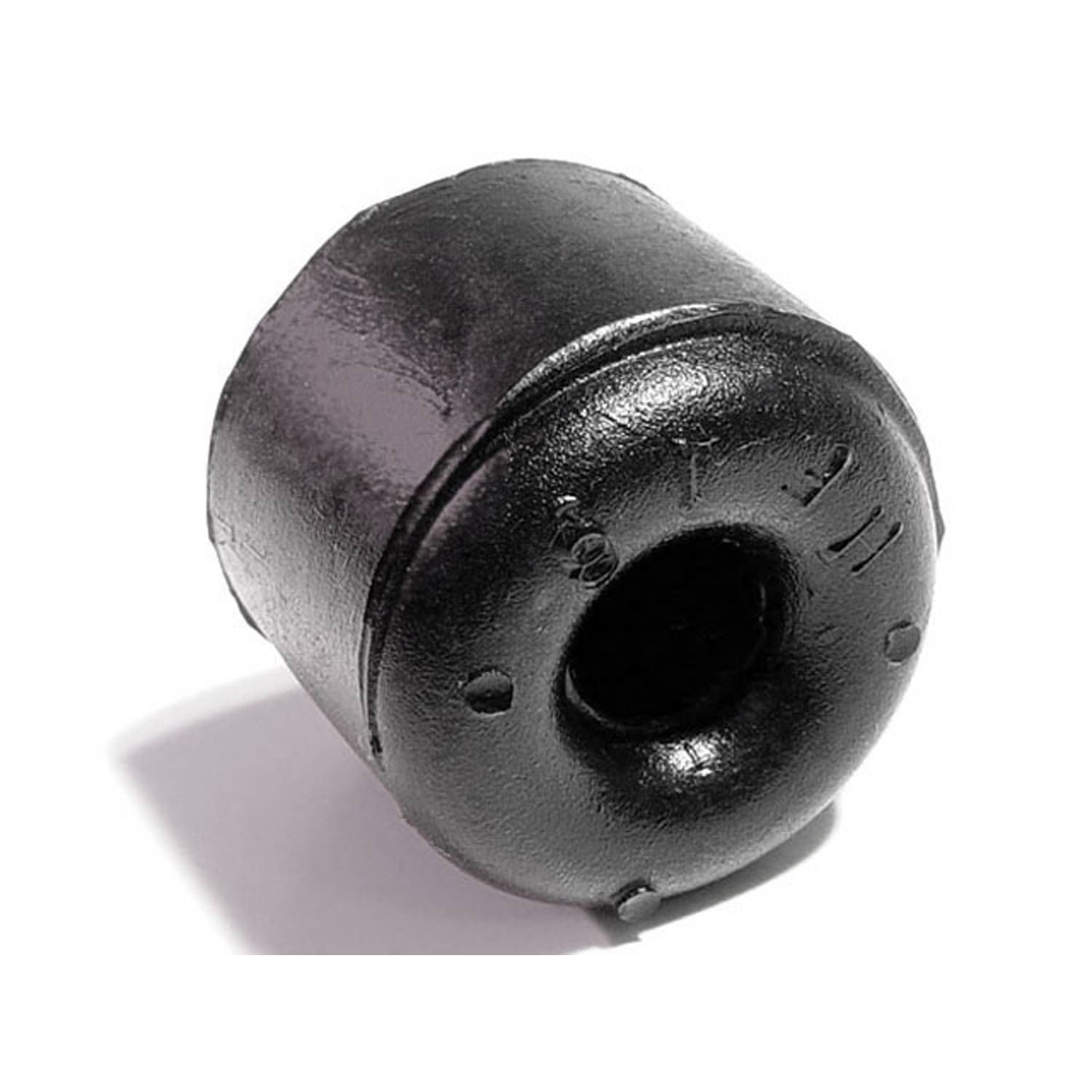 1941 Buick Roadmaster Series 70 Door and Hood Bumper. 1" diameter X 7/8" thick. Each-HF 16Door and Hood Bumper. 1" diameter X 7/8" thick. Each
1941 Buick Roadmaster Series 70 Door and Hood Bumper. 1" diameter X 7/8" thick. Each-HF 16Door and Hood Bumper. 1" diameter X 7/8" thick. Each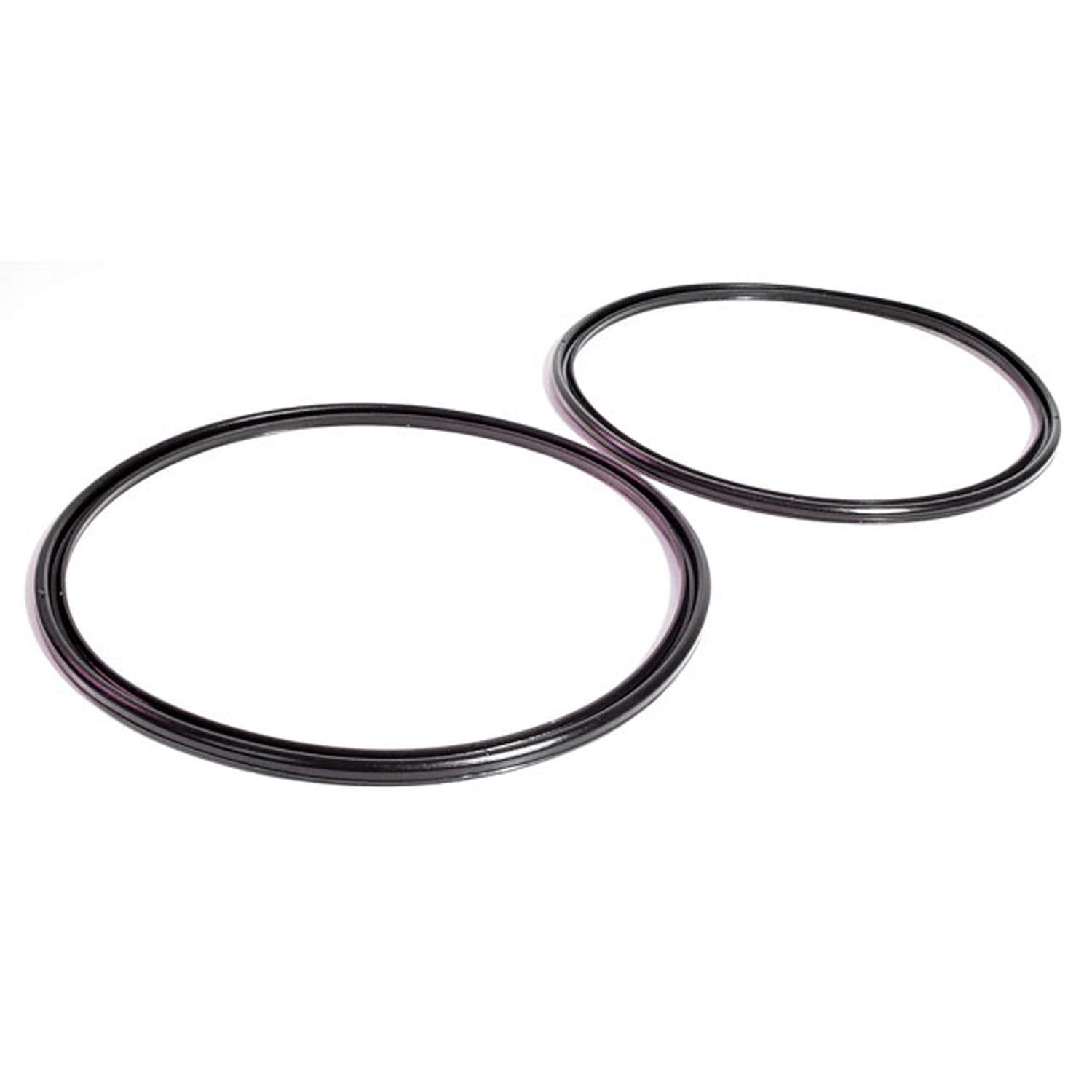 1941 Buick Roadmaster Series 70 Trim Ring Lens Seals. Rubber. 7-3/4" O.D., 7-1/8" I.D-HR 10Trim Ring Lens Seals. Rubber. 7-3/4" O.D., 7-1/8" I.D. Pair
1941 Buick Roadmaster Series 70 Trim Ring Lens Seals. Rubber. 7-3/4" O.D., 7-1/8" I.D-HR 10Trim Ring Lens Seals. Rubber. 7-3/4" O.D., 7-1/8" I.D. Pair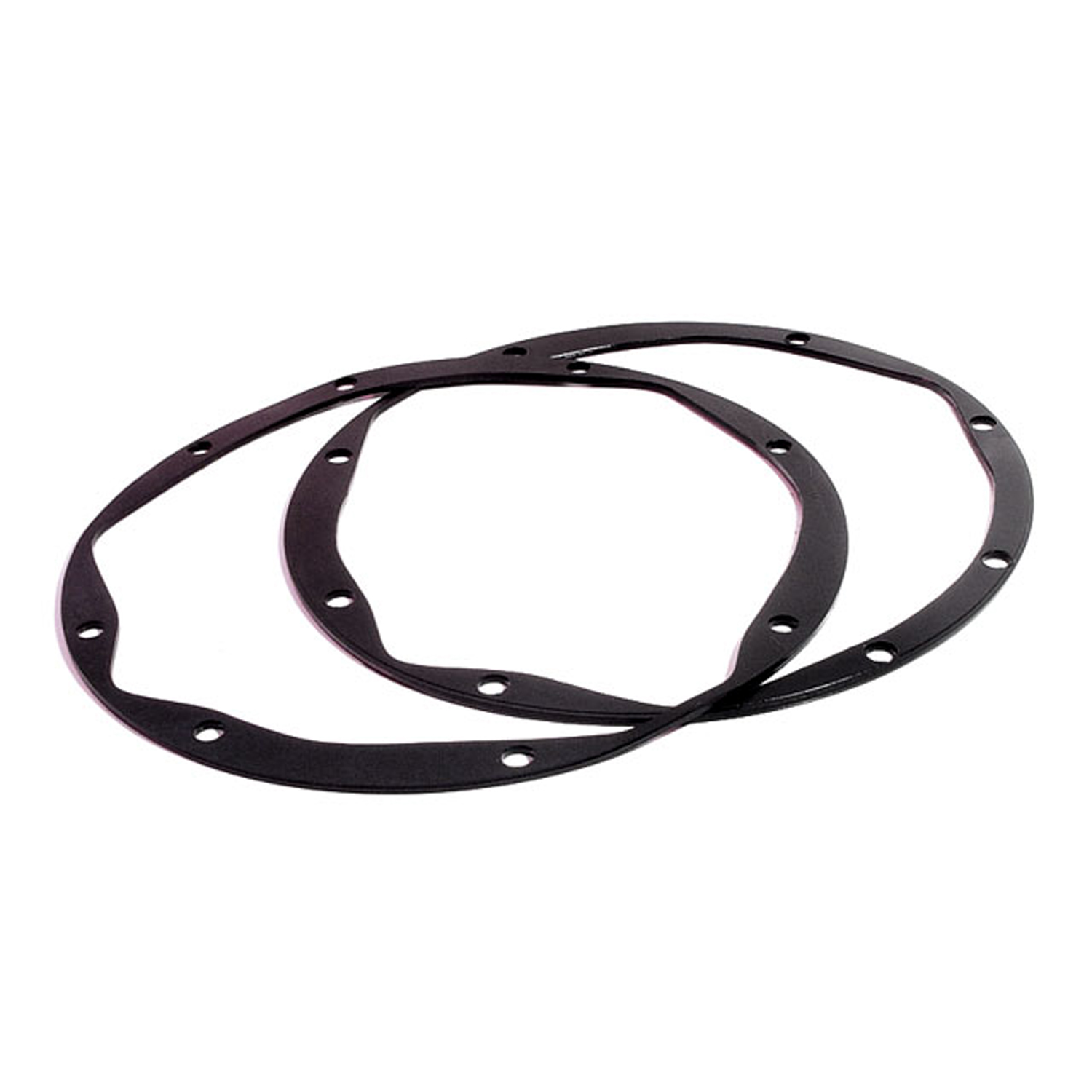 1941 Buick Roadmaster Series 70 Headlight Assembly Housing Pad. 8-3/8" O.D. Pair-HR 7Headlight Assembly Housing Pad. 8-3/8" O.D. Pair
1941 Buick Roadmaster Series 70 Headlight Assembly Housing Pad. 8-3/8" O.D. Pair-HR 7Headlight Assembly Housing Pad. 8-3/8" O.D. Pair 1941 Buick Roadmaster Series 70 Windshield and Rear Window Channel. Used with 1/4" glass-LP 105Windshield and Rear Window Channel. Used with 1/4" glass. Fits some models. Sold by the foot
1941 Buick Roadmaster Series 70 Windshield and Rear Window Channel. Used with 1/4" glass-LP 105Windshield and Rear Window Channel. Used with 1/4" glass. Fits some models. Sold by the foot 1941 Buick Roadmaster Series 70 Windshield Pinchweld Seal for some models w/chrome garnish-LP 106Windshield Pinchweld Seal for some models w/chrome garnish. Used with LP 105, DP 10 & DP 11 (center division bar seals)to seal and retain outer chrome garnish. Sold by the foot
1941 Buick Roadmaster Series 70 Windshield Pinchweld Seal for some models w/chrome garnish-LP 106Windshield Pinchweld Seal for some models w/chrome garnish. Used with LP 105, DP 10 & DP 11 (center division bar seals)to seal and retain outer chrome garnish. Sold by the foot 1941 Buick Roadmaster Series 70 Door side seal. Same as LP 40-A, but for a heavier seal-LP 40Door side seal. Same as LP 40-A, but for a heavier seal. Fits many domestic passenger cars and trucks. Used in Cobra kit cars as trunk weatherstrip. Per foot.
1941 Buick Roadmaster Series 70 Door side seal. Same as LP 40-A, but for a heavier seal-LP 40Door side seal. Same as LP 40-A, but for a heavier seal. Fits many domestic passenger cars and trucks. Used in Cobra kit cars as trunk weatherstrip. Per foot.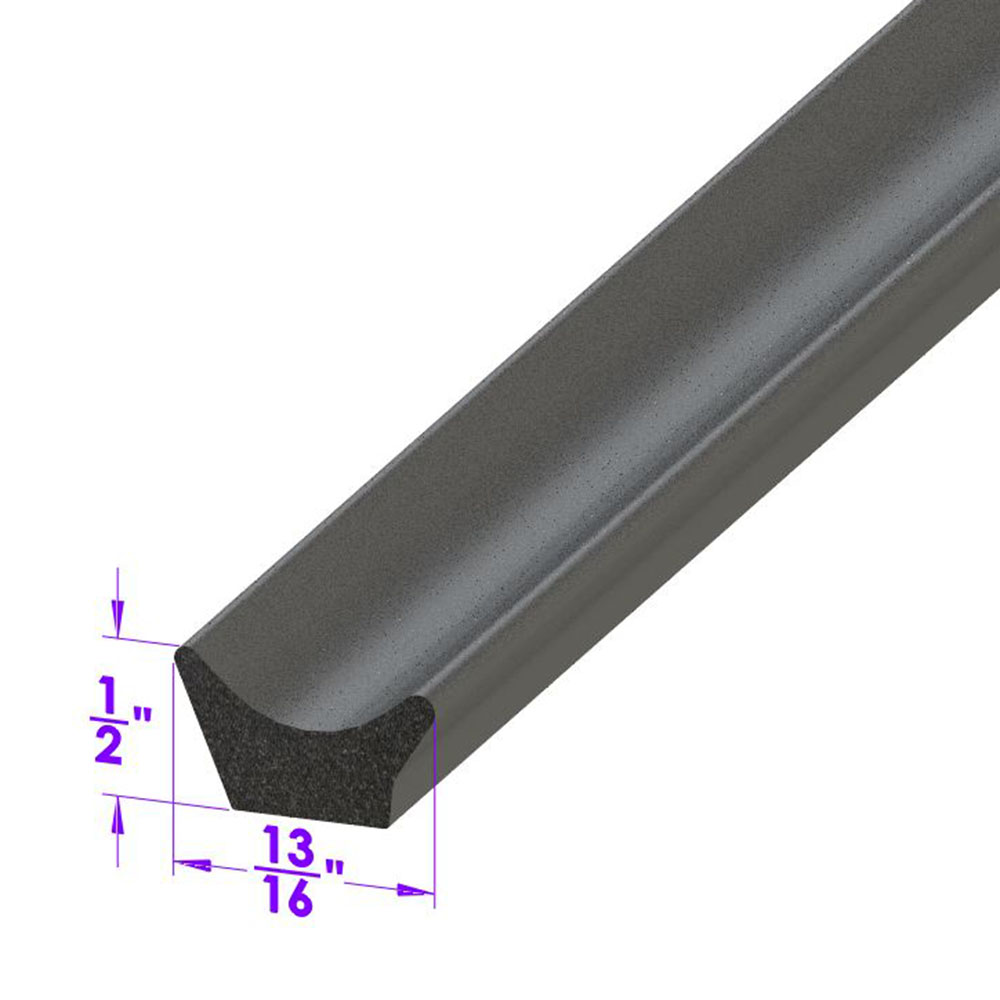 1941 Buick Roadmaster Series 70 Door side seal. Same as LP 40, but for a lighter seal-LP 40-ADoor side seal. Same as LP 40, but for a lighter seal. Fits many domestic passenger cars and trucks. Universal seal for street rods and customs. Used in Cobra kit cars as door weatherstrip. Per foot.
1941 Buick Roadmaster Series 70 Door side seal. Same as LP 40, but for a lighter seal-LP 40-ADoor side seal. Same as LP 40, but for a lighter seal. Fits many domestic passenger cars and trucks. Universal seal for street rods and customs. Used in Cobra kit cars as door weatherstrip. Per foot.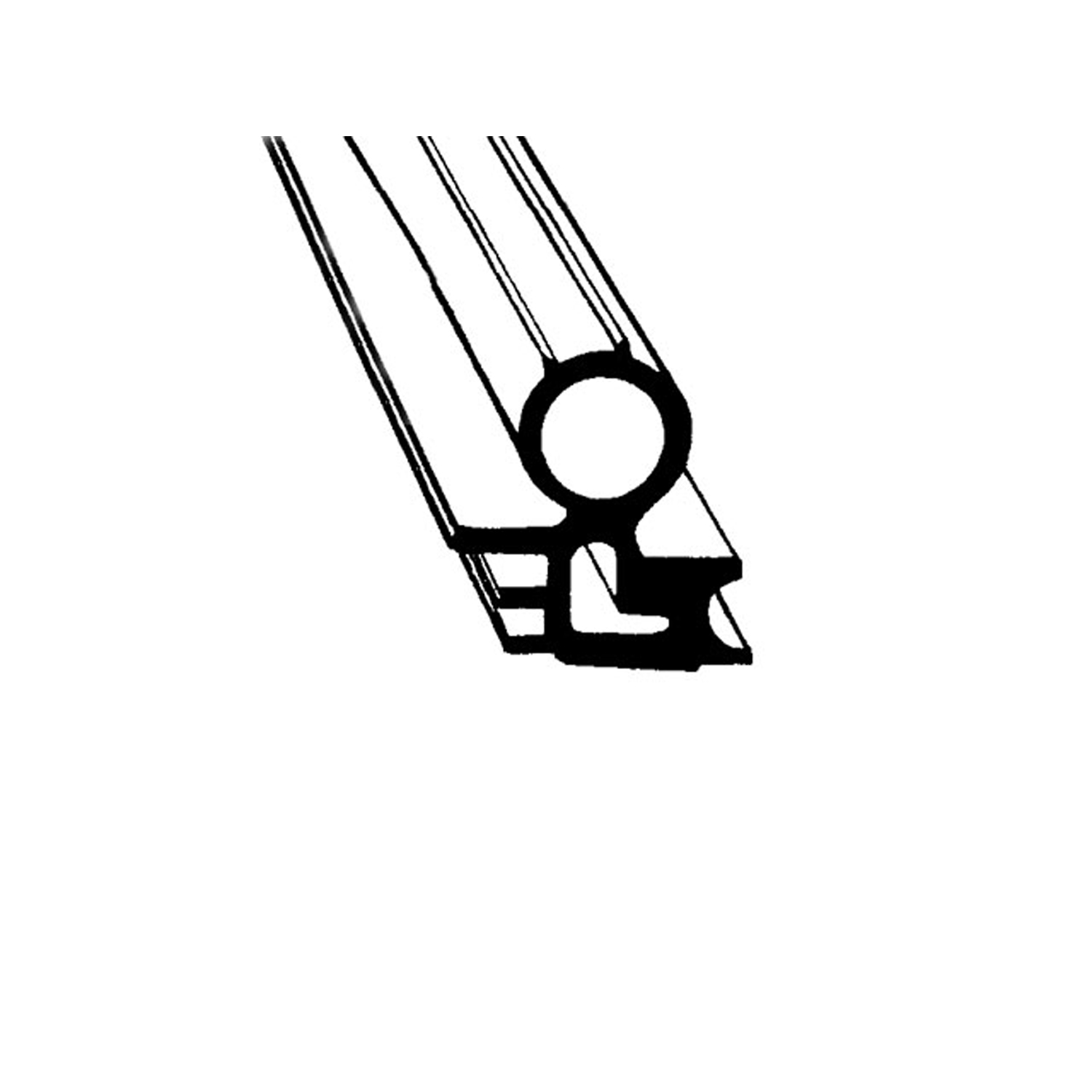 1941 Buick Roadmaster Series 70 Trunk Seal. Sponge rubber. Sold by the foot.-LP 96-/FTTrunk Seal. Sponge rubber. Sold by the foot.
1941 Buick Roadmaster Series 70 Trunk Seal. Sponge rubber. Sold by the foot.-LP 96-/FTTrunk Seal. Sponge rubber. Sold by the foot.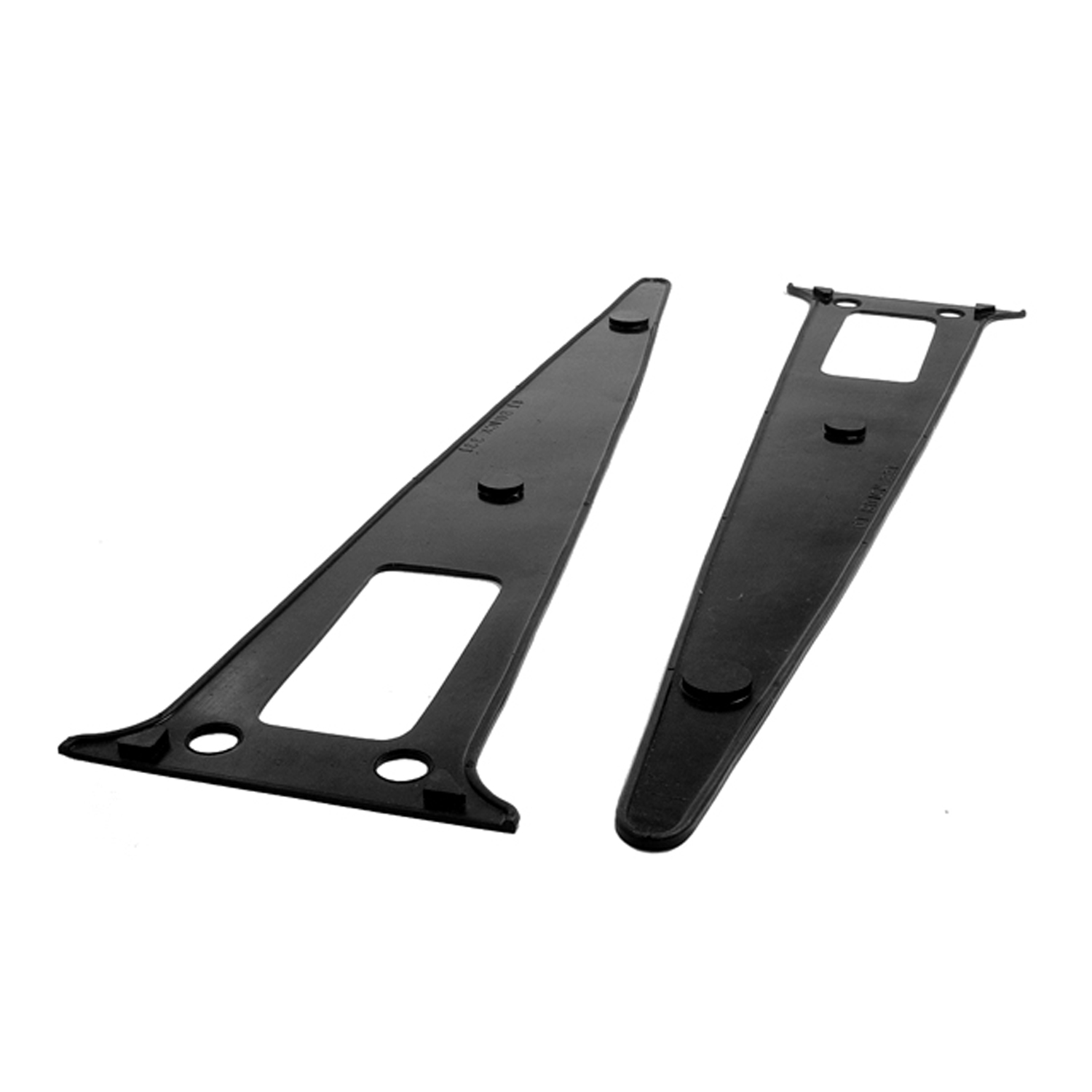 1941 Buick Roadmaster Series 70 Fender Light Pads. 4-1/2" wide X 19" long. Pair-MP 331Fender Light Pads. 4-1/2" wide X 19" long. Pair
1941 Buick Roadmaster Series 70 Fender Light Pads. 4-1/2" wide X 19" long. Pair-MP 331Fender Light Pads. 4-1/2" wide X 19" long. Pair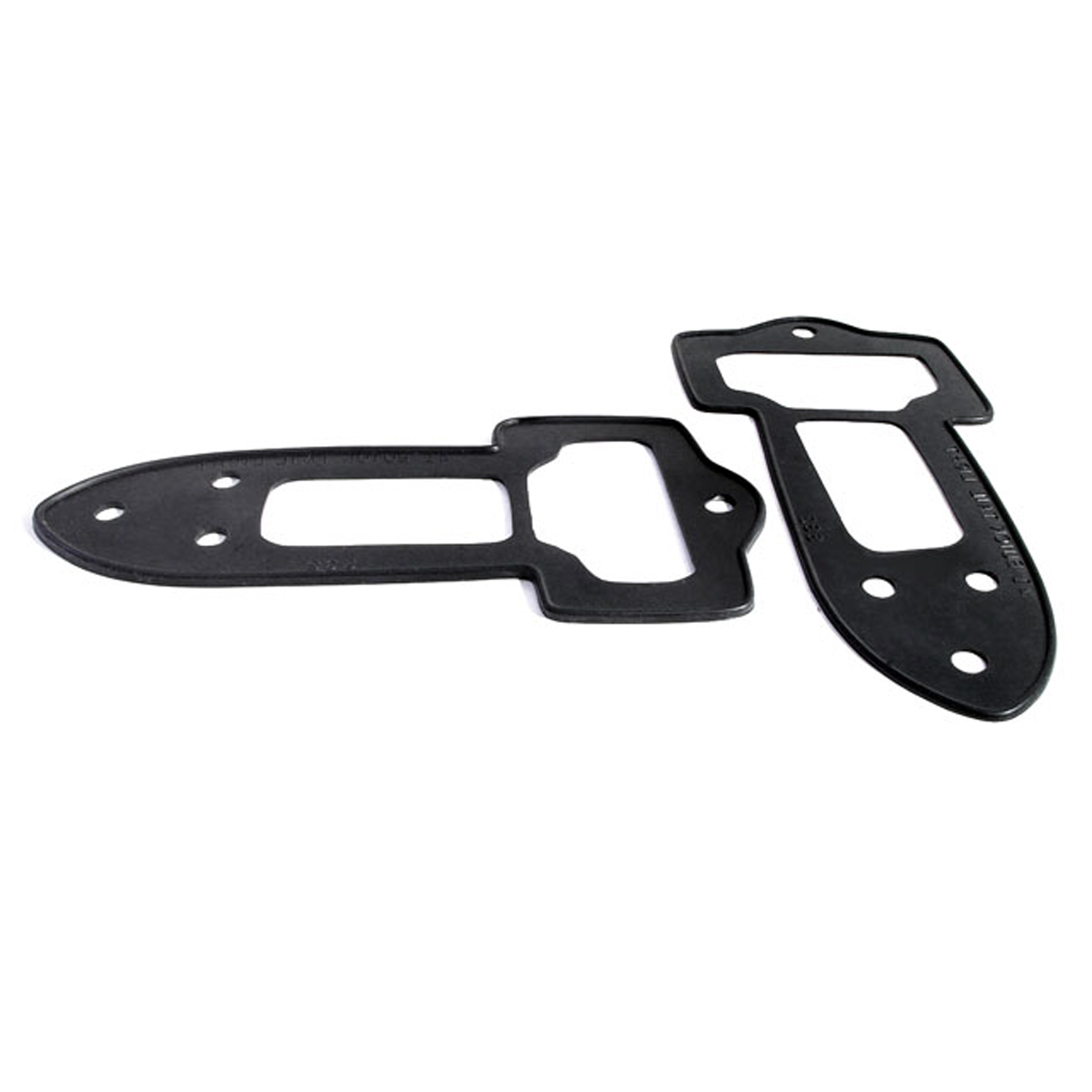 1941 Buick Roadmaster Series 70 Tail-light Pads (fits some models)-MP 332Tail-light Pads (fits some models). Overall length approximately 10". 4-3/4" wide X 10" long. Pair R&L
1941 Buick Roadmaster Series 70 Tail-light Pads (fits some models)-MP 332Tail-light Pads (fits some models). Overall length approximately 10". 4-3/4" wide X 10" long. Pair R&L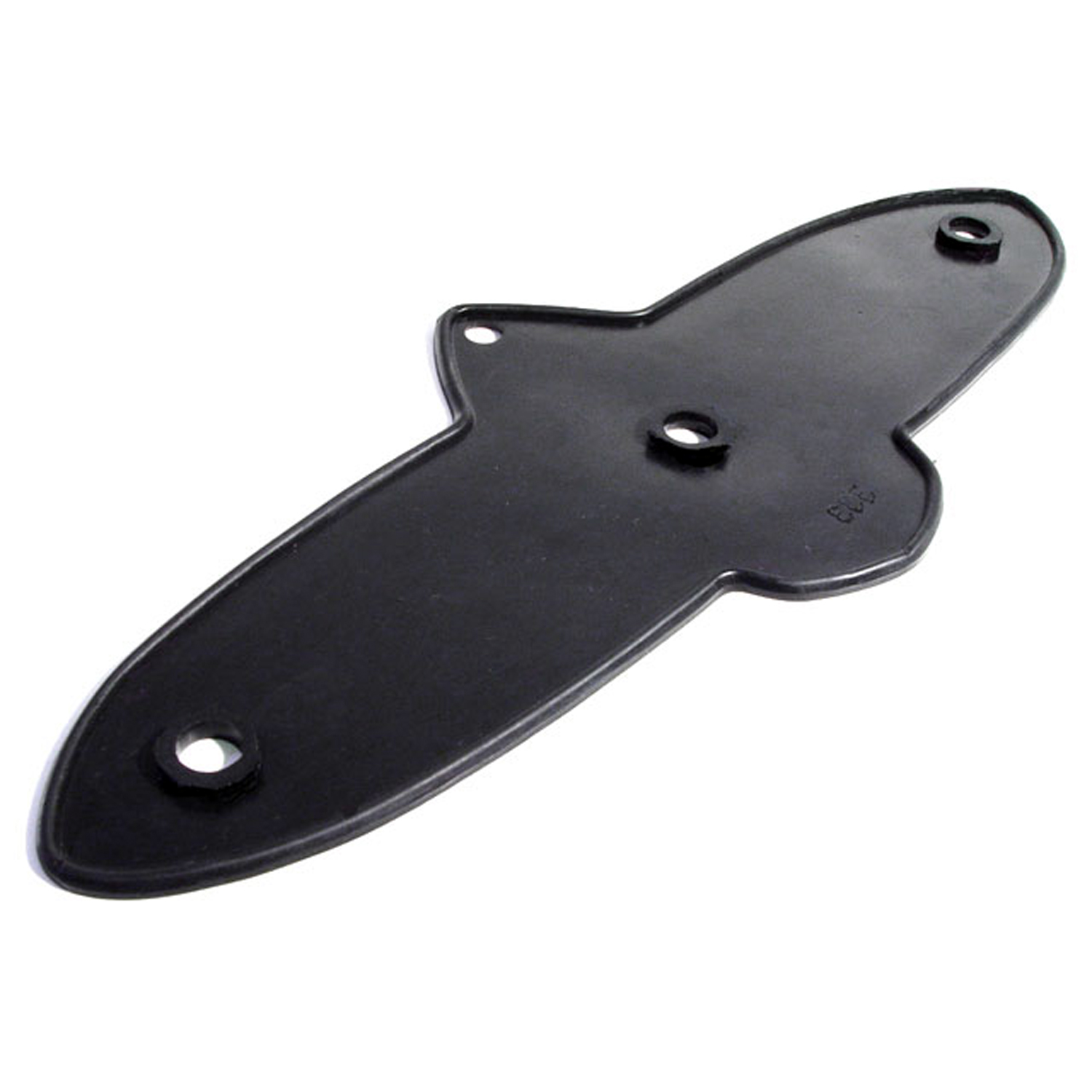 1941 Buick Roadmaster Series 70 Trunk Light Pad. 12" wide X 4-3/4" long. Each-MP 333Trunk Light Pad. 12" wide X 4-3/4" long. Each
1941 Buick Roadmaster Series 70 Trunk Light Pad. 12" wide X 4-3/4" long. Each-MP 333Trunk Light Pad. 12" wide X 4-3/4" long. Each 1941 Buick Roadmaster Series 70 Antenna Pad. For all models with roof antennas. 1-3/4" O.D-MP 336-FAntenna Pad. For all models with roof antennas. 1-3/4" O.D. Each
1941 Buick Roadmaster Series 70 Antenna Pad. For all models with roof antennas. 1-3/4" O.D-MP 336-FAntenna Pad. For all models with roof antennas. 1-3/4" O.D. Each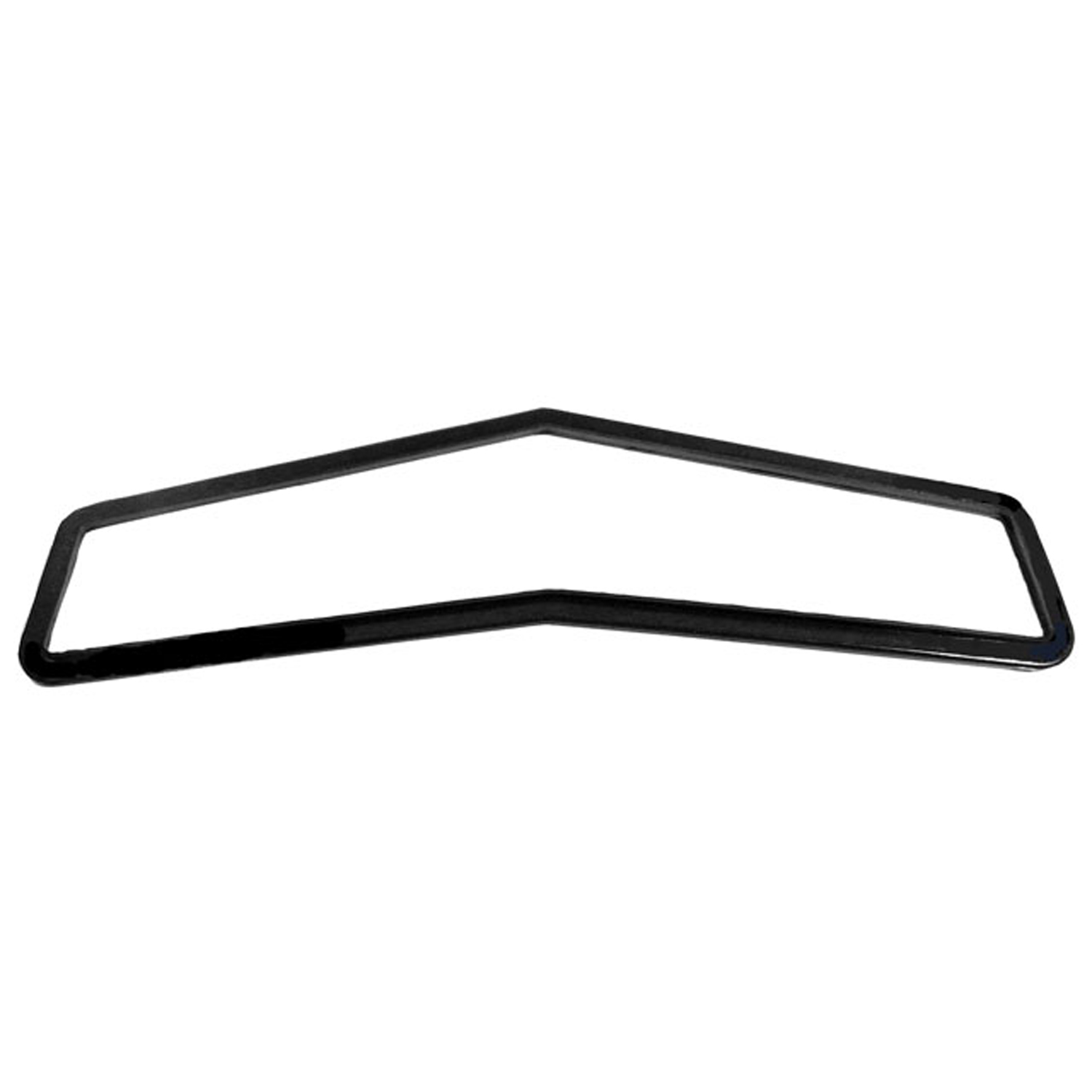 1941 Buick Roadmaster Series 70 Cowl Vent Seal. 3" wide at side X 15-3/4" long. Each-RP 100-BCowl Vent Seal. 3" wide at side X 15-3/4" long. Each
1941 Buick Roadmaster Series 70 Cowl Vent Seal. 3" wide at side X 15-3/4" long. Each-RP 100-BCowl Vent Seal. 3" wide at side X 15-3/4" long. Each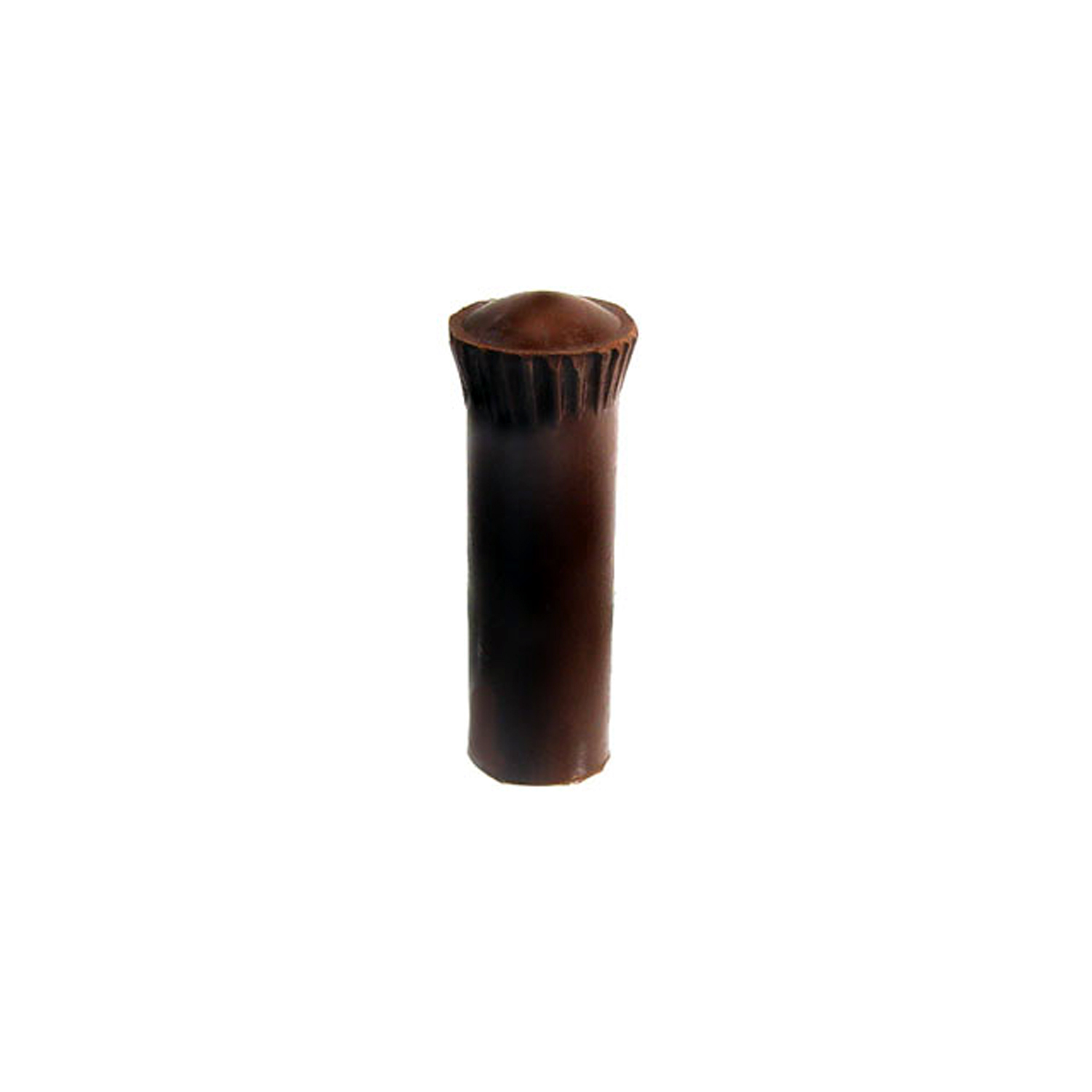 1941 Buick Roadmaster Series 70 Door Lock Knob. Brown. 1/2" diameter X 1" long X 1/8" hole-RP 303Door Lock Knob. Brown. 1/2" diameter X 1" long X 1/8" hole. Each
1941 Buick Roadmaster Series 70 Door Lock Knob. Brown. 1/2" diameter X 1" long X 1/8" hole-RP 303Door Lock Knob. Brown. 1/2" diameter X 1" long X 1/8" hole. Each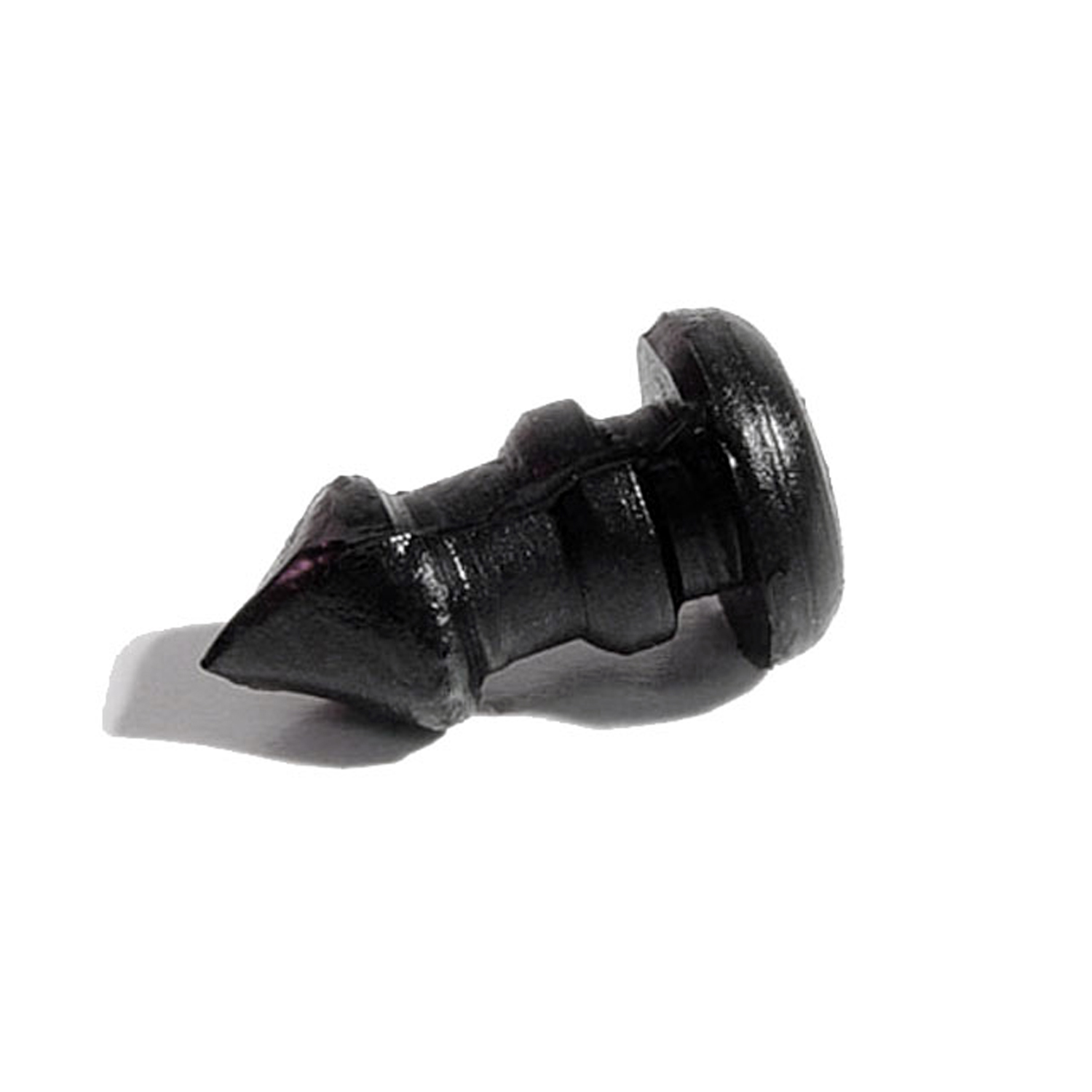 1941 Buick Roadmaster Series 70 Sun Visor End Tube Plug. Black. Each-RP 303-DSun Visor End Tube Plug. Black. Each
1941 Buick Roadmaster Series 70 Sun Visor End Tube Plug. Black. Each-RP 303-DSun Visor End Tube Plug. Black. Each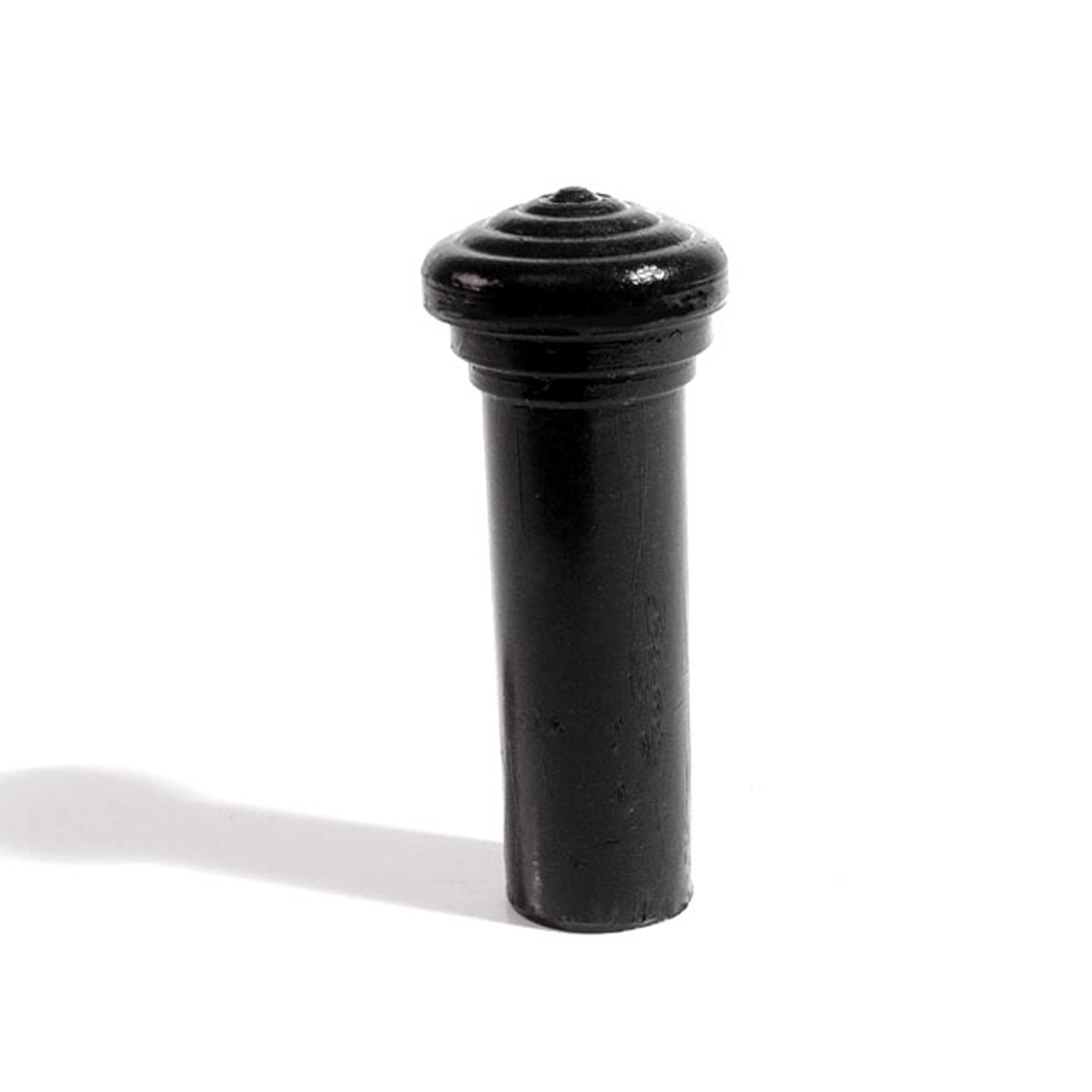 1941 Buick Roadmaster Series 70 Door Lock Knob. Made of Black rubber, self-threading-RP 304-ADoor Lock Knob. Made of Black rubber, self-threading. 1-3/8" tall with 1/8" lower I.D., 3/8" lower O.D. Each
1941 Buick Roadmaster Series 70 Door Lock Knob. Made of Black rubber, self-threading-RP 304-ADoor Lock Knob. Made of Black rubber, self-threading. 1-3/8" tall with 1/8" lower I.D., 3/8" lower O.D. Each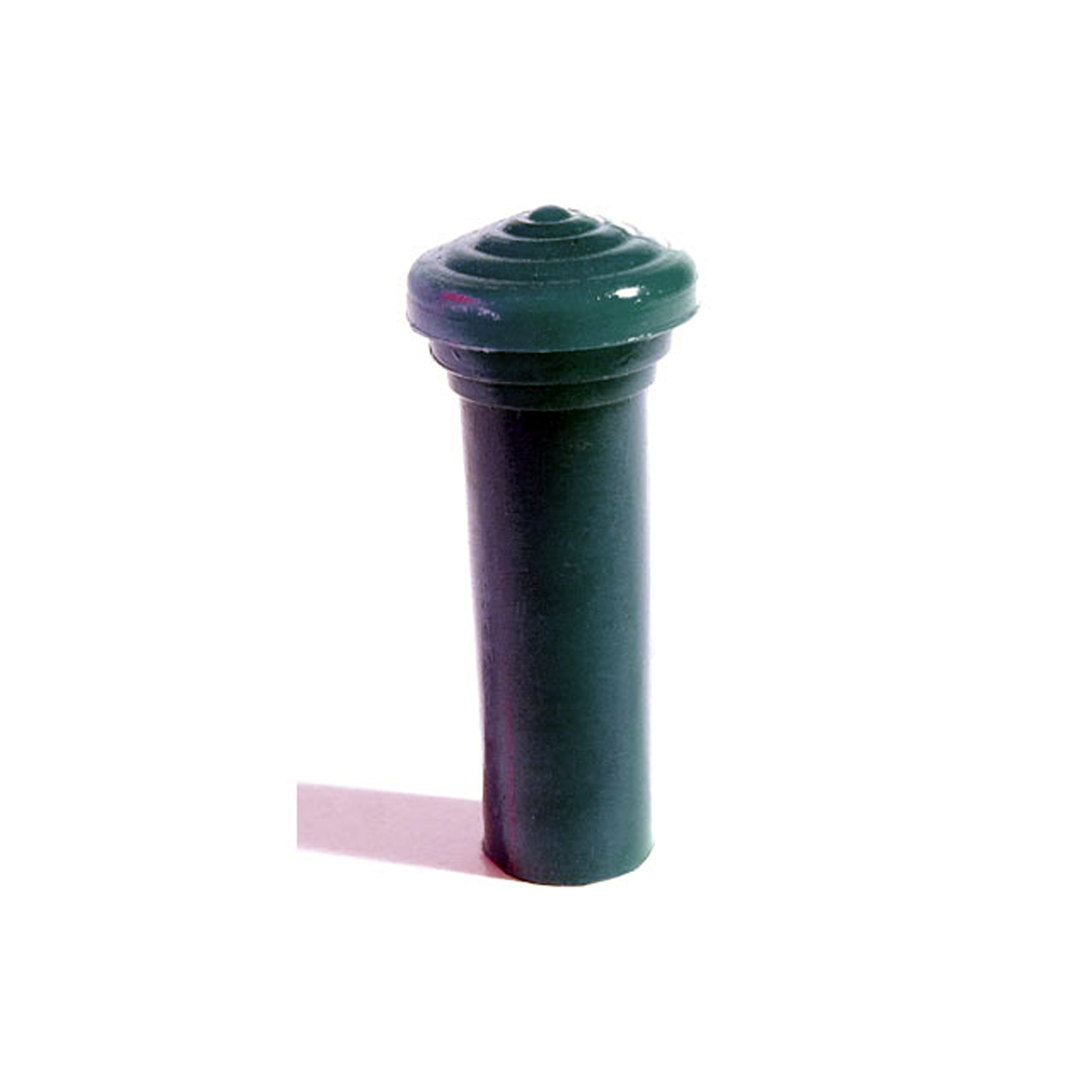 1941 Buick Roadmaster Series 70 Door Lock Knob. Made of Slate Blue rubber, self-threading-RP 304-CDoor Lock Knob. Made of Slate Blue rubber, self-threading. 1-3/8" tall with 1/8" lower I.D., 3/8" lower O.D. Each
1941 Buick Roadmaster Series 70 Door Lock Knob. Made of Slate Blue rubber, self-threading-RP 304-CDoor Lock Knob. Made of Slate Blue rubber, self-threading. 1-3/8" tall with 1/8" lower I.D., 3/8" lower O.D. Each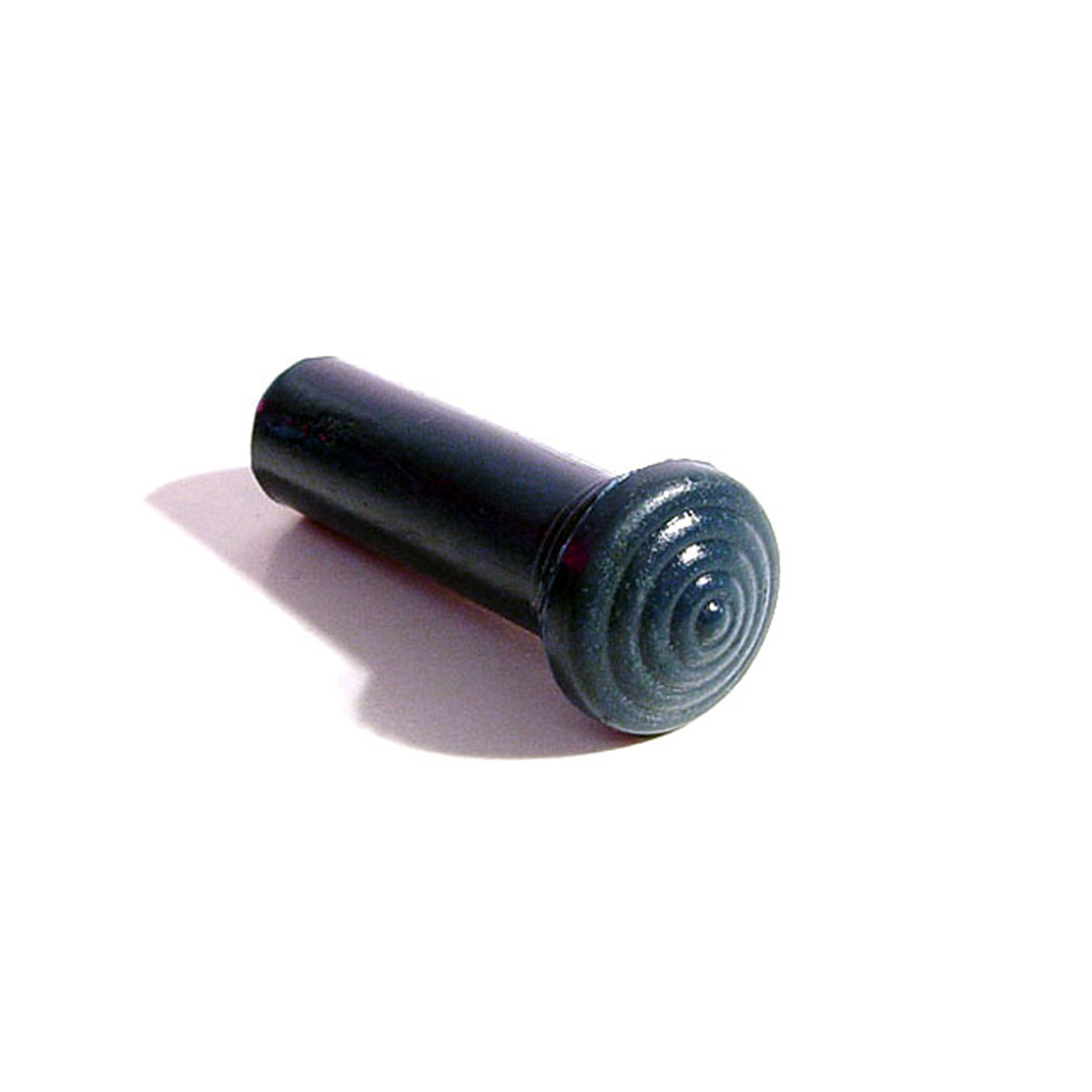 1941 Buick Roadmaster Series 70 Door Lock Knob. Made of Navy Blue rubber, self-threading-RP 304-DDoor Lock Knob. Made of Navy Blue rubber, self-threading. 1-3/8" tall with 1/8" lower I.D., 3/8" lower O.D. Each
1941 Buick Roadmaster Series 70 Door Lock Knob. Made of Navy Blue rubber, self-threading-RP 304-DDoor Lock Knob. Made of Navy Blue rubber, self-threading. 1-3/8" tall with 1/8" lower I.D., 3/8" lower O.D. Each 1941 Buick Roadmaster Series 70 Door Lock Knob. Made of Silver Blue rubber, self-threading-RP 304-EDoor Lock Knob. Made of Silver Blue rubber, self-threading. 1-3/8" tall with 1/8" lower I.D., 3/8" lower O.D. Each
1941 Buick Roadmaster Series 70 Door Lock Knob. Made of Silver Blue rubber, self-threading-RP 304-EDoor Lock Knob. Made of Silver Blue rubber, self-threading. 1-3/8" tall with 1/8" lower I.D., 3/8" lower O.D. Each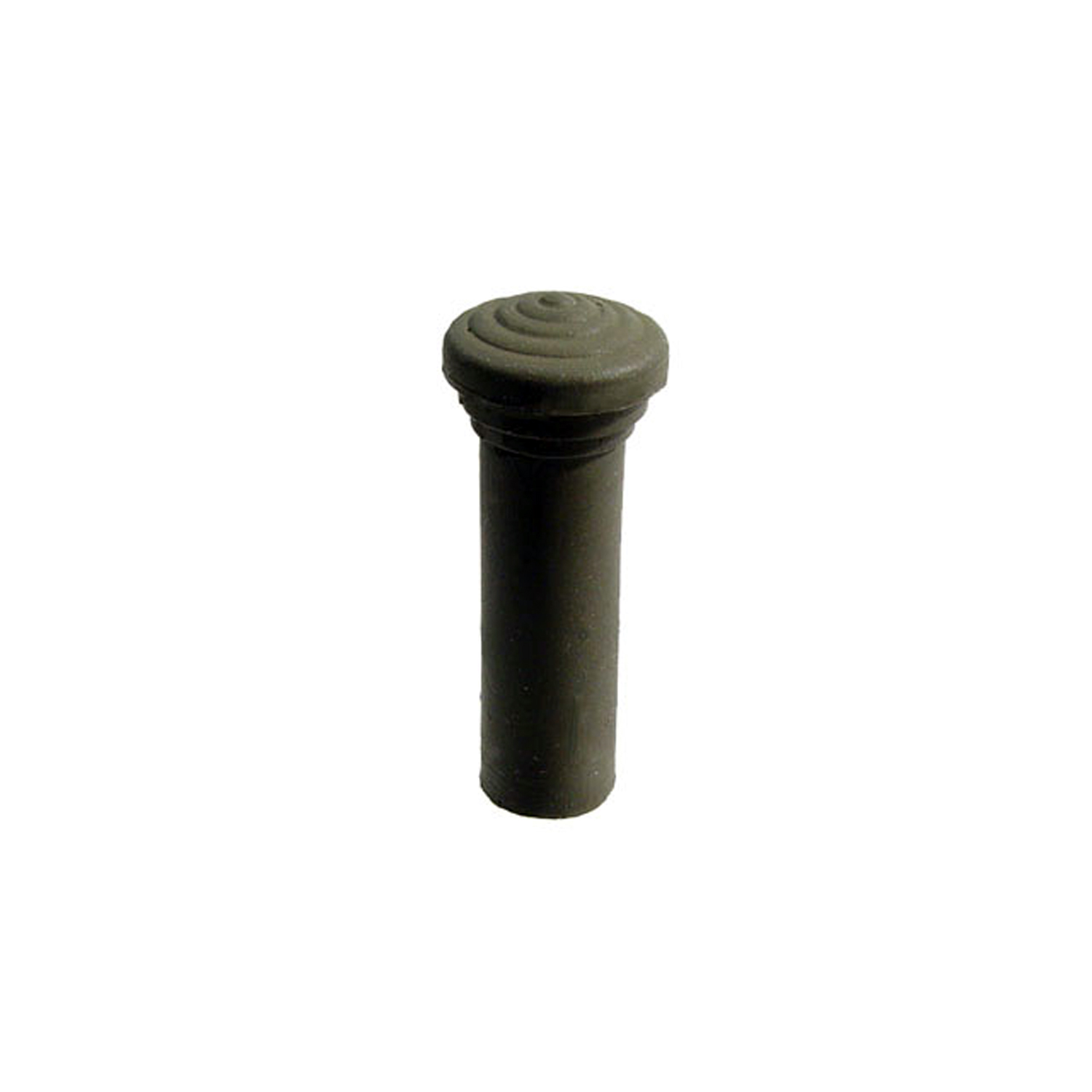 1941 Buick Roadmaster Series 70 Door Lock Knob. Made of Fawn colored rubber, self-threading-RP 304-FDoor Lock Knob. Made of Fawn colored rubber, self-threading. 1-3/8" tall with 1/8" lower I.D., 3/8" lower O.D. Each
1941 Buick Roadmaster Series 70 Door Lock Knob. Made of Fawn colored rubber, self-threading-RP 304-FDoor Lock Knob. Made of Fawn colored rubber, self-threading. 1-3/8" tall with 1/8" lower I.D., 3/8" lower O.D. Each 1941 Buick Roadmaster Series 70 Door Lock Knob. Made of Olive Green rubber, self-threading-RP 304-GDoor Lock Knob. Made of Olive Green rubber, self-threading. 1-3/8" tall with 1/8" lower I.D., 3/8" lower O.D. Each
1941 Buick Roadmaster Series 70 Door Lock Knob. Made of Olive Green rubber, self-threading-RP 304-GDoor Lock Knob. Made of Olive Green rubber, self-threading. 1-3/8" tall with 1/8" lower I.D., 3/8" lower O.D. Each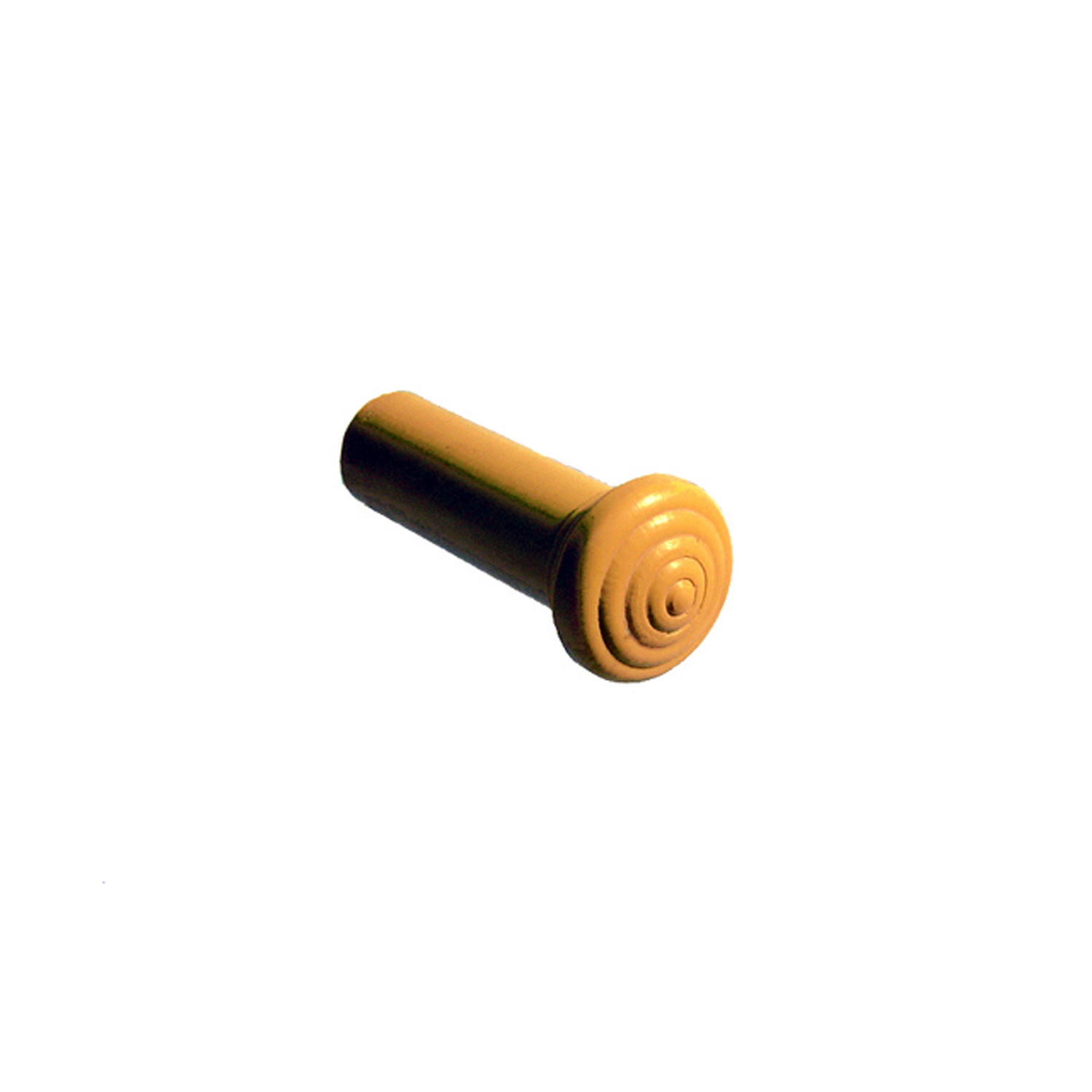 1941 Buick Roadmaster Series 70 Door Lock Knob. Made of Yellow rubber, self-threading-RP 304-HDoor Lock Knob. Made of Yellow rubber, self-threading. 1-3/8" tall with 1/8" lower I.D., 3/8" lower O.D. Each
1941 Buick Roadmaster Series 70 Door Lock Knob. Made of Yellow rubber, self-threading-RP 304-HDoor Lock Knob. Made of Yellow rubber, self-threading. 1-3/8" tall with 1/8" lower I.D., 3/8" lower O.D. Each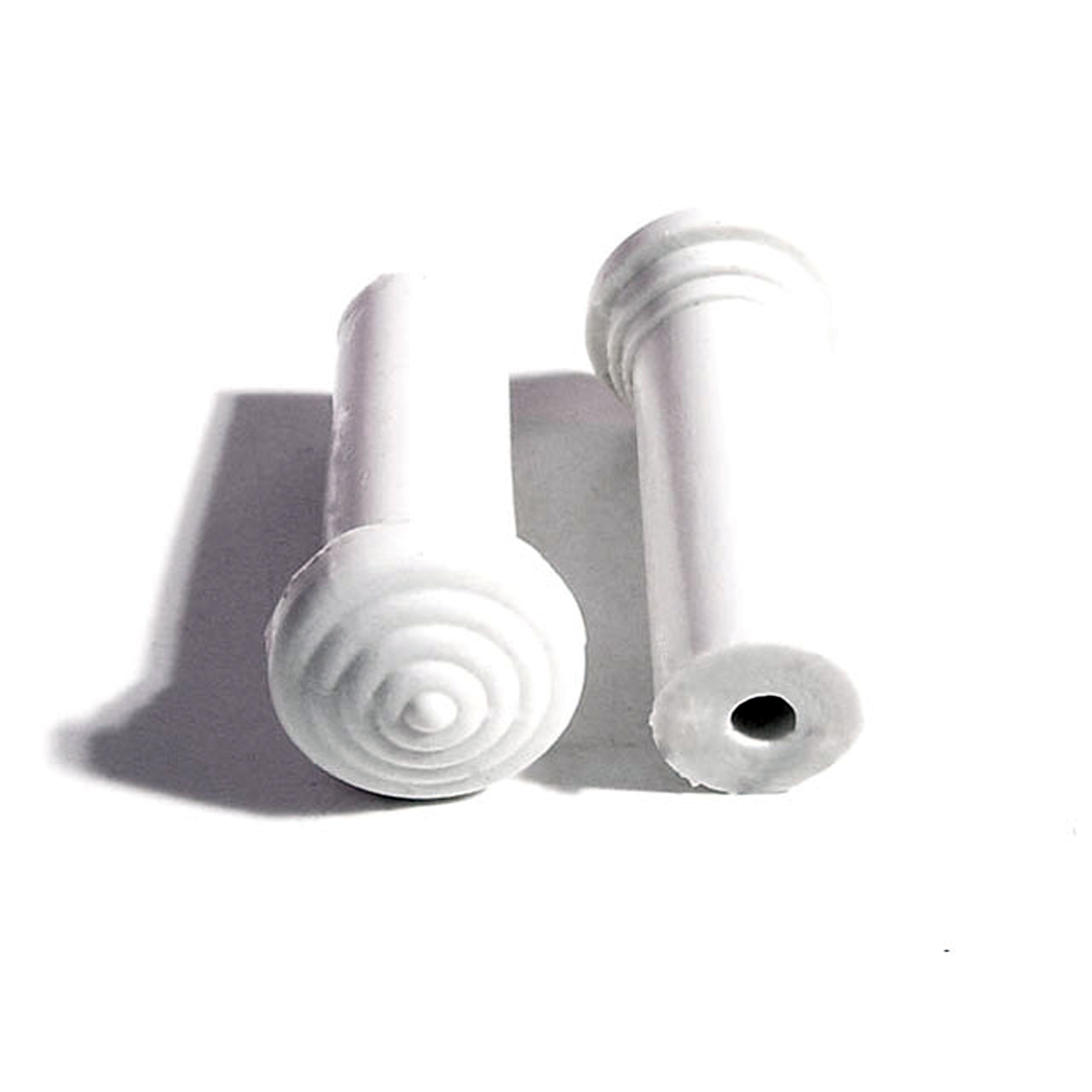 1941 Buick Roadmaster Series 70 Door Lock Knob. Made of White rubber, self-threading-RP 304-IDoor Lock Knob. Made of White rubber, self-threading. 1-3/8" tall with 1/8" lower I.D., 3/8" lower O.D. Each
1941 Buick Roadmaster Series 70 Door Lock Knob. Made of White rubber, self-threading-RP 304-IDoor Lock Knob. Made of White rubber, self-threading. 1-3/8" tall with 1/8" lower I.D., 3/8" lower O.D. Each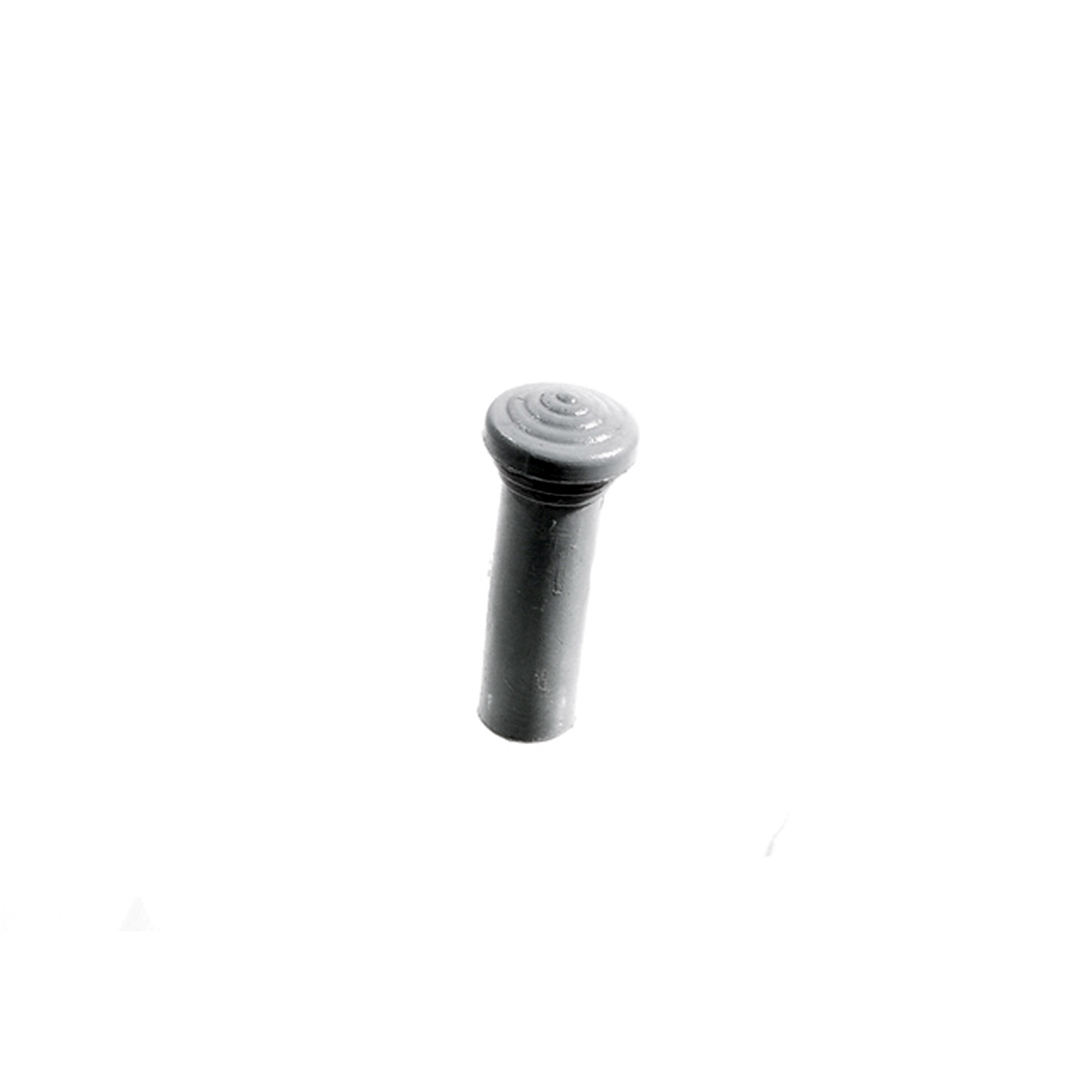 1941 Buick Roadmaster Series 70 Door Lock Knob. Made of Silver rubber, self-threading-RP 304-JDoor Lock Knob. Made of Silver rubber, self-threading. 1-3/8" tall with 1/8" lower I.D., 3/8" lower O.D. Each
1941 Buick Roadmaster Series 70 Door Lock Knob. Made of Silver rubber, self-threading-RP 304-JDoor Lock Knob. Made of Silver rubber, self-threading. 1-3/8" tall with 1/8" lower I.D., 3/8" lower O.D. Each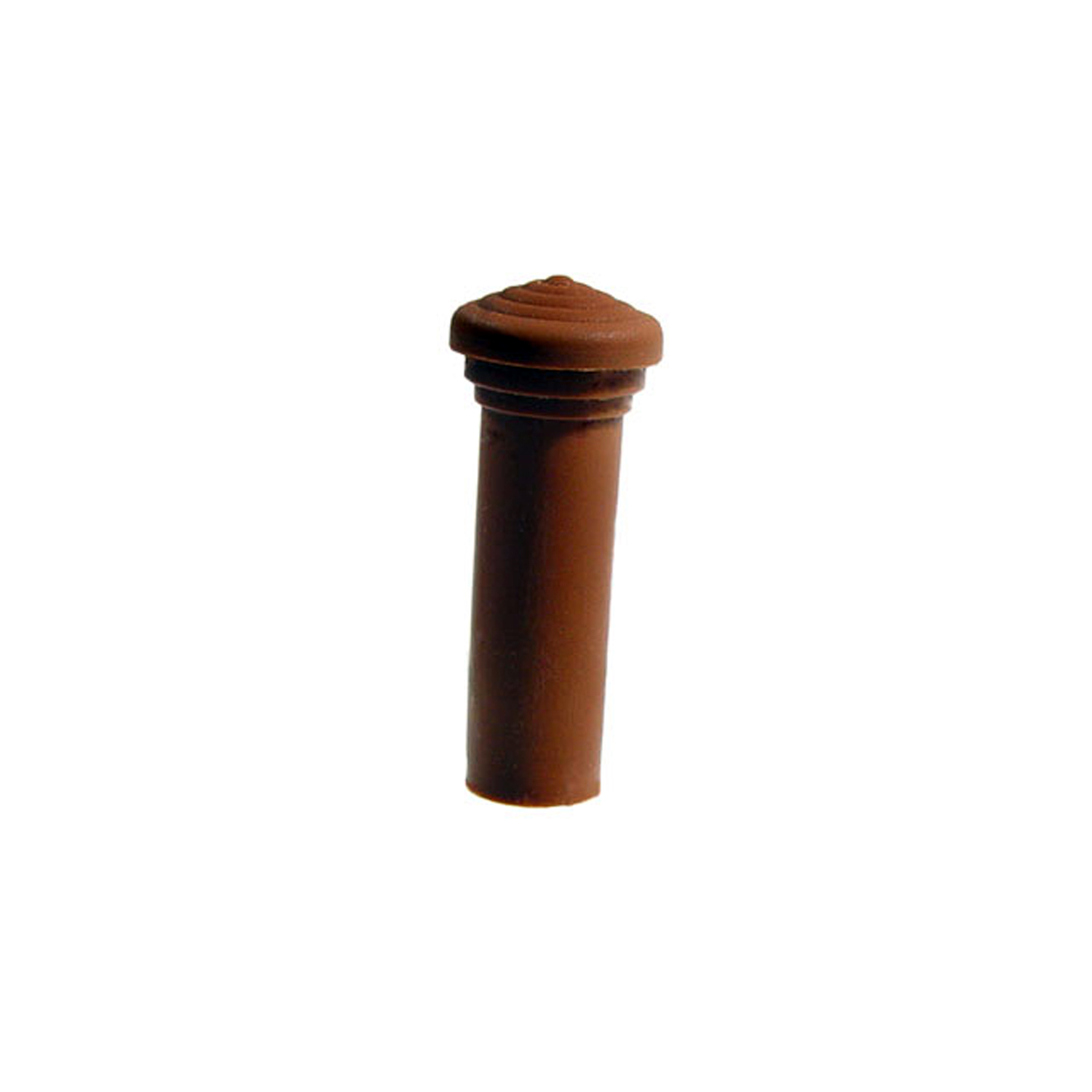 1941 Buick Roadmaster Series 70 Door Lock Knob. Made of Medium Brown rubber, self-threading-RP 304-KDoor Lock Knob. Made of Medium Brown rubber, self-threading. 1-3/8" tall with 1/8" lower I.D., 3/8" lower O.D. Each
1941 Buick Roadmaster Series 70 Door Lock Knob. Made of Medium Brown rubber, self-threading-RP 304-KDoor Lock Knob. Made of Medium Brown rubber, self-threading. 1-3/8" tall with 1/8" lower I.D., 3/8" lower O.D. Each 1941 Buick Roadmaster Series 70 Door Lock Knob. Made of Wedgwood rubber, self-threading-RP 304-LDoor Lock Knob. Made of Wedgwood rubber, self-threading. 1-3/8" tall with 1/8" lower I.D., 3/8" lower O.D. Each
1941 Buick Roadmaster Series 70 Door Lock Knob. Made of Wedgwood rubber, self-threading-RP 304-LDoor Lock Knob. Made of Wedgwood rubber, self-threading. 1-3/8" tall with 1/8" lower I.D., 3/8" lower O.D. Each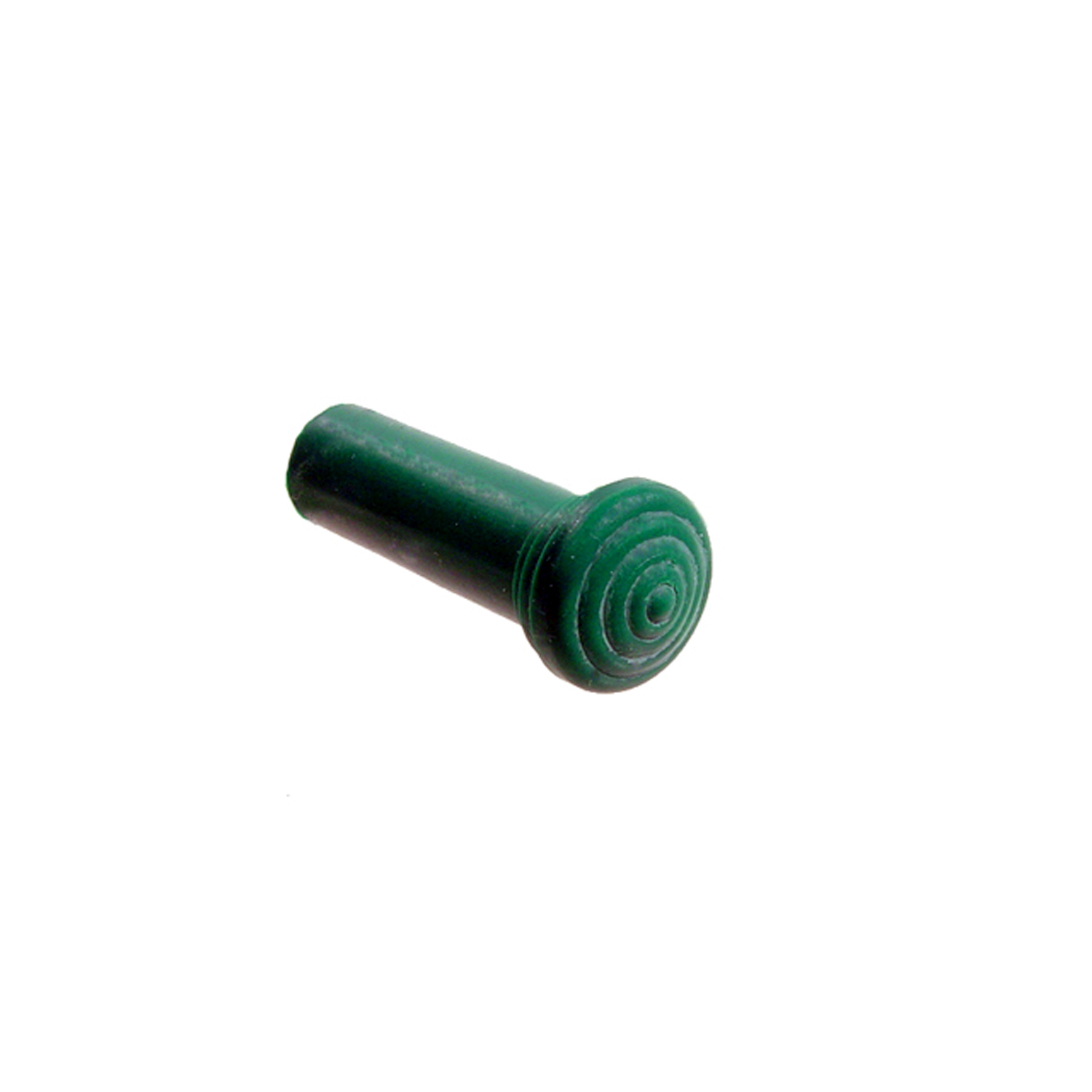 1941 Buick Roadmaster Series 70 Door Lock Knob. Made of Teal Green rubber, self-threading-RP 304-MDoor Lock Knob. Made of Teal Green rubber, self-threading. 1-3/8" tall with 1/8" lower I.D., 3/8" lower O.D. Each
1941 Buick Roadmaster Series 70 Door Lock Knob. Made of Teal Green rubber, self-threading-RP 304-MDoor Lock Knob. Made of Teal Green rubber, self-threading. 1-3/8" tall with 1/8" lower I.D., 3/8" lower O.D. Each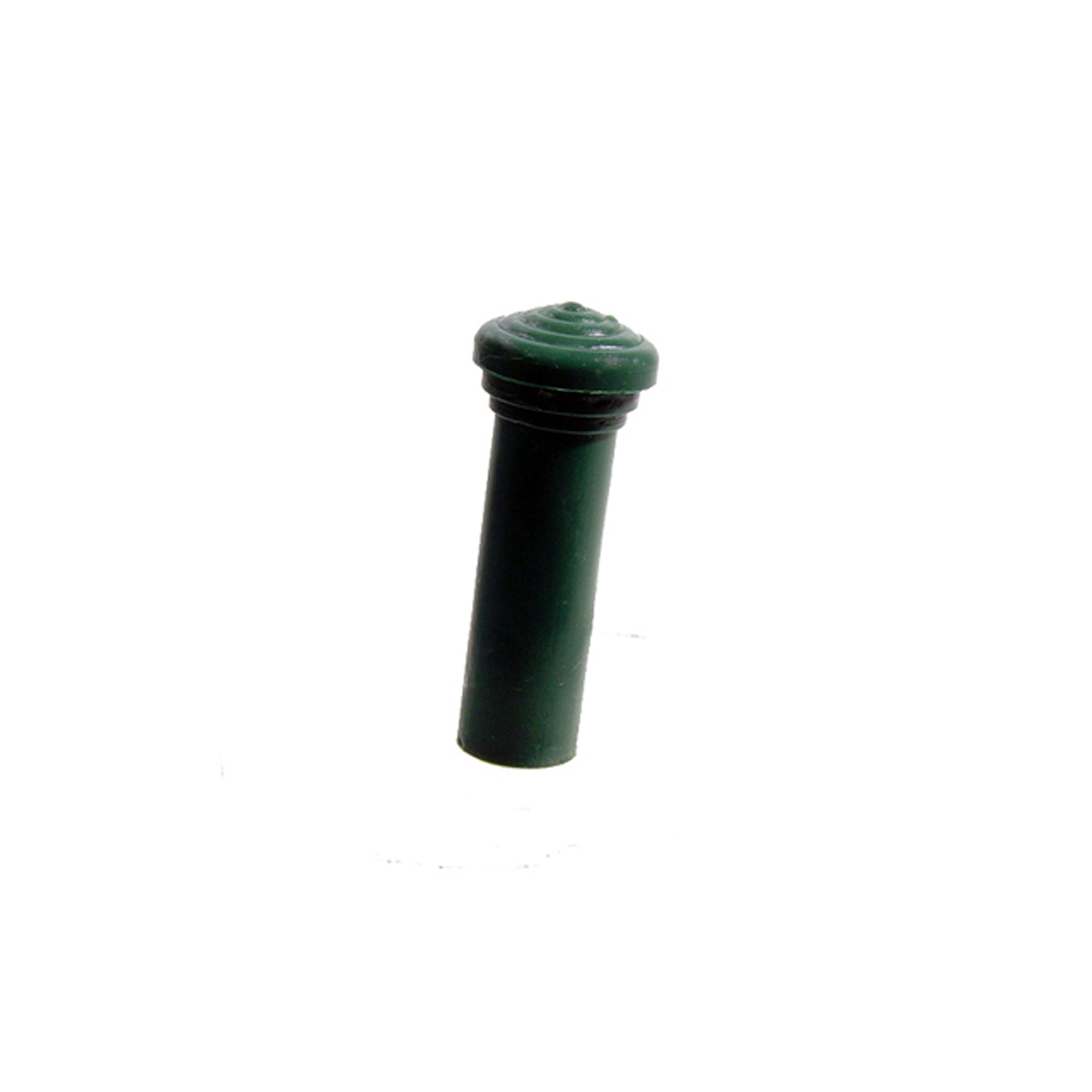 1941 Buick Roadmaster Series 70 Door Lock Knob. Made of Moss Green rubber, self-threading-RP 304-NDoor Lock Knob. Made of Moss Green rubber, self-threading. 1-3/8" tall with 1/8" lower I.D., 3/8" lower O.D. Each
1941 Buick Roadmaster Series 70 Door Lock Knob. Made of Moss Green rubber, self-threading-RP 304-NDoor Lock Knob. Made of Moss Green rubber, self-threading. 1-3/8" tall with 1/8" lower I.D., 3/8" lower O.D. Each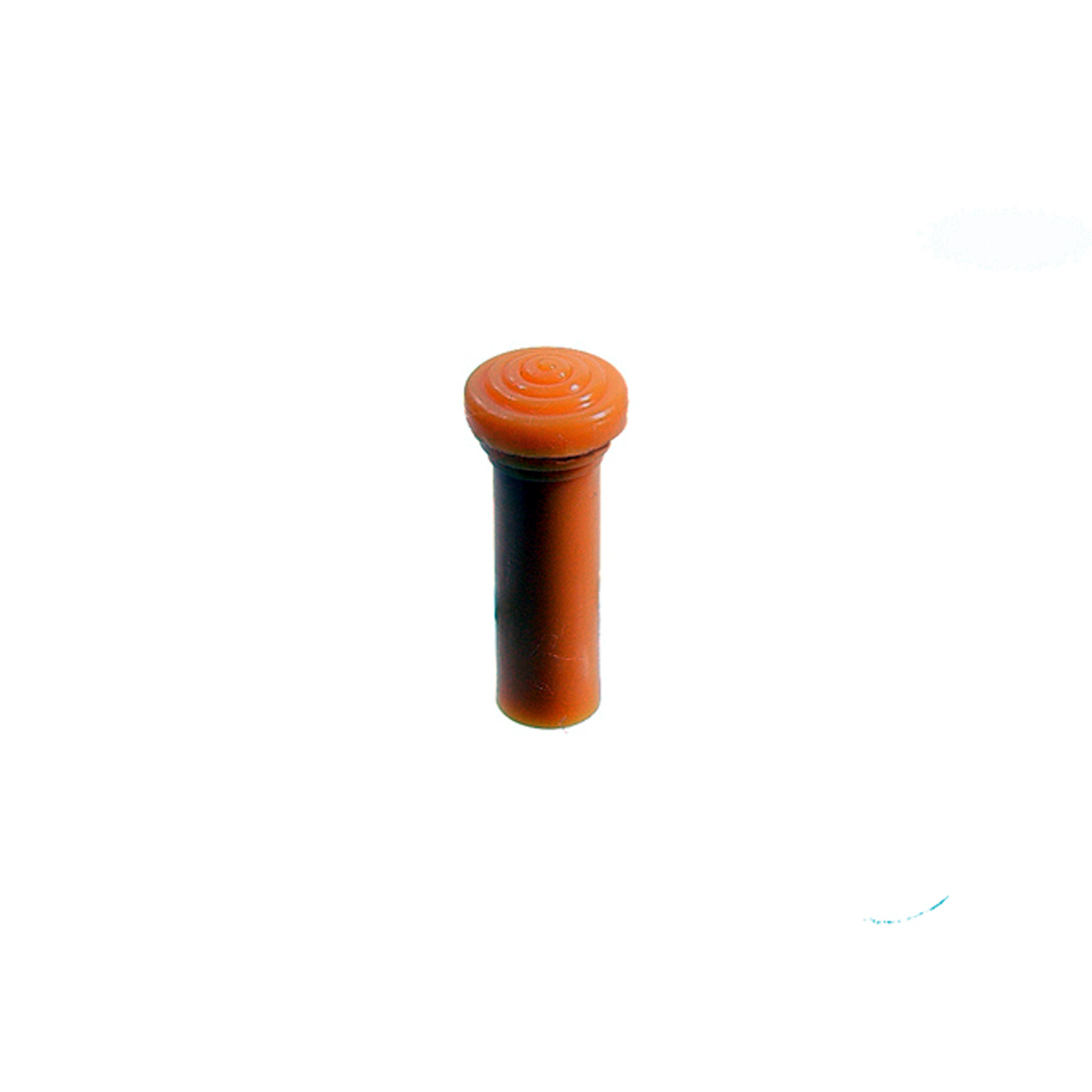 1941 Buick Roadmaster Series 70 Door Lock Knob. Made of Ember glow rubber, self-threading-RP 304-ODoor Lock Knob. Made of Ember glow rubber, self-threading. 1-3/8" tall with 1/8" lower I.D., 3/8" lower O.D. Each
1941 Buick Roadmaster Series 70 Door Lock Knob. Made of Ember glow rubber, self-threading-RP 304-ODoor Lock Knob. Made of Ember glow rubber, self-threading. 1-3/8" tall with 1/8" lower I.D., 3/8" lower O.D. Each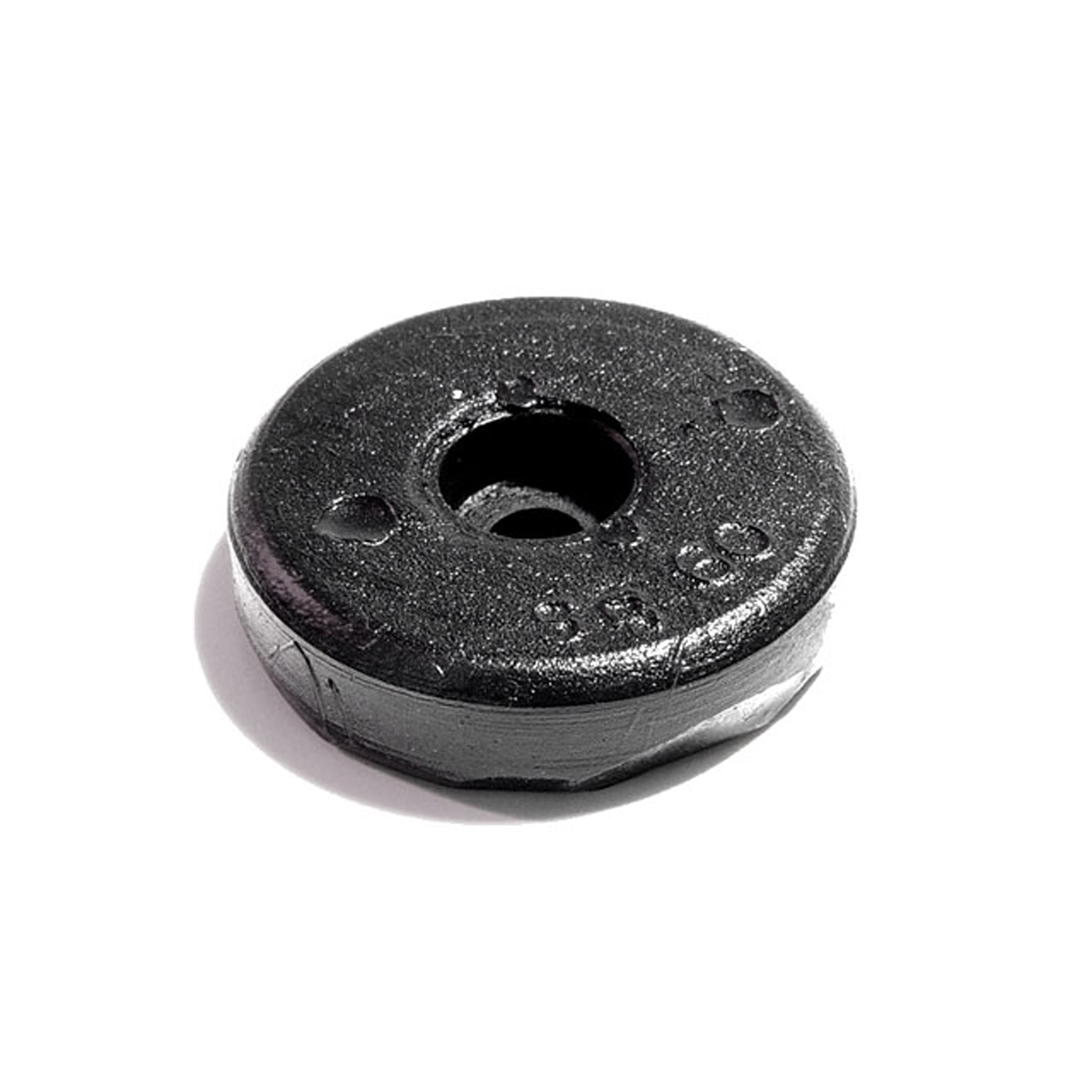 1941 Buick Roadmaster Series 70 Door Bumper. 1" diameter X 1/4" thick Each-SB 60Door Bumper. 1" diameter X 1/4" thick Each
1941 Buick Roadmaster Series 70 Door Bumper. 1" diameter X 1/4" thick Each-SB 60Door Bumper. 1" diameter X 1/4" thick Each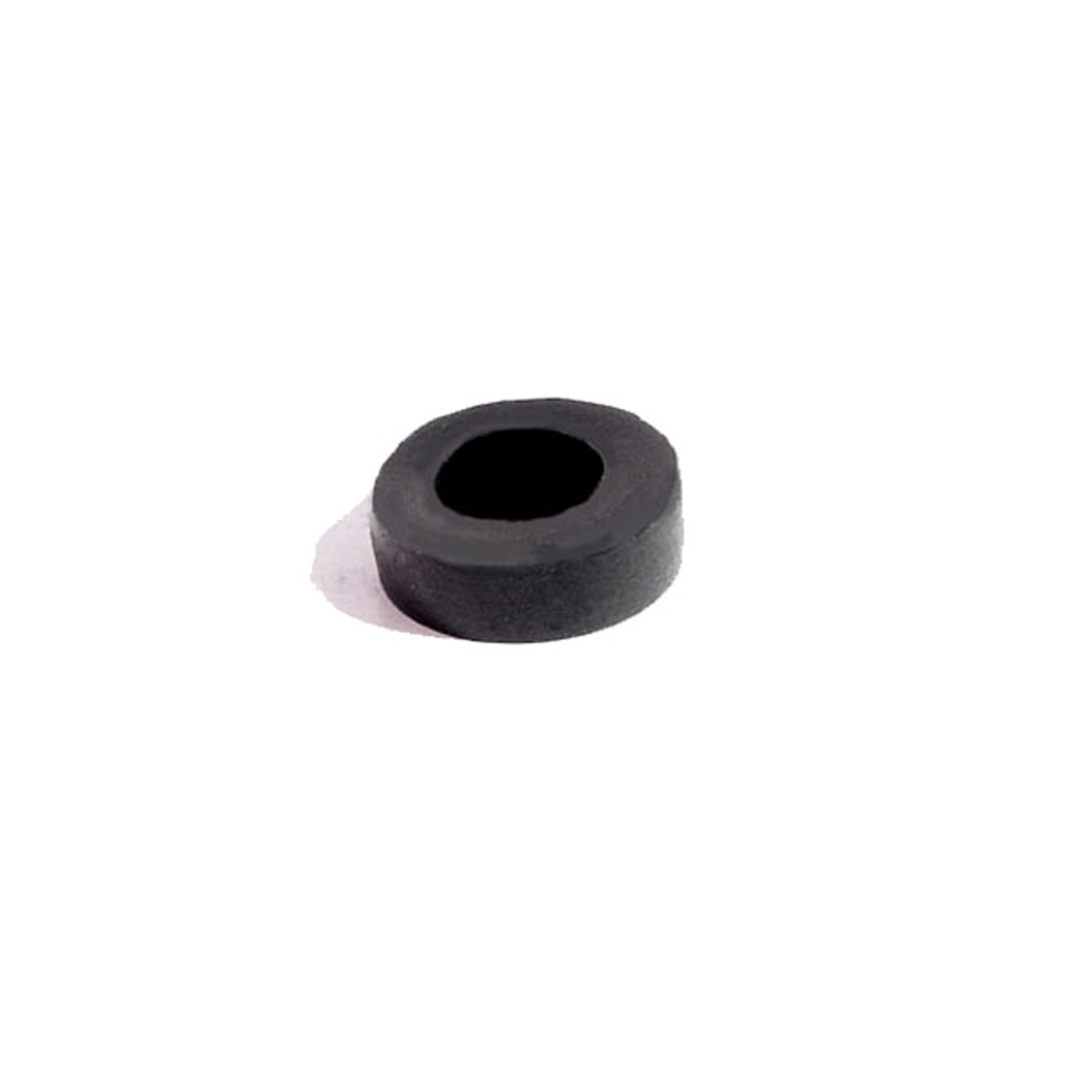 1941 Buick Roadmaster Series 70 Front Door Window Adjustment Bumper Cushion-SB 70Front Door Window Adjustment Bumper Cushion. For "T" bolt in door. Four to six used per car. 11/16" X 1/4". Each
1941 Buick Roadmaster Series 70 Front Door Window Adjustment Bumper Cushion-SB 70Front Door Window Adjustment Bumper Cushion. For "T" bolt in door. Four to six used per car. 11/16" X 1/4". Each 1941 Buick Roadmaster Series 70 Speedometer Cable / Utility Grommet-SM 2Speedometer Cable / Utility Grommet. Fits 3/4" to 13/16" hole. 3/16" center hole. Each
1941 Buick Roadmaster Series 70 Speedometer Cable / Utility Grommet-SM 2Speedometer Cable / Utility Grommet. Fits 3/4" to 13/16" hole. 3/16" center hole. Each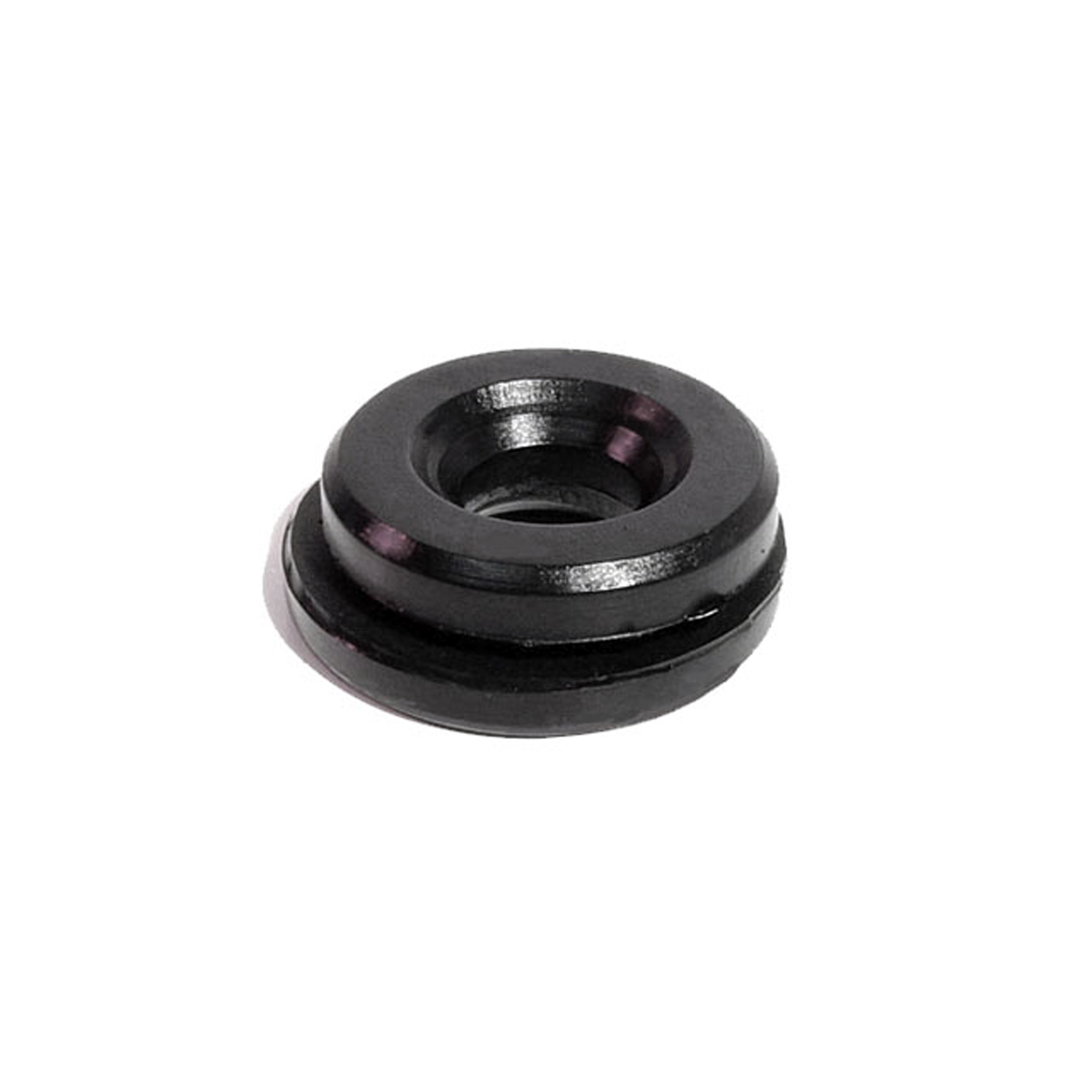 1941 Buick Roadmaster Series 70 Wire Harness Grommet. Each-SM 3Wire Harness Grommet. Each
1941 Buick Roadmaster Series 70 Wire Harness Grommet. Each-SM 3Wire Harness Grommet. Each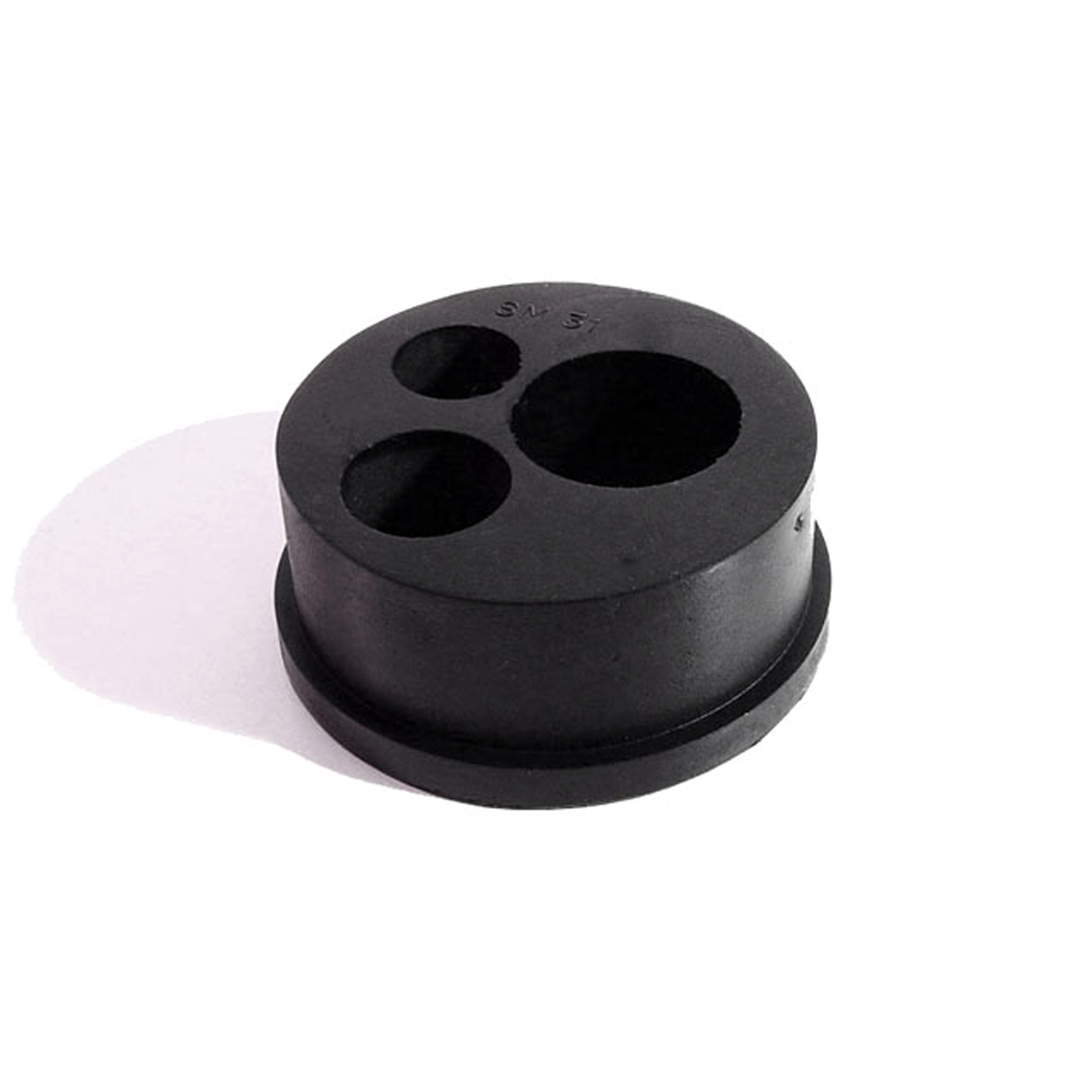 1941 Buick Roadmaster Series 70 Wire Harness / Firewall Grommet. Each-SM 31Wire Harness / Firewall Grommet. Each
1941 Buick Roadmaster Series 70 Wire Harness / Firewall Grommet. Each-SM 31Wire Harness / Firewall Grommet. Each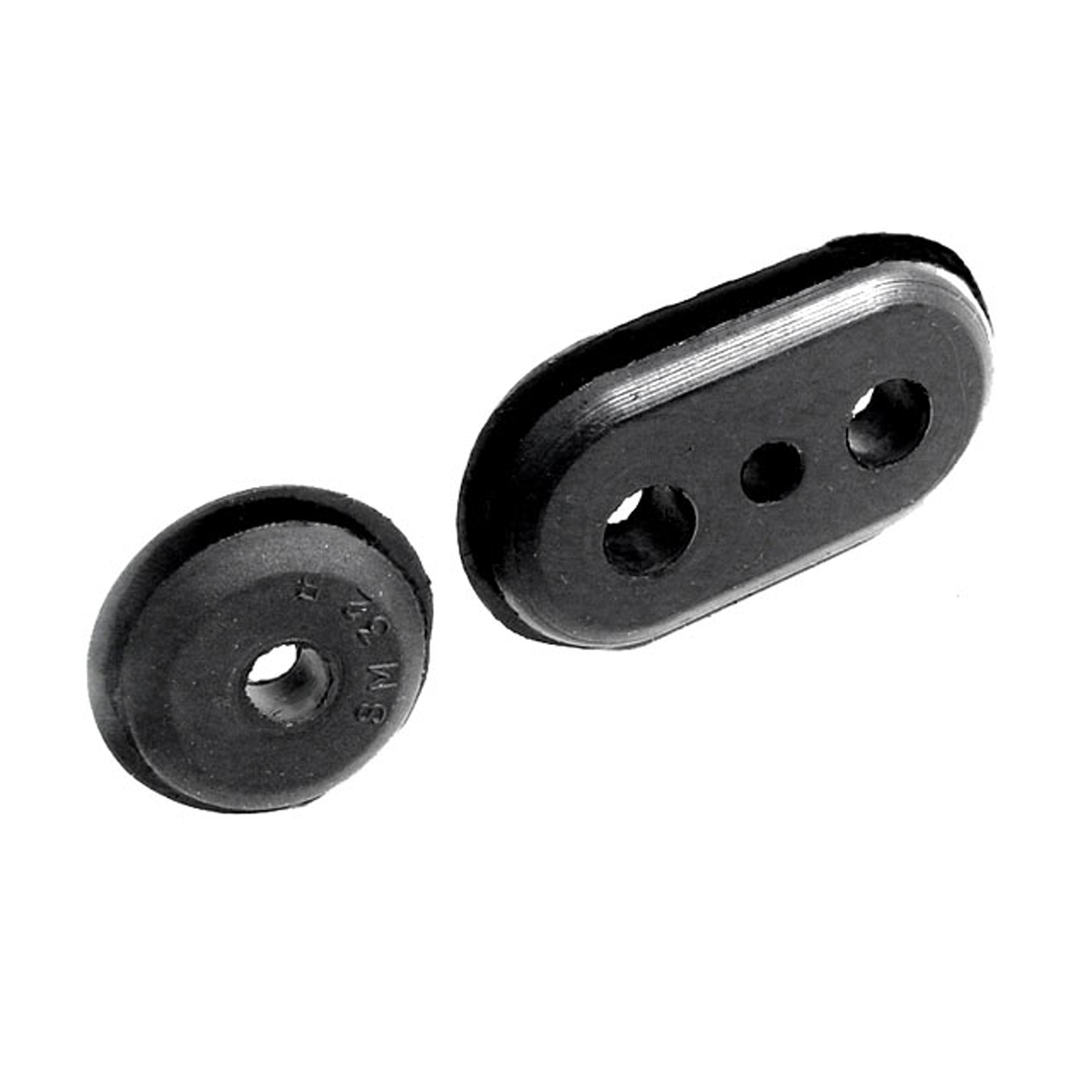 1941 Buick Roadmaster Series 70 Firewall Grommets, for thermostat, oil, throttle, choke-SM 32Firewall Grommets, for thermostat, oil, throttle, choke, vacuum and speedometer. 1-1/8" O.D., 1/4 I.D. 2-1/8" long X 1-1/8" wide. Set
1941 Buick Roadmaster Series 70 Firewall Grommets, for thermostat, oil, throttle, choke-SM 32Firewall Grommets, for thermostat, oil, throttle, choke, vacuum and speedometer. 1-1/8" O.D., 1/4 I.D. 2-1/8" long X 1-1/8" wide. Set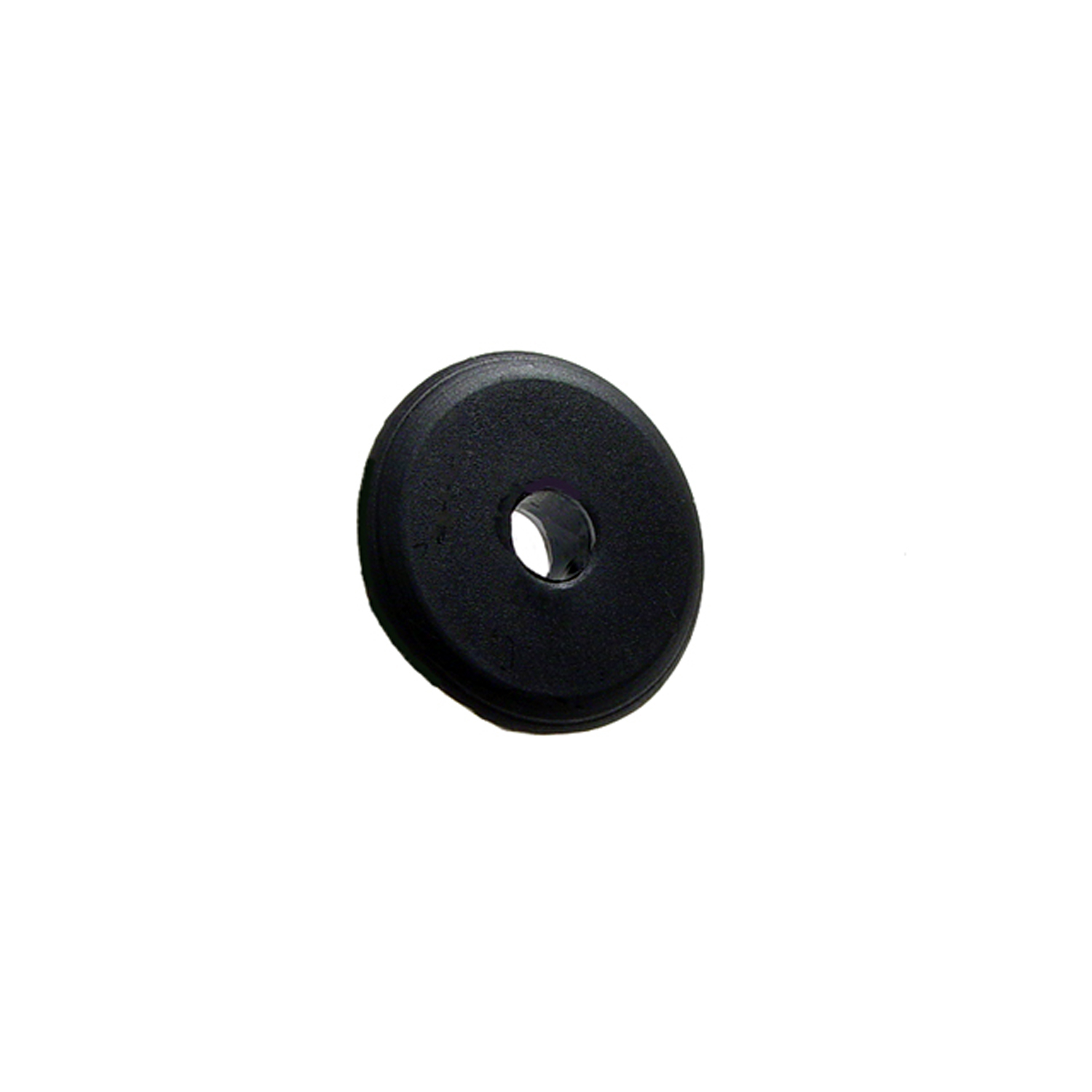 1941 Buick Roadmaster Series 70 Firewall Grommet for Thermostadt, Oil throttle, Choke-SM 32-BFirewall Grommet for Thermostadt, Oil throttle, Choke, Vacuum and Speedometer. Fits 3/4" hole. 1/4" I.D., 1-1/4" O.D. Each
1941 Buick Roadmaster Series 70 Firewall Grommet for Thermostadt, Oil throttle, Choke-SM 32-BFirewall Grommet for Thermostadt, Oil throttle, Choke, Vacuum and Speedometer. Fits 3/4" hole. 1/4" I.D., 1-1/4" O.D. Each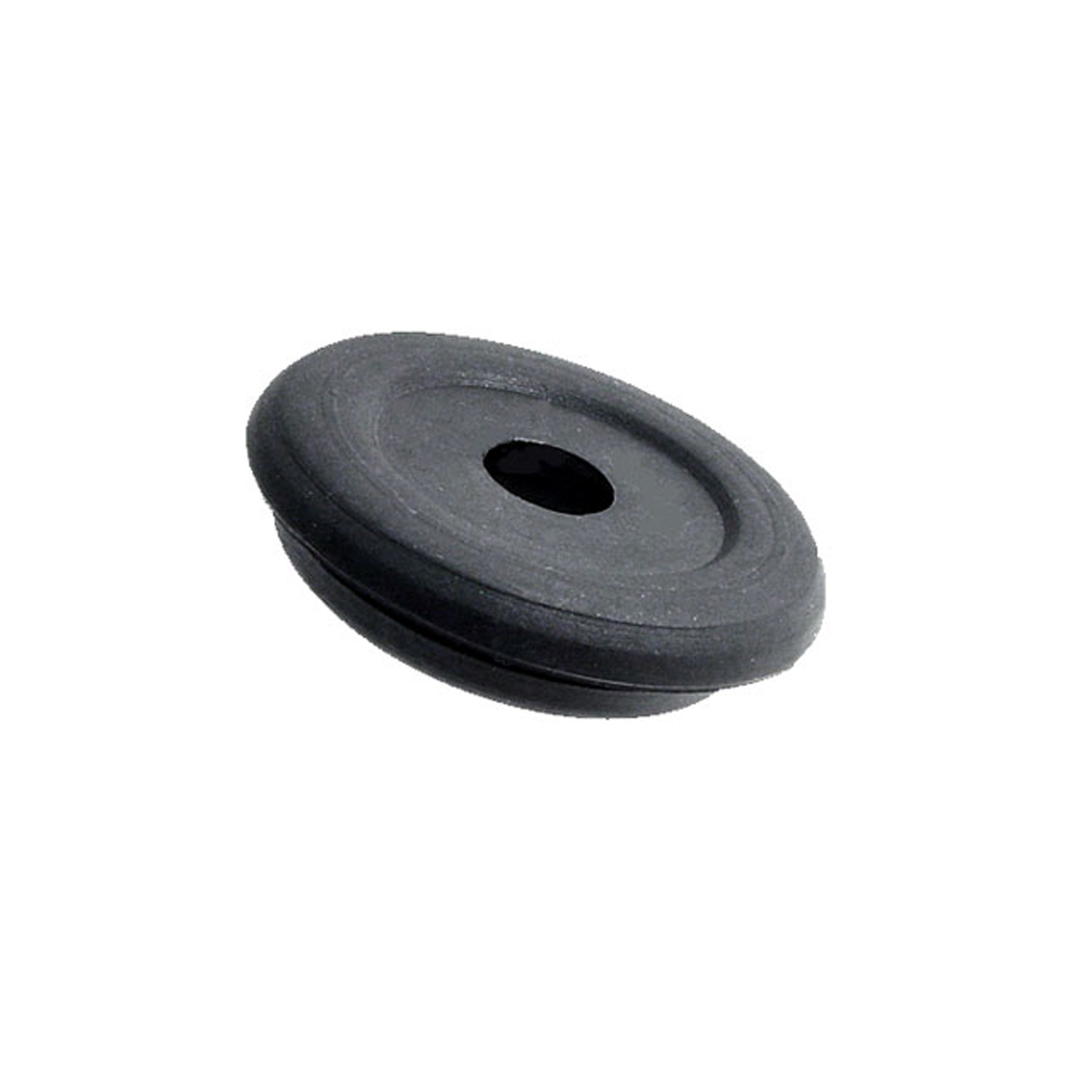 1941 Buick Roadmaster Series 70 Ignition cable grommet. 2 in. OD x 1/2 in. ID fits a 1.5 in-SM 33Ignition cable grommet. 2 in. OD x 1/2 in. ID fits a 1.5 in. hole. Each.
1941 Buick Roadmaster Series 70 Ignition cable grommet. 2 in. OD x 1/2 in. ID fits a 1.5 in-SM 33Ignition cable grommet. 2 in. OD x 1/2 in. ID fits a 1.5 in. hole. Each. 1941 Buick Roadmaster Series 70 Special Purpose Grommet-SM 4Special Purpose Grommet. For firewall, fuel gauge wire, horn wire, hood latch cable and fresh air cable. Fits 1/2" hole. 1/8" center hole. Each
1941 Buick Roadmaster Series 70 Special Purpose Grommet-SM 4Special Purpose Grommet. For firewall, fuel gauge wire, horn wire, hood latch cable and fresh air cable. Fits 1/2" hole. 1/8" center hole. Each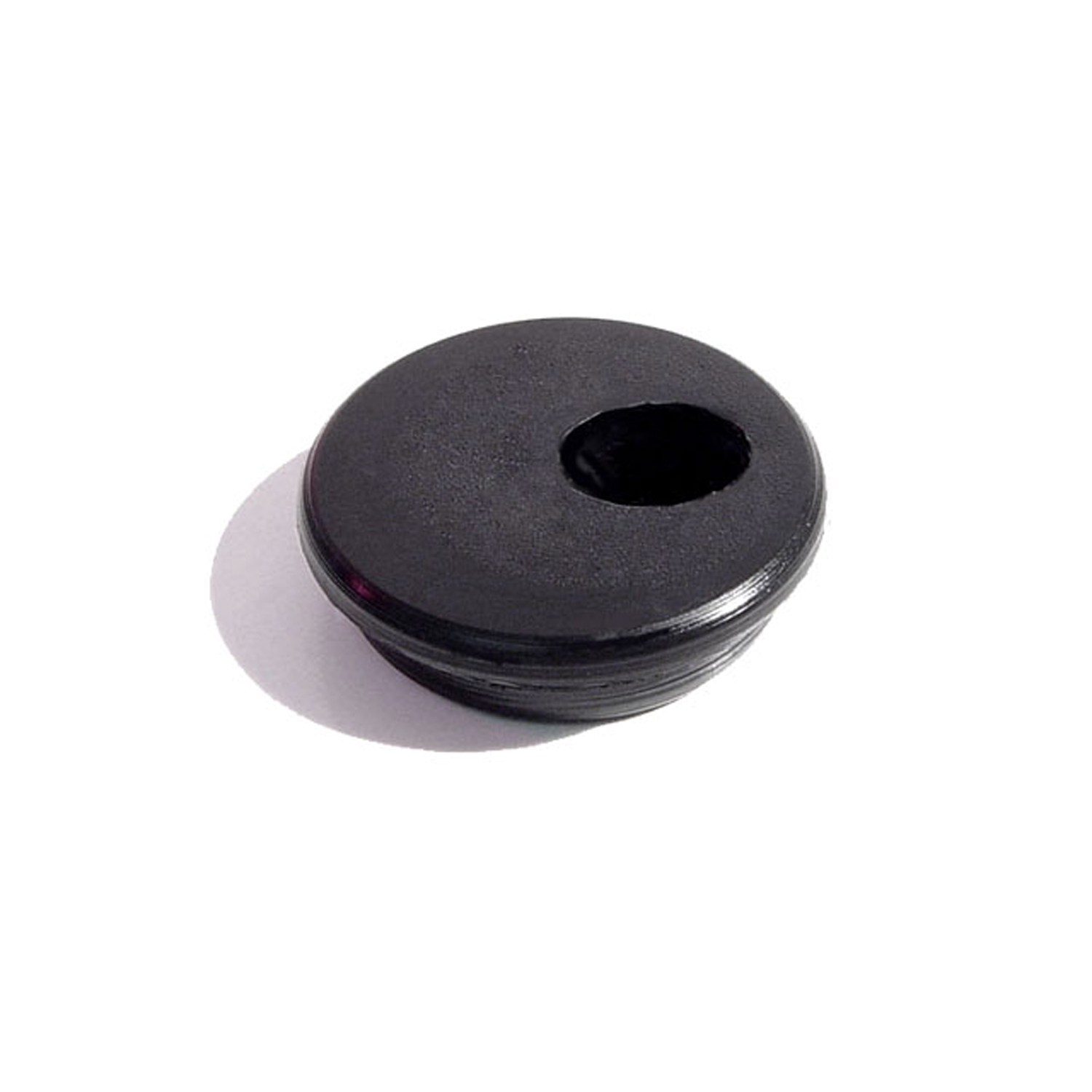 1941 Buick Roadmaster Series 70 Firewall Grommet. For park brake cable. Angled hole. Fit's 1" hole-SM 40Firewall Grommet. For park brake cable. Angled hole. Fit's 1" Hole. Each
1941 Buick Roadmaster Series 70 Firewall Grommet. For park brake cable. Angled hole. Fit's 1" hole-SM 40Firewall Grommet. For park brake cable. Angled hole. Fit's 1" Hole. Each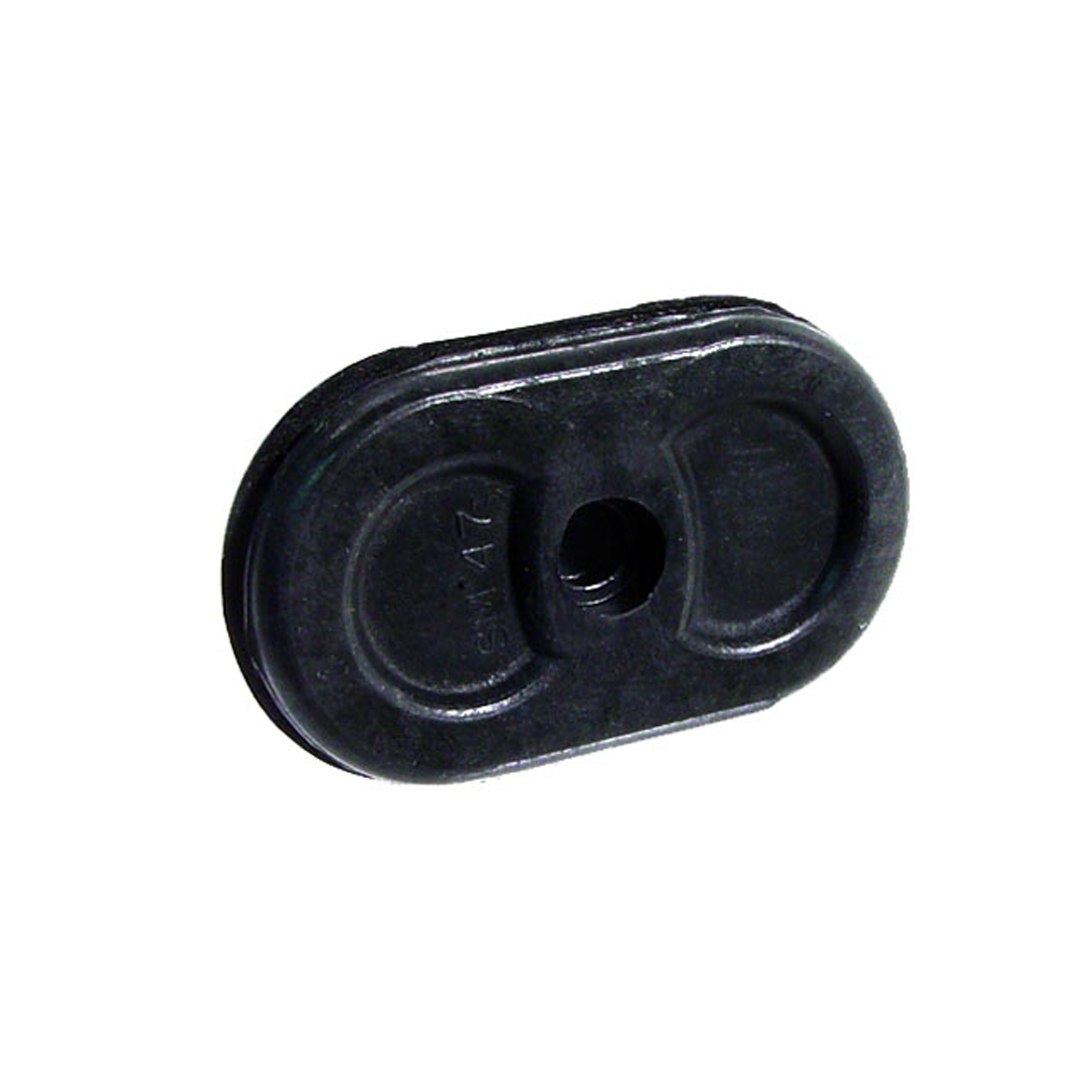 1941 Buick Roadmaster Series 70 Speedometer Cable Firewall Grommet. Fits 1-7/8" long hole-SM 47Speedometer Cable Firewall Grommet. Fits 1-7/8" long hole. NOTE: Not used when car was factory equipped with windshield washers. (Fits some models) Each
1941 Buick Roadmaster Series 70 Speedometer Cable Firewall Grommet. Fits 1-7/8" long hole-SM 47Speedometer Cable Firewall Grommet. Fits 1-7/8" long hole. NOTE: Not used when car was factory equipped with windshield washers. (Fits some models) Each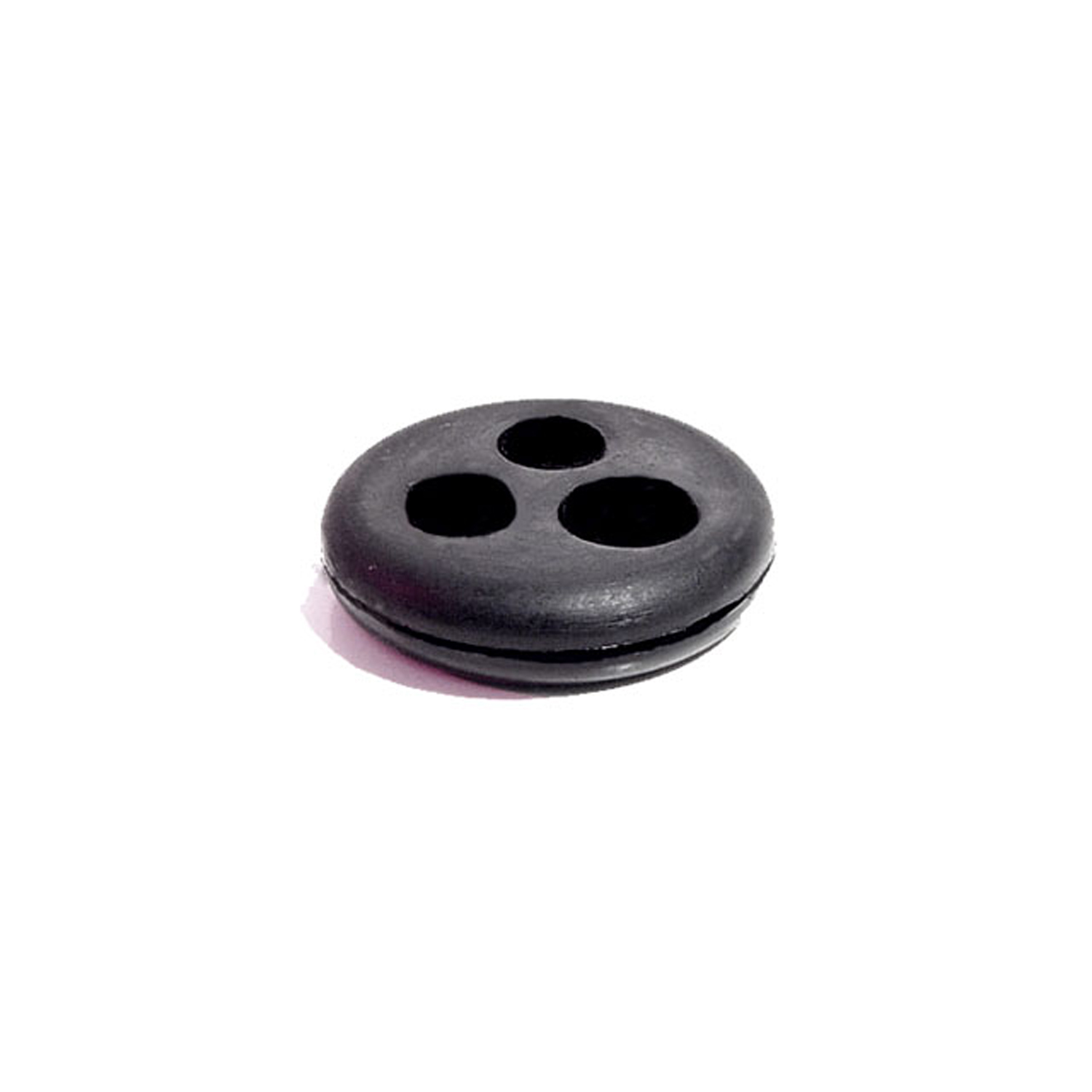 1941 Buick Roadmaster Series 70 Windshield Wiper Grommet. Fits 1" hole. Each-SM 56Windshield Wiper Grommet. Fits 1" hole. Each
1941 Buick Roadmaster Series 70 Windshield Wiper Grommet. Fits 1" hole. Each-SM 56Windshield Wiper Grommet. Fits 1" hole. Each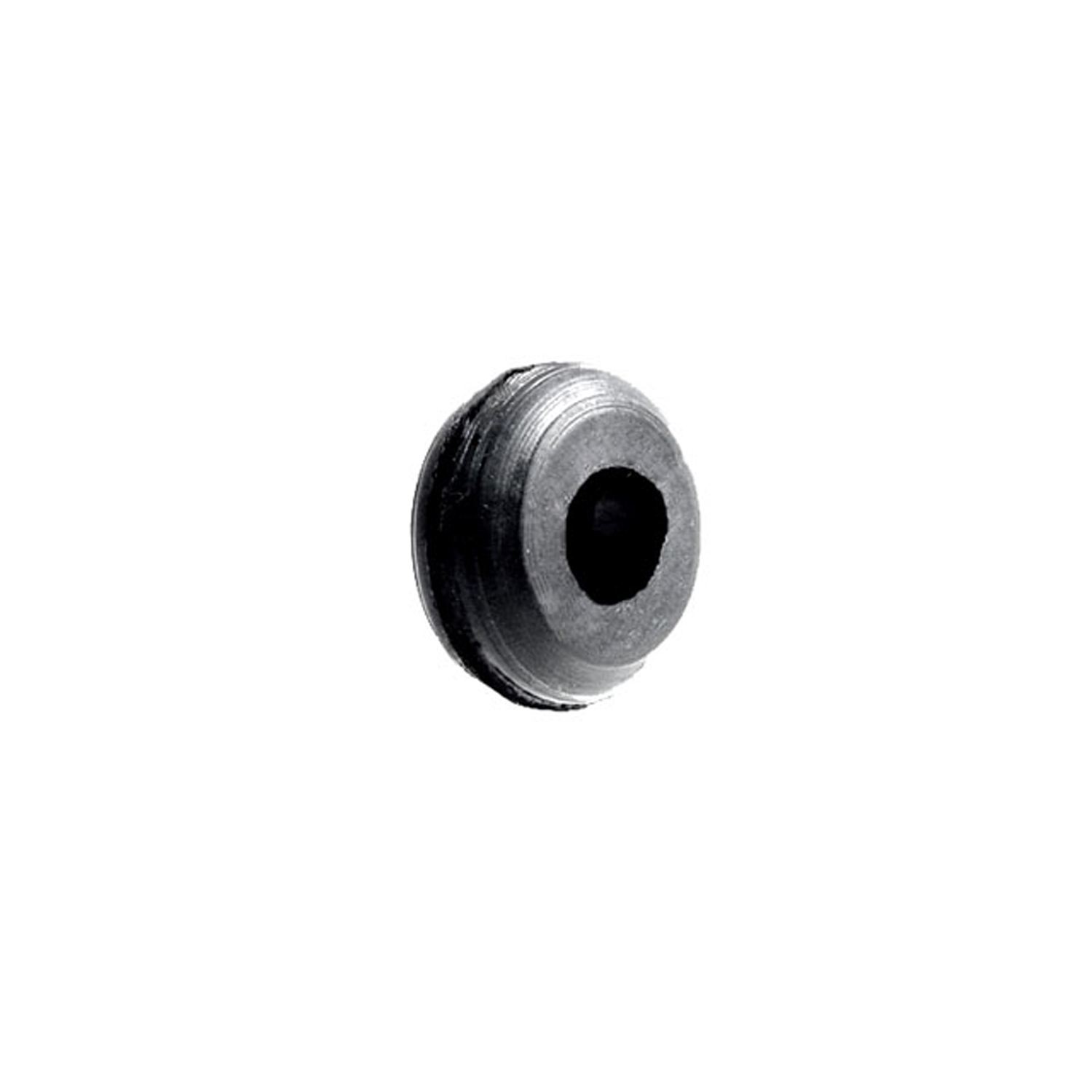 1941 Buick Roadmaster Series 70 Hood Cable Grommet. Fits 7/16" to 1/2" hole-SM 61Hood Cable Grommet. Fits 7/16" to 1/2" hole. 3/16" center hole. Each
1941 Buick Roadmaster Series 70 Hood Cable Grommet. Fits 7/16" to 1/2" hole-SM 61Hood Cable Grommet. Fits 7/16" to 1/2" hole. 3/16" center hole. Each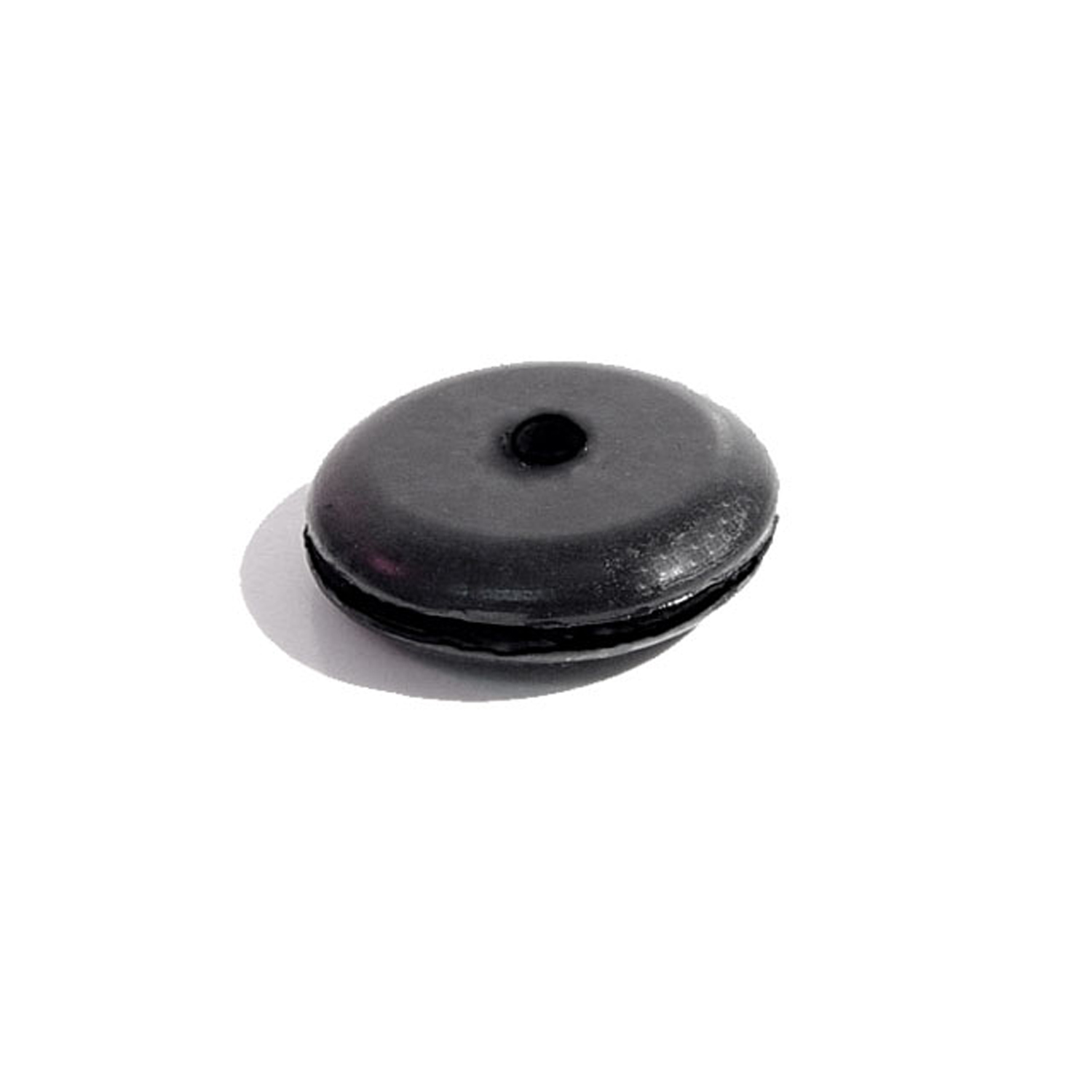 1941 Buick Roadmaster Series 70 Choke Cable Grommet. Fits 5/8" hole. 1/8" center hole-SM 62Choke Cable Grommet. Fits 5/8" hole. 1/8" center hole. Each
1941 Buick Roadmaster Series 70 Choke Cable Grommet. Fits 5/8" hole. 1/8" center hole-SM 62Choke Cable Grommet. Fits 5/8" hole. 1/8" center hole. Each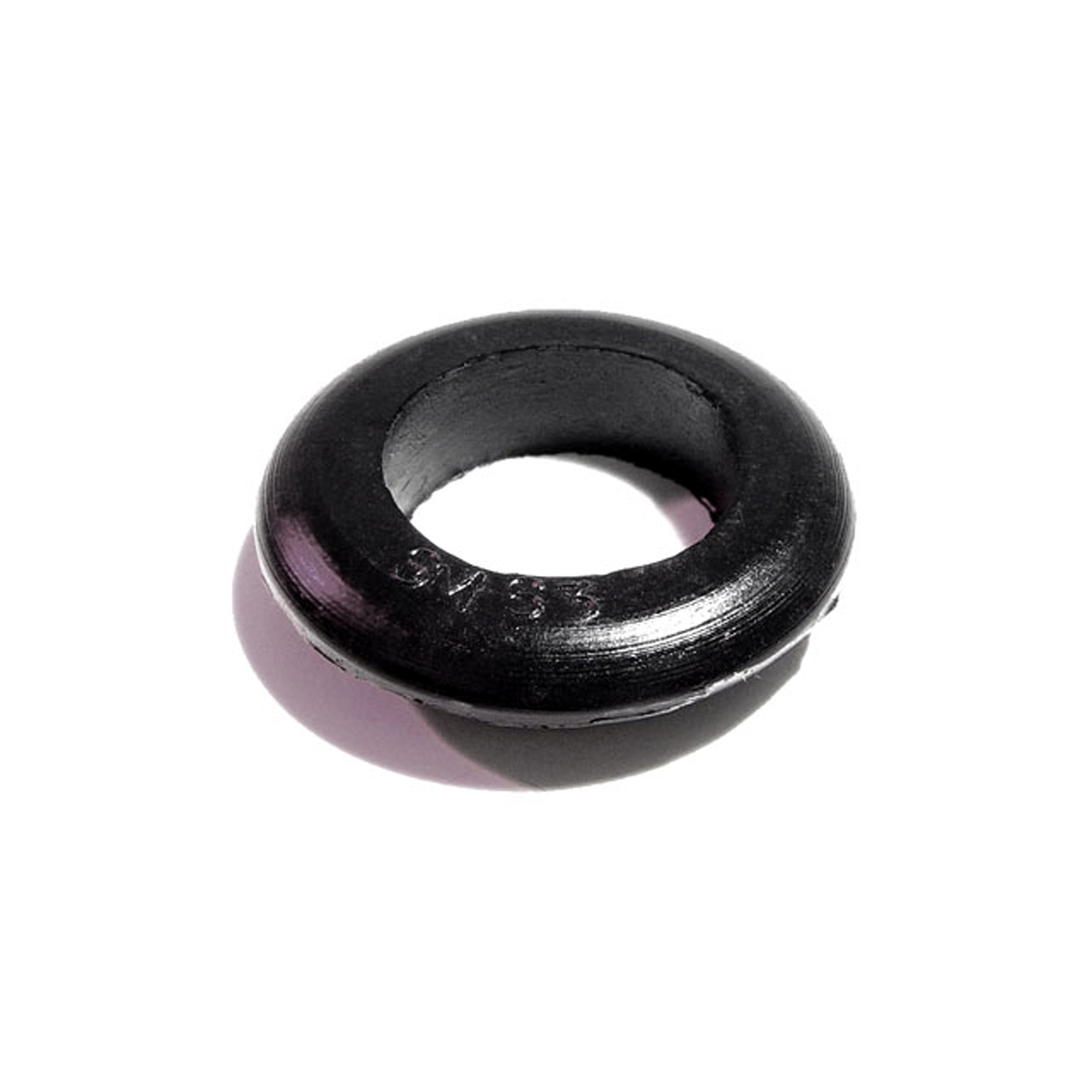 1941 Buick Roadmaster Series 70 Firewall Grommet, for Convertibles. For top of vacuum hose-SM 63Firewall Grommet, for Convertibles. For top of vacuum hose. Fits 7/8" hole. 3/4" center hole. Each
1941 Buick Roadmaster Series 70 Firewall Grommet, for Convertibles. For top of vacuum hose-SM 63Firewall Grommet, for Convertibles. For top of vacuum hose. Fits 7/8" hole. 3/4" center hole. Each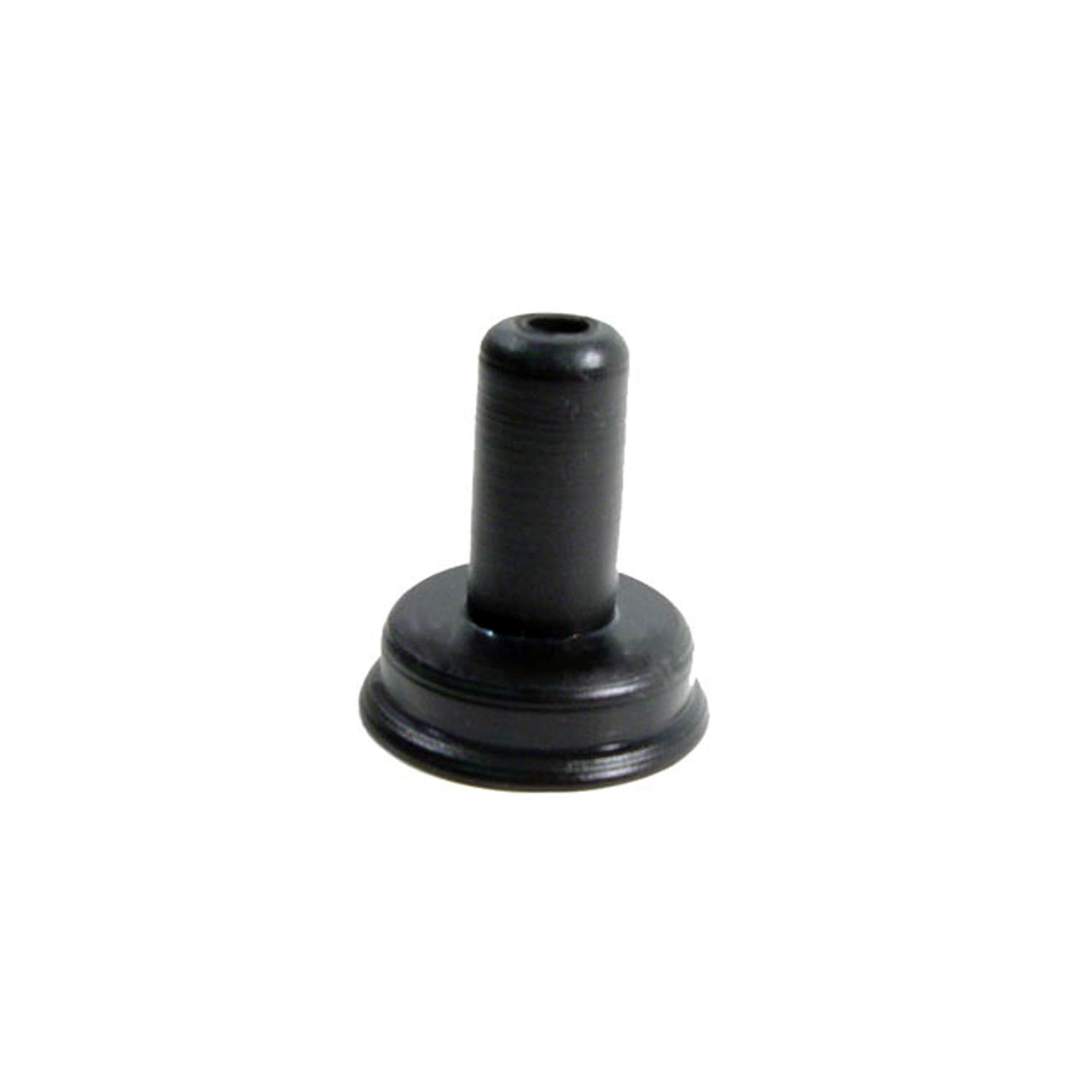 1941 Buick Roadmaster Series 70 Radio Fuse Boot and Wire Harness. For original radio only-SM 65-ARadio Fuse Boot and Wire Harness. For original radio only. Each
1941 Buick Roadmaster Series 70 Radio Fuse Boot and Wire Harness. For original radio only-SM 65-ARadio Fuse Boot and Wire Harness. For original radio only. Each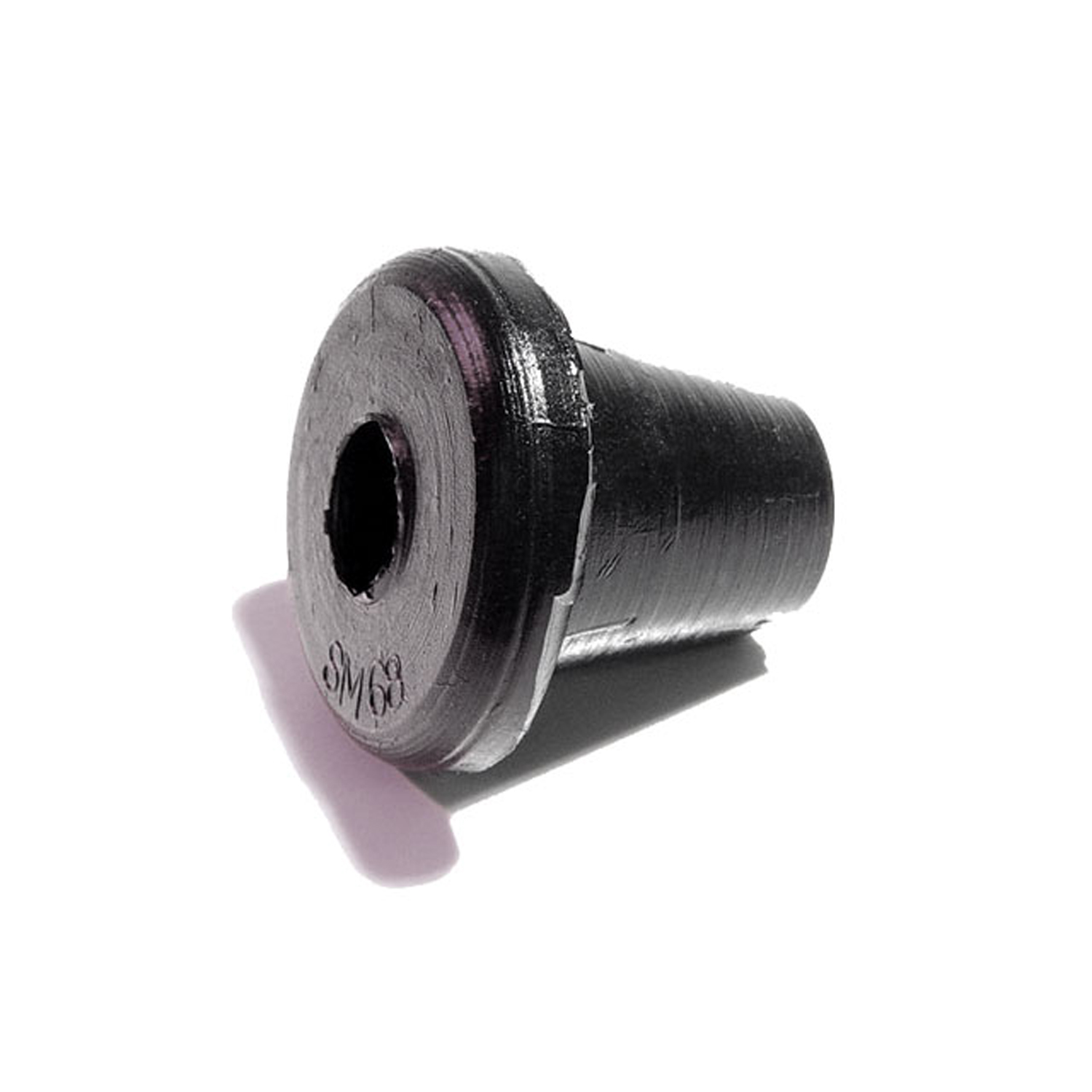 1941 Buick Roadmaster Series 70 Special Purpose Grommet-SM 68Special Purpose Grommet. For headlight wire loom through body. Each
1941 Buick Roadmaster Series 70 Special Purpose Grommet-SM 68Special Purpose Grommet. For headlight wire loom through body. Each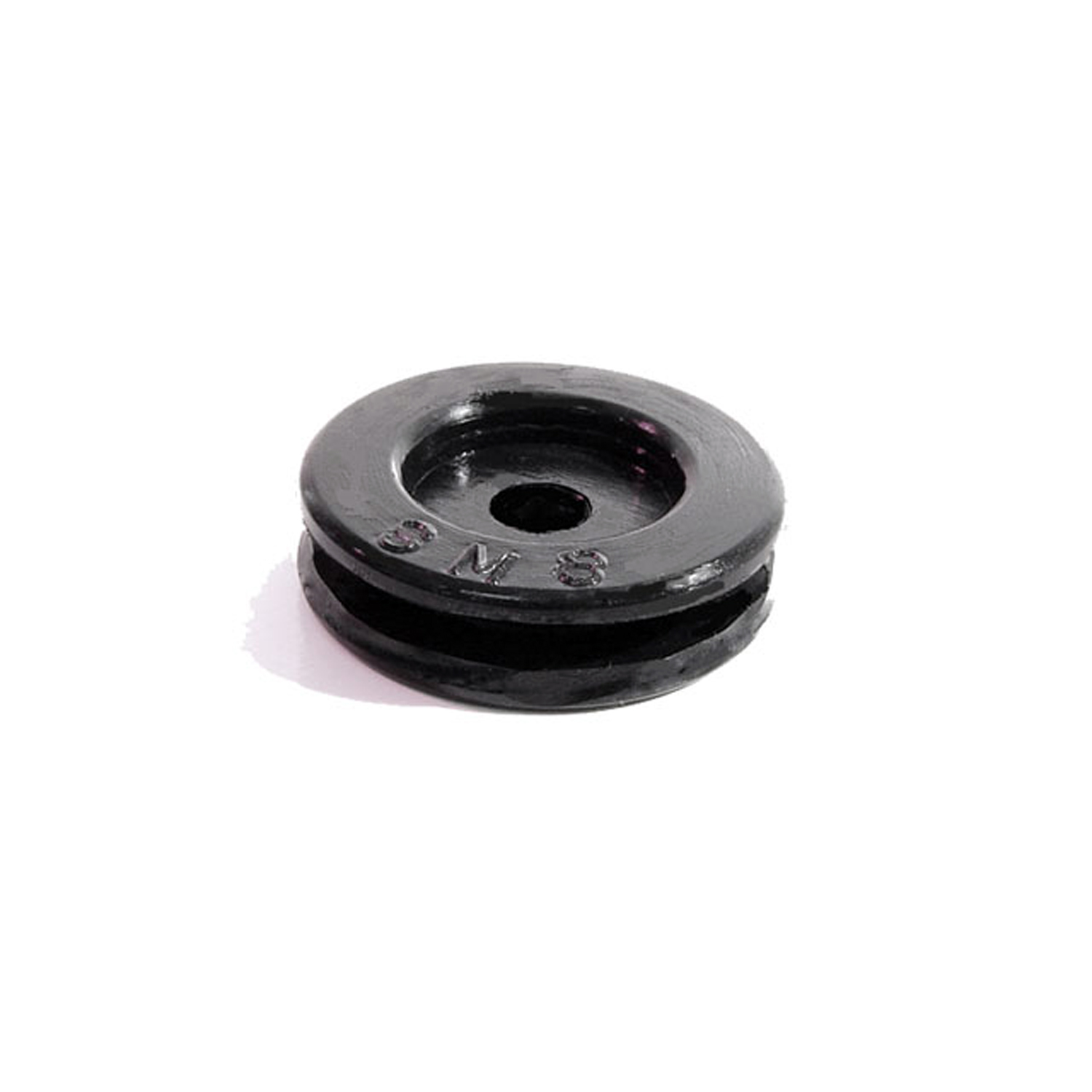 1941 Buick Roadmaster Series 70 Firewall and Utility Grommet. Fits 3/4" hole. 3/16" I.D-SM 8Firewall and Utility Grommet. Fits 3/4" hole. 3/16" I.D. Each
1941 Buick Roadmaster Series 70 Firewall and Utility Grommet. Fits 3/4" hole. 3/16" I.D-SM 8Firewall and Utility Grommet. Fits 3/4" hole. 3/16" I.D. Each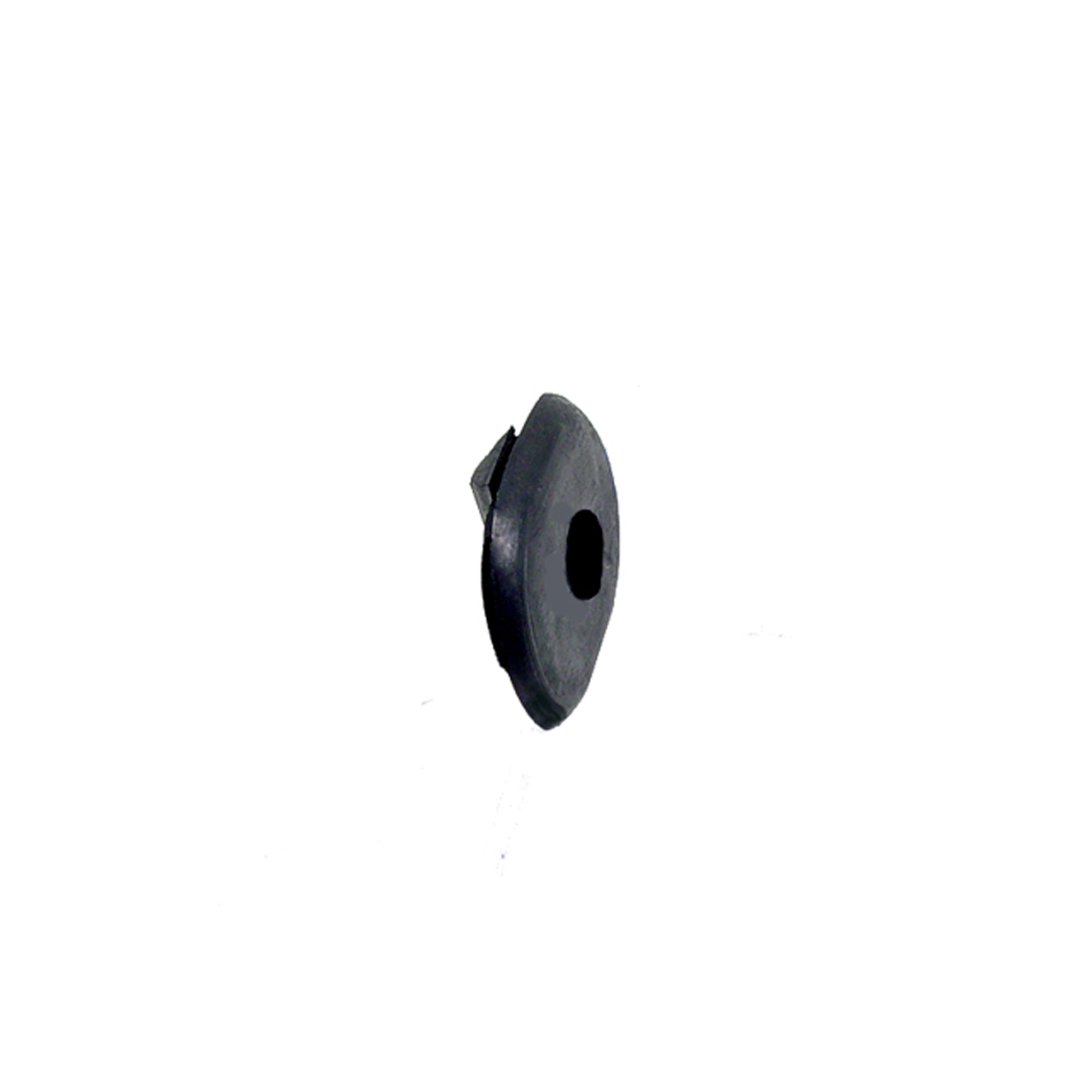 1941 Buick Roadmaster Series 70 Door Adjustment Hole Plug Grommet for Convertibles Only-SM 86Door Adjustment Hole Plug Grommet for Convertibles Only. Fits a 5/8" wide X 1" long hole. Each
1941 Buick Roadmaster Series 70 Door Adjustment Hole Plug Grommet for Convertibles Only-SM 86Door Adjustment Hole Plug Grommet for Convertibles Only. Fits a 5/8" wide X 1" long hole. Each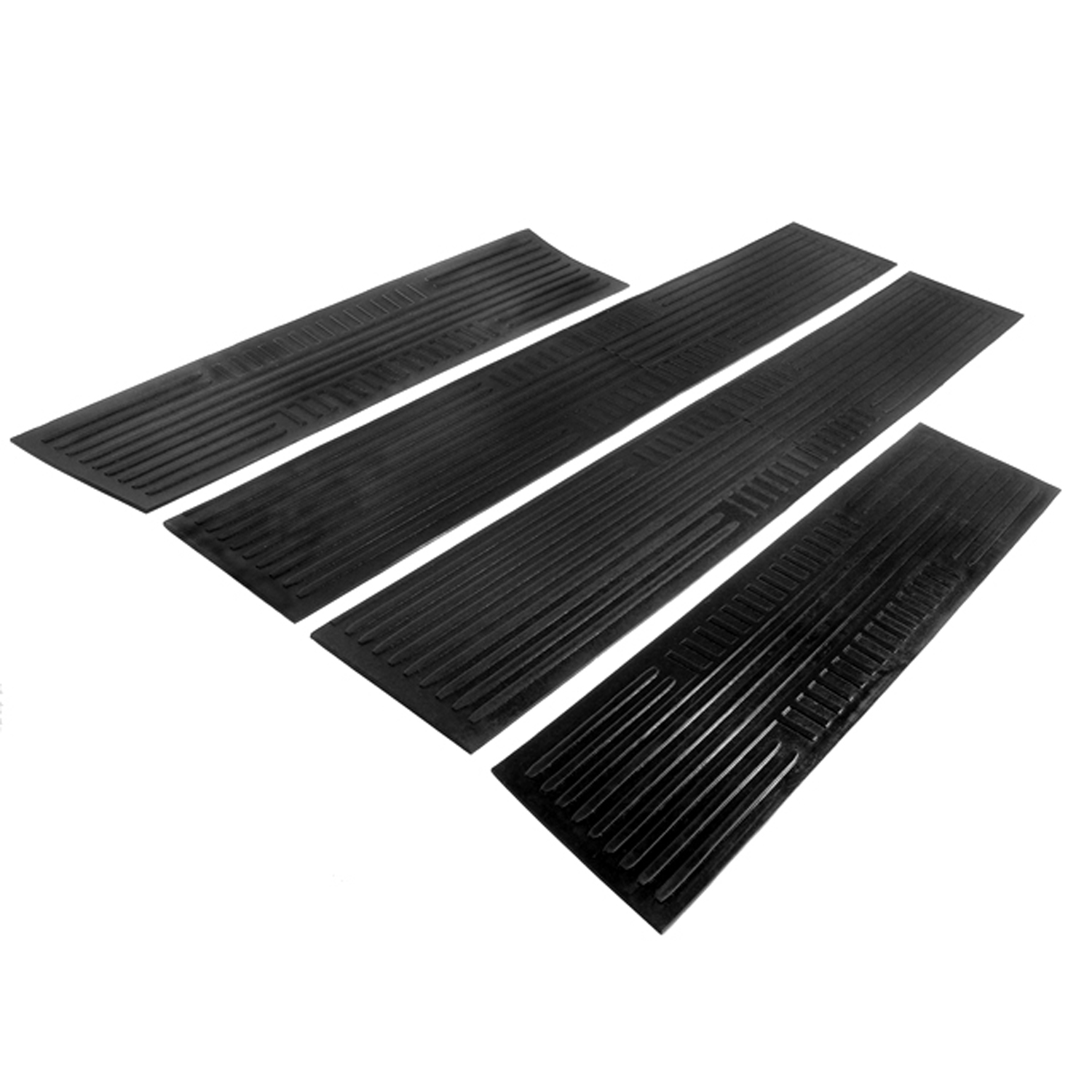 1941 Buick Roadmaster Series 70 Inner 4-Door Step Plate Pad. Rubber only, no metal back-SP 15Inner 4-Door Step Plate Pad. Rubber only, no metal back. Apply directly to sill with contact cement. Long section molded in 2-pieces. Set. 3/32" thick.
1941 Buick Roadmaster Series 70 Inner 4-Door Step Plate Pad. Rubber only, no metal back-SP 15Inner 4-Door Step Plate Pad. Rubber only, no metal back. Apply directly to sill with contact cement. Long section molded in 2-pieces. Set. 3/32" thick.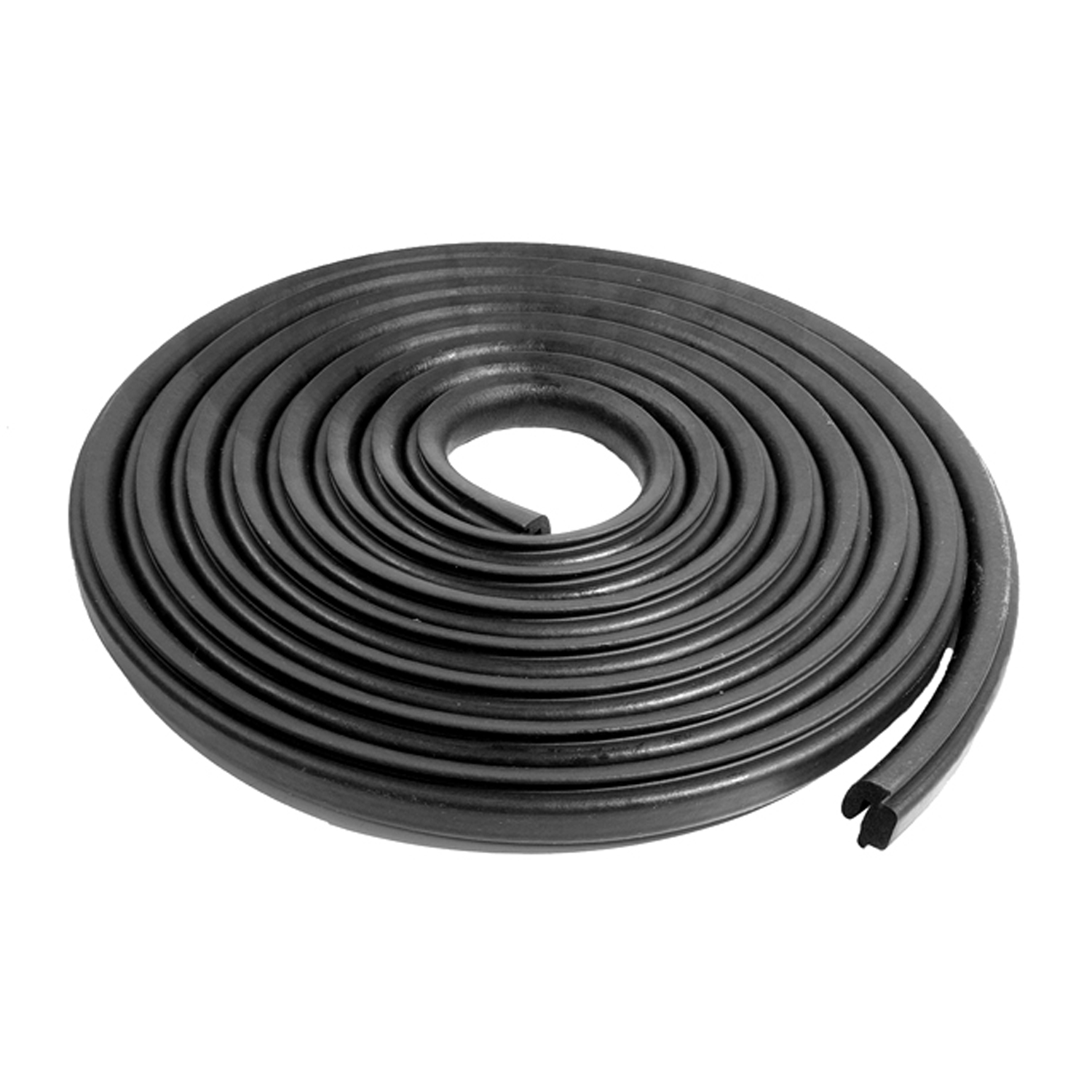 1941 Buick Roadmaster Series 70 Trunk Seal. 18 Feet long. Each-TK 50-18Trunk Seal. 18 Feet long. Each
1941 Buick Roadmaster Series 70 Trunk Seal. 18 Feet long. Each-TK 50-18Trunk Seal. 18 Feet long. Each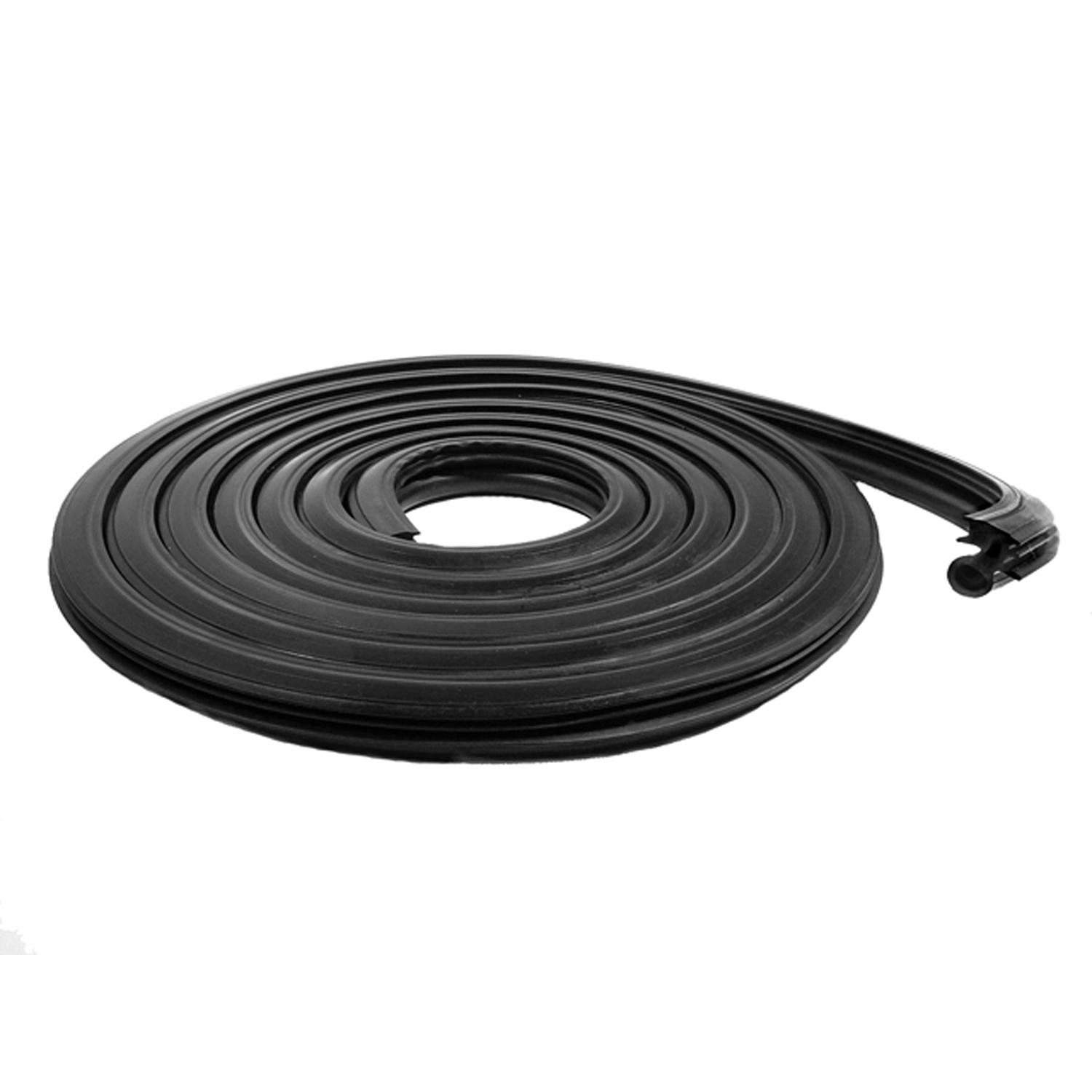 1941 Buick Roadmaster Series 70 Trunk Seal, for Sedans. Each-TK 96-15Trunk Seal, for Sedans. Each
1941 Buick Roadmaster Series 70 Trunk Seal, for Sedans. Each-TK 96-15Trunk Seal, for Sedans. Each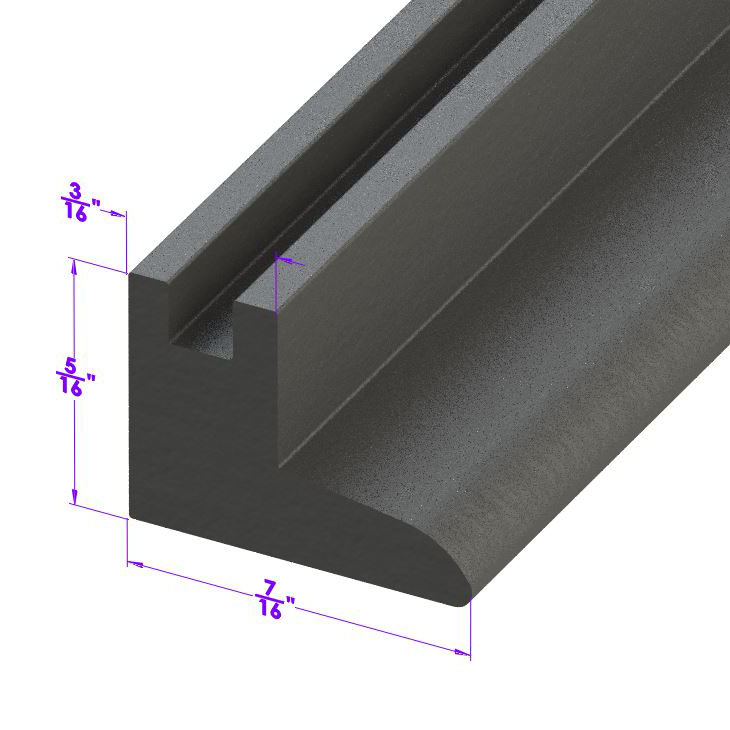 1941 Buick Roadmaster Series 70 Vertical Seal for Vent Window. Each is 17" long. Pair-VS 2Vertical Seal for Vent Window. Each is 17" long. Pair
1941 Buick Roadmaster Series 70 Vertical Seal for Vent Window. Each is 17" long. Pair-VS 2Vertical Seal for Vent Window. Each is 17" long. Pair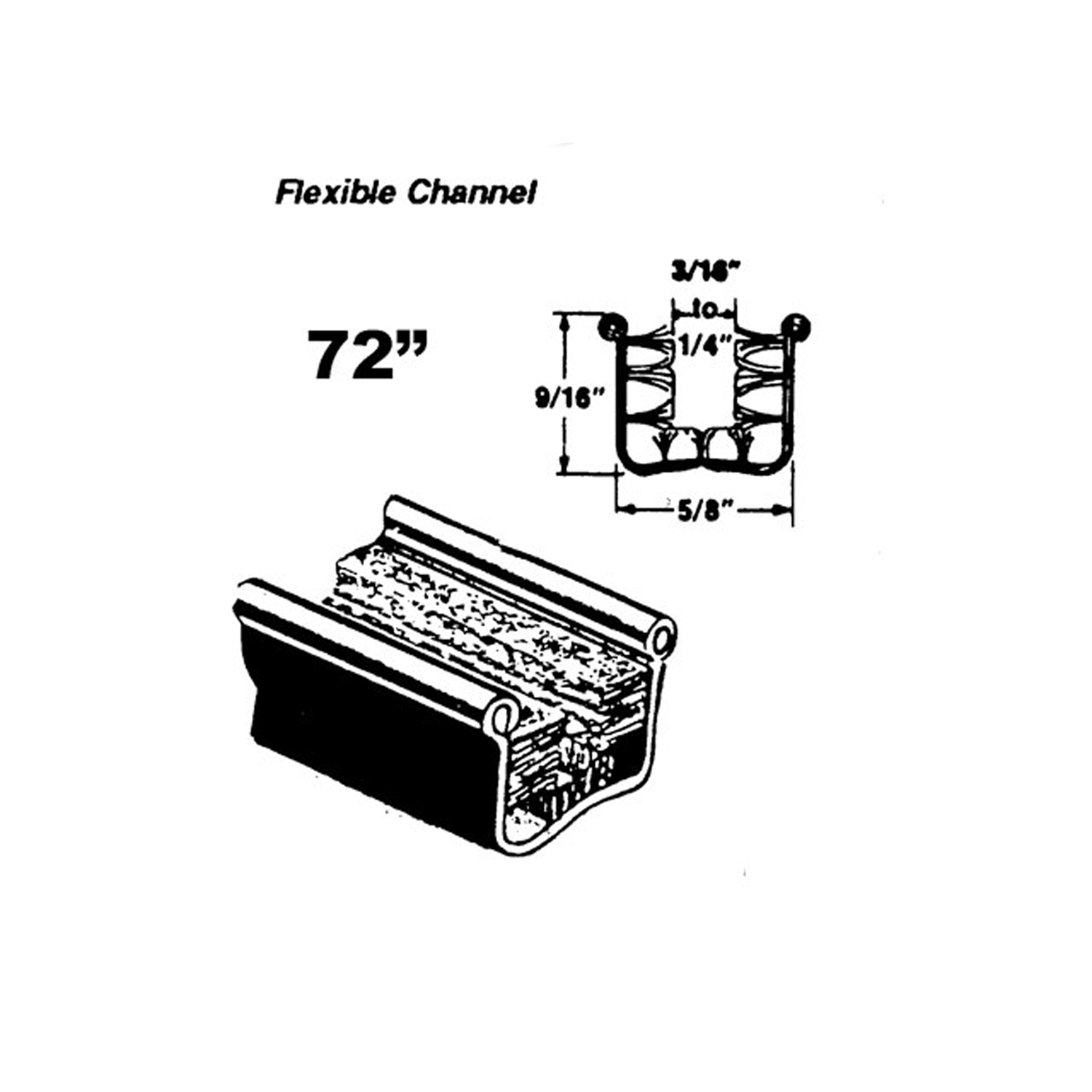 1941 Buick Roadmaster Series 70 Flexible glass-run channel-WC 11-72Flexible glass-run channel. Mohair lined, cloth covered with stainless steel bead. Used on side windows. 72 in. long. Each. NOTE: $20 special shipping charge applies for domestic orders. Call or email for overseas shipping costs. Part can be sectioned in two equal lengths to reduce overseas shipping costs.
1941 Buick Roadmaster Series 70 Flexible glass-run channel-WC 11-72Flexible glass-run channel. Mohair lined, cloth covered with stainless steel bead. Used on side windows. 72 in. long. Each. NOTE: $20 special shipping charge applies for domestic orders. Call or email for overseas shipping costs. Part can be sectioned in two equal lengths to reduce overseas shipping costs.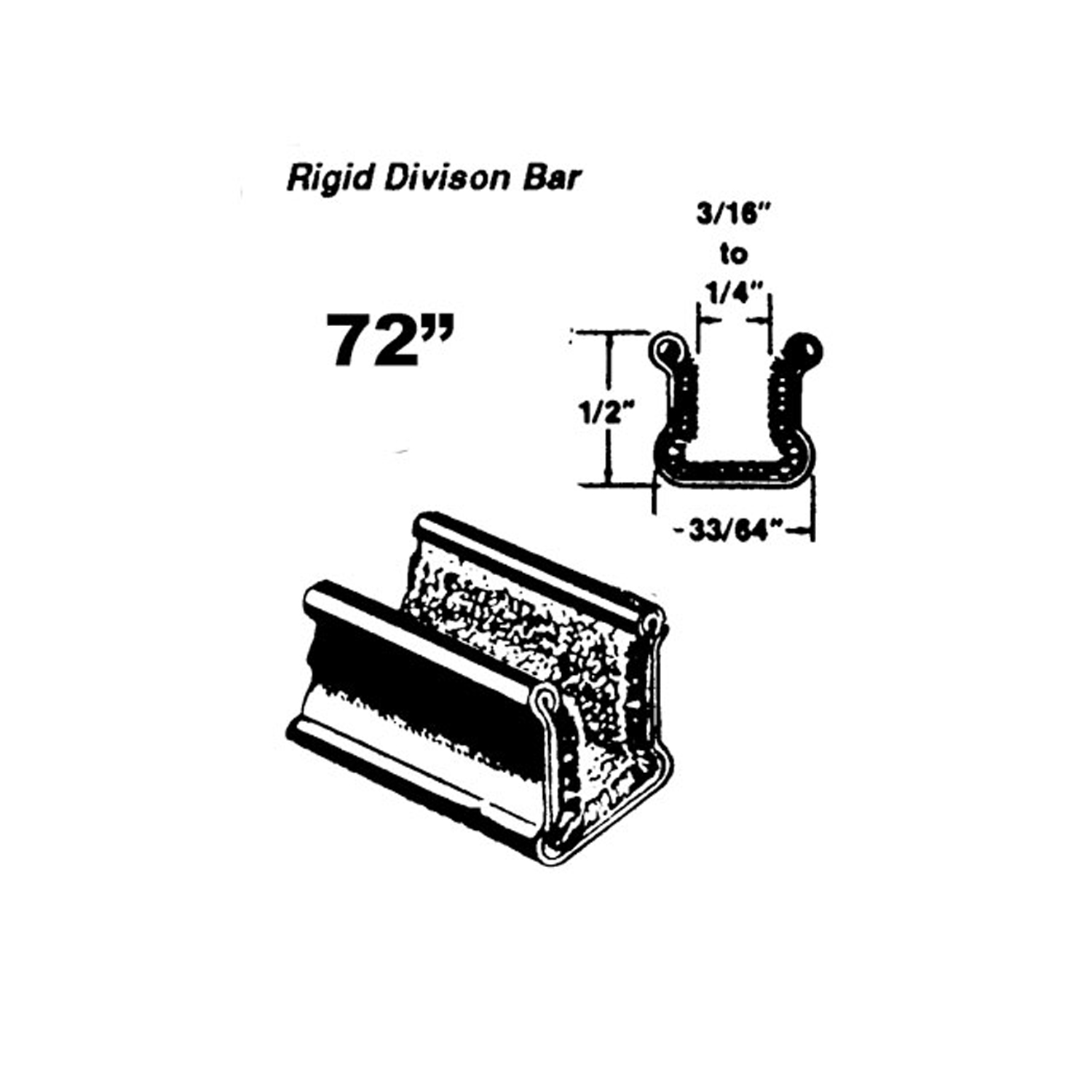 1941 Buick Roadmaster Series 70 Rigid division-bar channel. Made with Zinc-plated bead-WC 1-72Rigid division-bar channel. Made with Zinc-plated bead. Used on lower side windows. 72 in. long. Each. NOTE: $20 special shipping charge applies for domestic orders. Call or email for overseas shipping costs. Part can be sectioned into two equal lengths to reduce overseas shipping costs.
1941 Buick Roadmaster Series 70 Rigid division-bar channel. Made with Zinc-plated bead-WC 1-72Rigid division-bar channel. Made with Zinc-plated bead. Used on lower side windows. 72 in. long. Each. NOTE: $20 special shipping charge applies for domestic orders. Call or email for overseas shipping costs. Part can be sectioned into two equal lengths to reduce overseas shipping costs.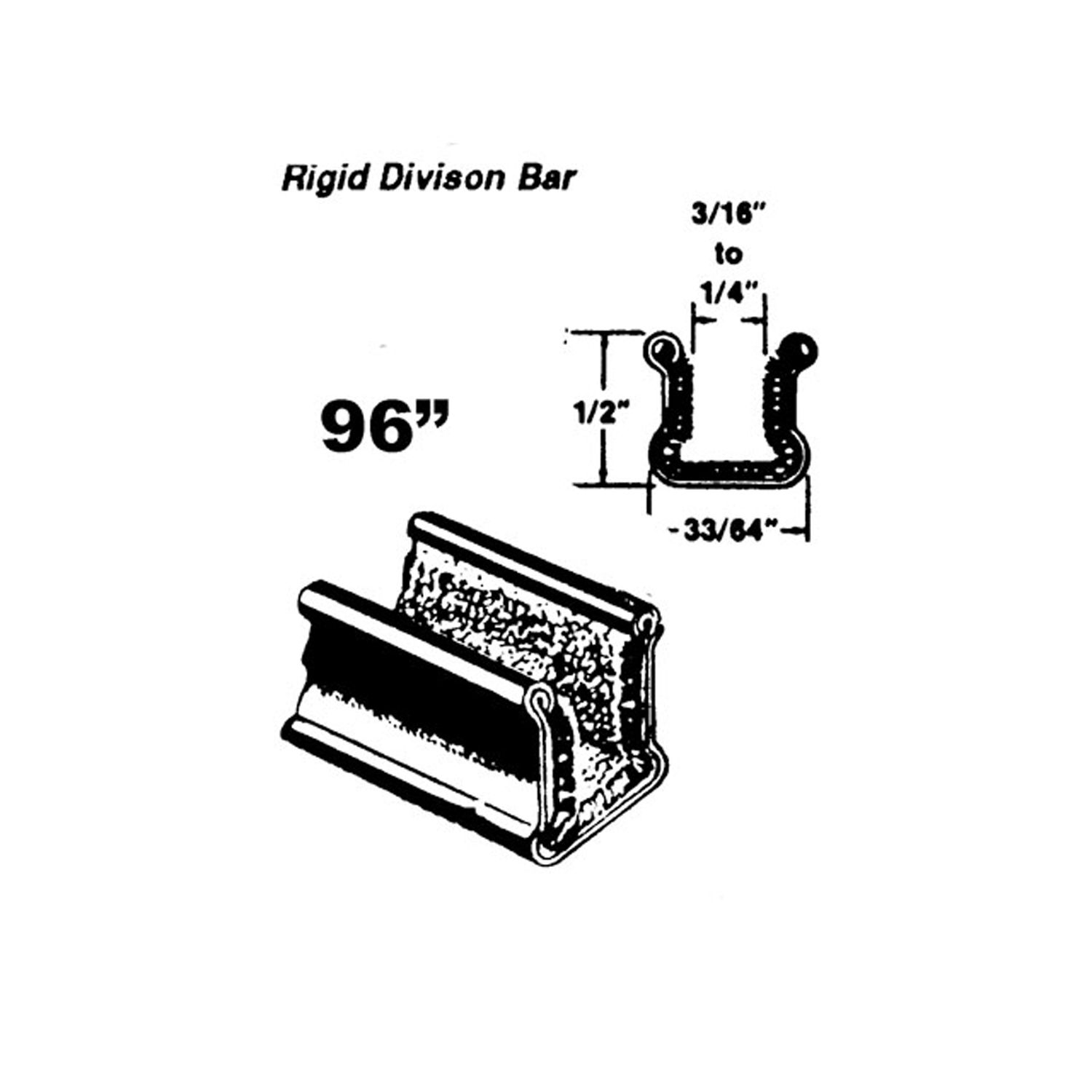 1941 Buick Roadmaster Series 70 Rigid division-bar channel. Made with Zinc-plated bead-WC 1-96Rigid division-bar channel. Made with Zinc-plated bead. Used on lower side windows. 96 in. long. Each. NOTE: $20 special shipping charge applies for domestic orders. Call or email for overseas shipping costs. Part can be sectioned in two or three equal lengths to reduce overseas shipping costs.
1941 Buick Roadmaster Series 70 Rigid division-bar channel. Made with Zinc-plated bead-WC 1-96Rigid division-bar channel. Made with Zinc-plated bead. Used on lower side windows. 96 in. long. Each. NOTE: $20 special shipping charge applies for domestic orders. Call or email for overseas shipping costs. Part can be sectioned in two or three equal lengths to reduce overseas shipping costs. 1941 Buick Roadmaster Series 70 Rigid division-bar channel. Made with stainless steel bead-WC 2-72Rigid division-bar channel. Made with stainless steel bead. 72 in. long. Each. NOTE: $20 special shipping charge applies for domestic orders. Call or email for overseas shipping costs. Part can be sectioned into two equal lengths to reduce overseas shipping costs.
1941 Buick Roadmaster Series 70 Rigid division-bar channel. Made with stainless steel bead-WC 2-72Rigid division-bar channel. Made with stainless steel bead. 72 in. long. Each. NOTE: $20 special shipping charge applies for domestic orders. Call or email for overseas shipping costs. Part can be sectioned into two equal lengths to reduce overseas shipping costs.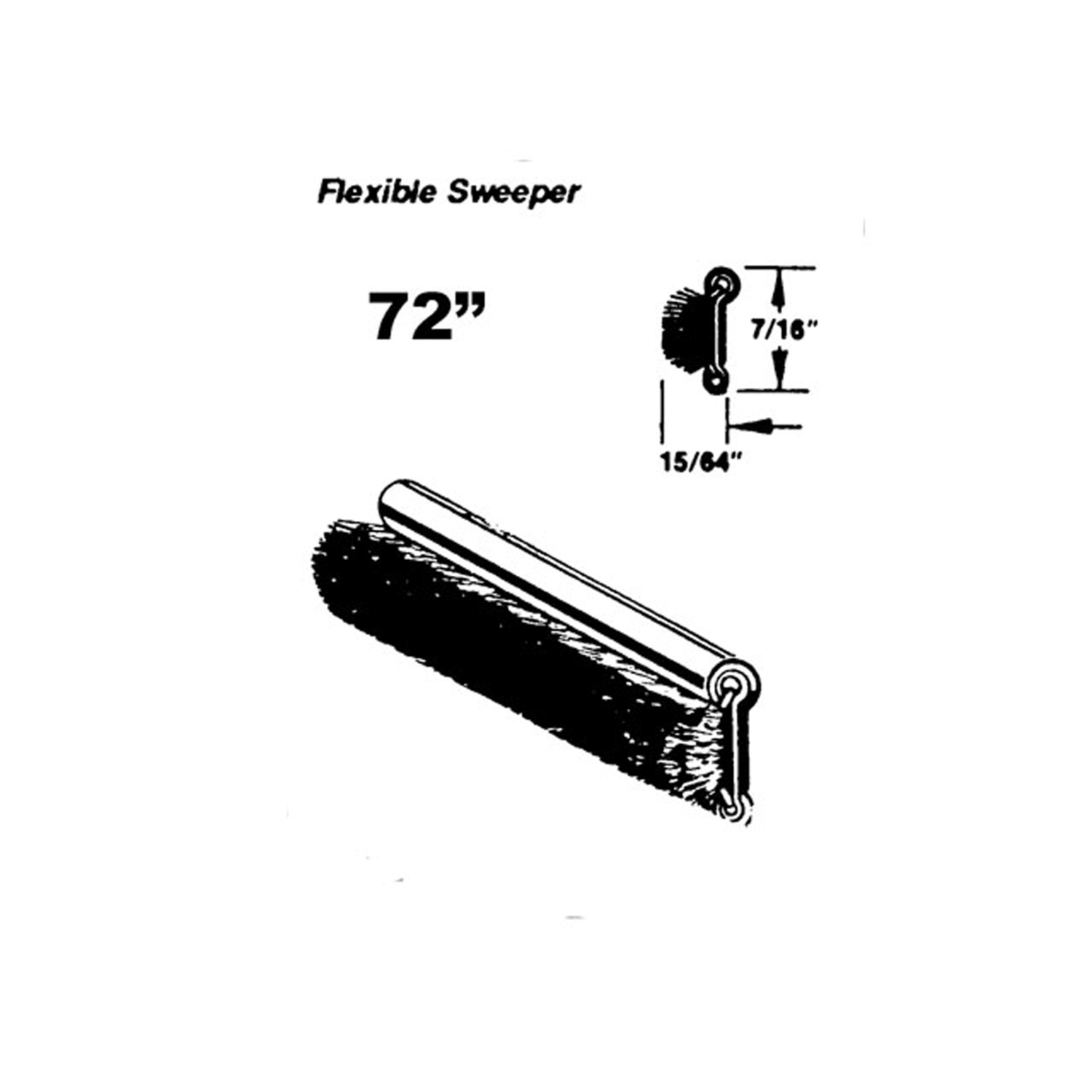 1941 Buick Roadmaster Series 70 Flexible sweeper. Made with stainless steel bead-WC 8-72Flexible sweeper. Made with stainless steel bead. Used on inner and outer beltlines. Also forms easily for use with sliding quarter windows. 72 in. long. Each. NOTE: $20 special shipping charge applies for domestic orders. Call or email for overseas shipping costs. Part can be sectioned into two equal lengths to reduce overseas shipping costs.
1941 Buick Roadmaster Series 70 Flexible sweeper. Made with stainless steel bead-WC 8-72Flexible sweeper. Made with stainless steel bead. Used on inner and outer beltlines. Also forms easily for use with sliding quarter windows. 72 in. long. Each. NOTE: $20 special shipping charge applies for domestic orders. Call or email for overseas shipping costs. Part can be sectioned into two equal lengths to reduce overseas shipping costs.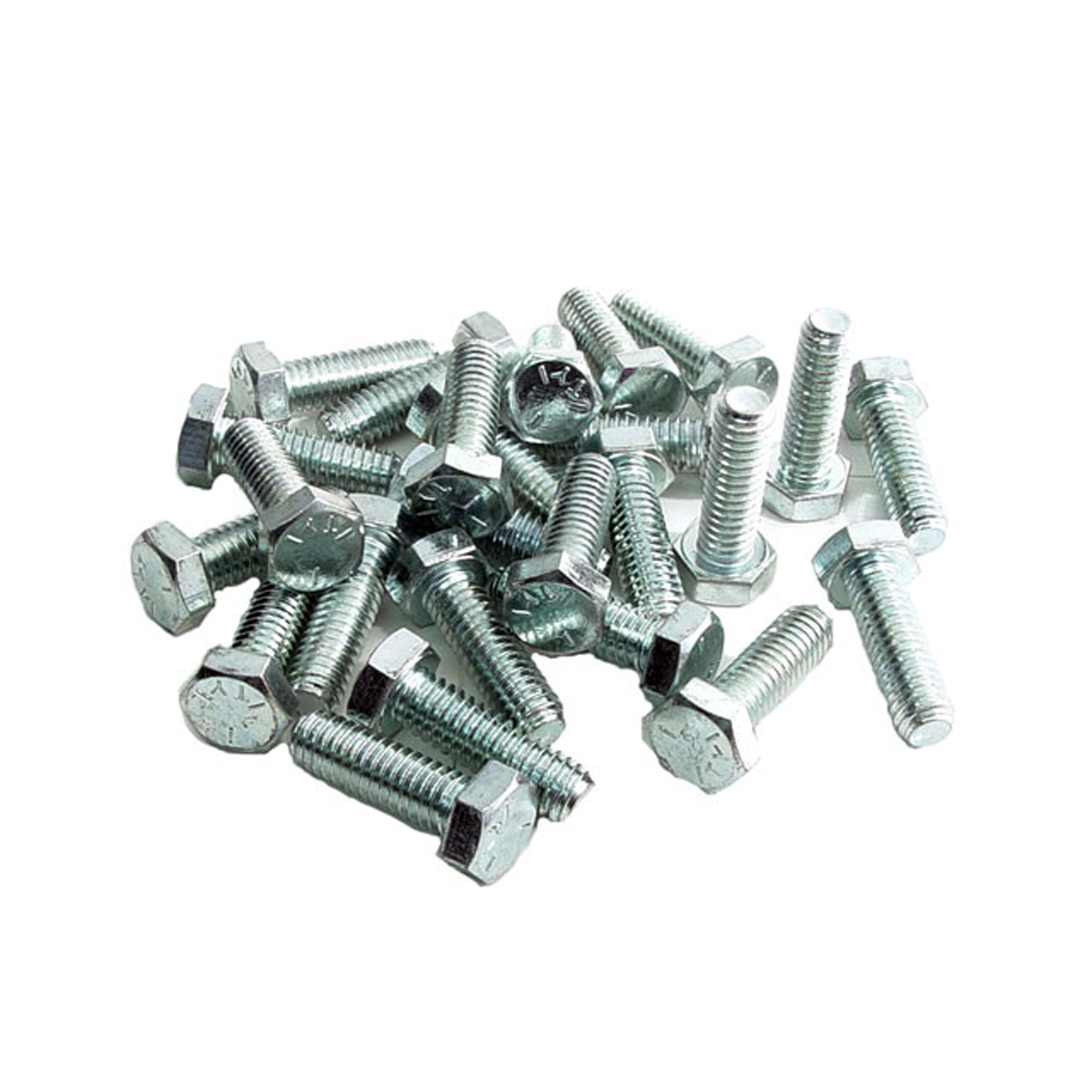 1941 Buick Roadmaster Series 70 Fender Bolts. For use with Fender Bolt Washers; WF 3001-WF 3000Fender Bolts. For use with Fender Bolt Washers; WF 3001. Zinc Chromate plated, high strength. 1" X 5/16". Set of 25
1941 Buick Roadmaster Series 70 Fender Bolts. For use with Fender Bolt Washers; WF 3001-WF 3000Fender Bolts. For use with Fender Bolt Washers; WF 3001. Zinc Chromate plated, high strength. 1" X 5/16". Set of 25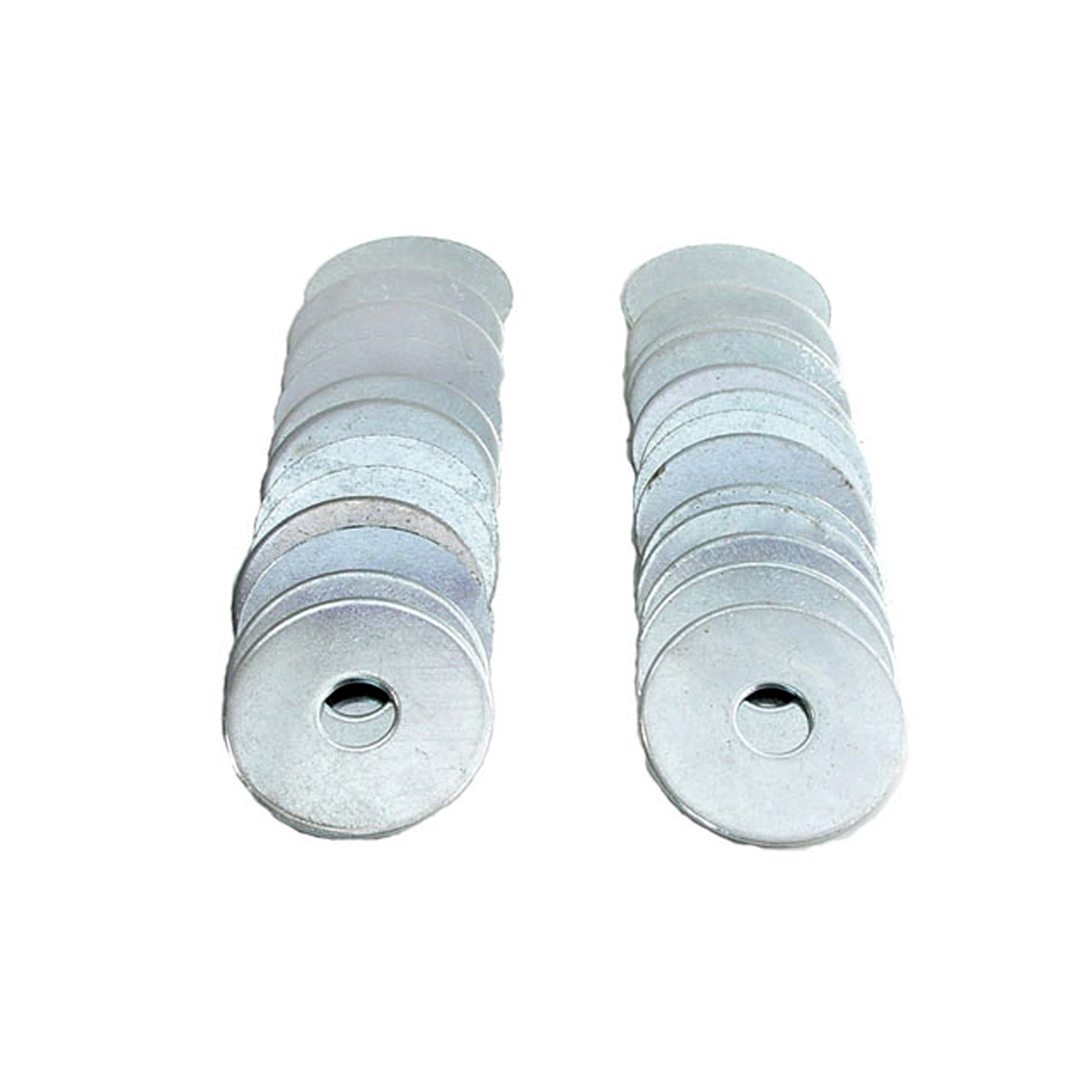 1941 Buick Roadmaster Series 70 Fender Bolt Washers. For use with Fender Bolts; WF 3000-WF 3001Fender Bolt Washers. For use with Fender Bolts; WF 3000. High quality, cadmium plated. 1-1/4" O.D., 3/8" I.D. Set of 25
1941 Buick Roadmaster Series 70 Fender Bolt Washers. For use with Fender Bolts; WF 3000-WF 3001Fender Bolt Washers. For use with Fender Bolts; WF 3000. High quality, cadmium plated. 1-1/4" O.D., 3/8" I.D. Set of 25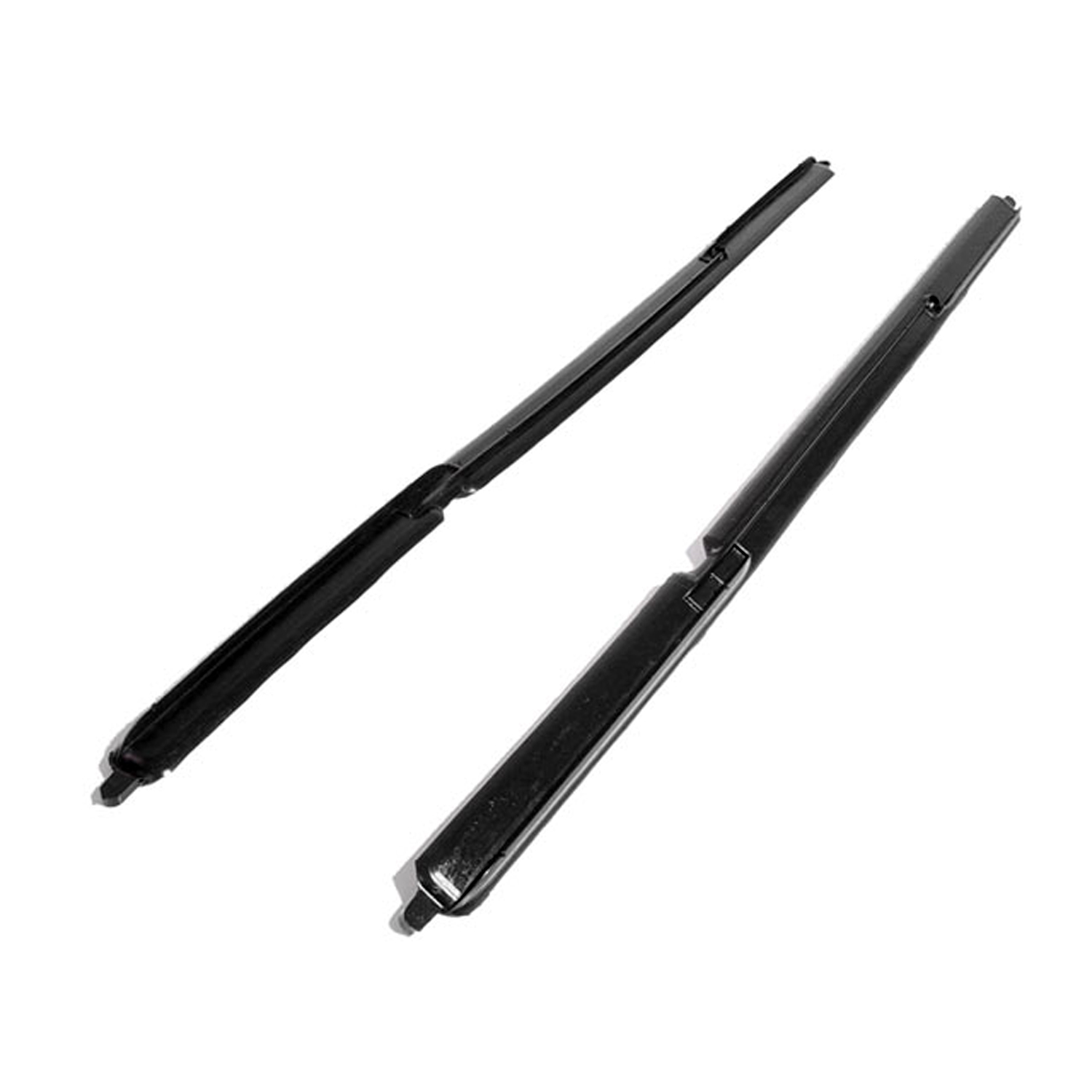 1941 Buick Roadmaster Series 70 VENT WINDOW SEAL,BUICK PONTIAC'40-41 CADILLAC OLDSMOBILE-WR 7300VENT WINDOW SEAL,BUICK PONTIAC'40-41 CADILLAC OLDSMOBILE
1941 Buick Roadmaster Series 70 VENT WINDOW SEAL,BUICK PONTIAC'40-41 CADILLAC OLDSMOBILE-WR 7300VENT WINDOW SEAL,BUICK PONTIAC'40-41 CADILLAC OLDSMOBILE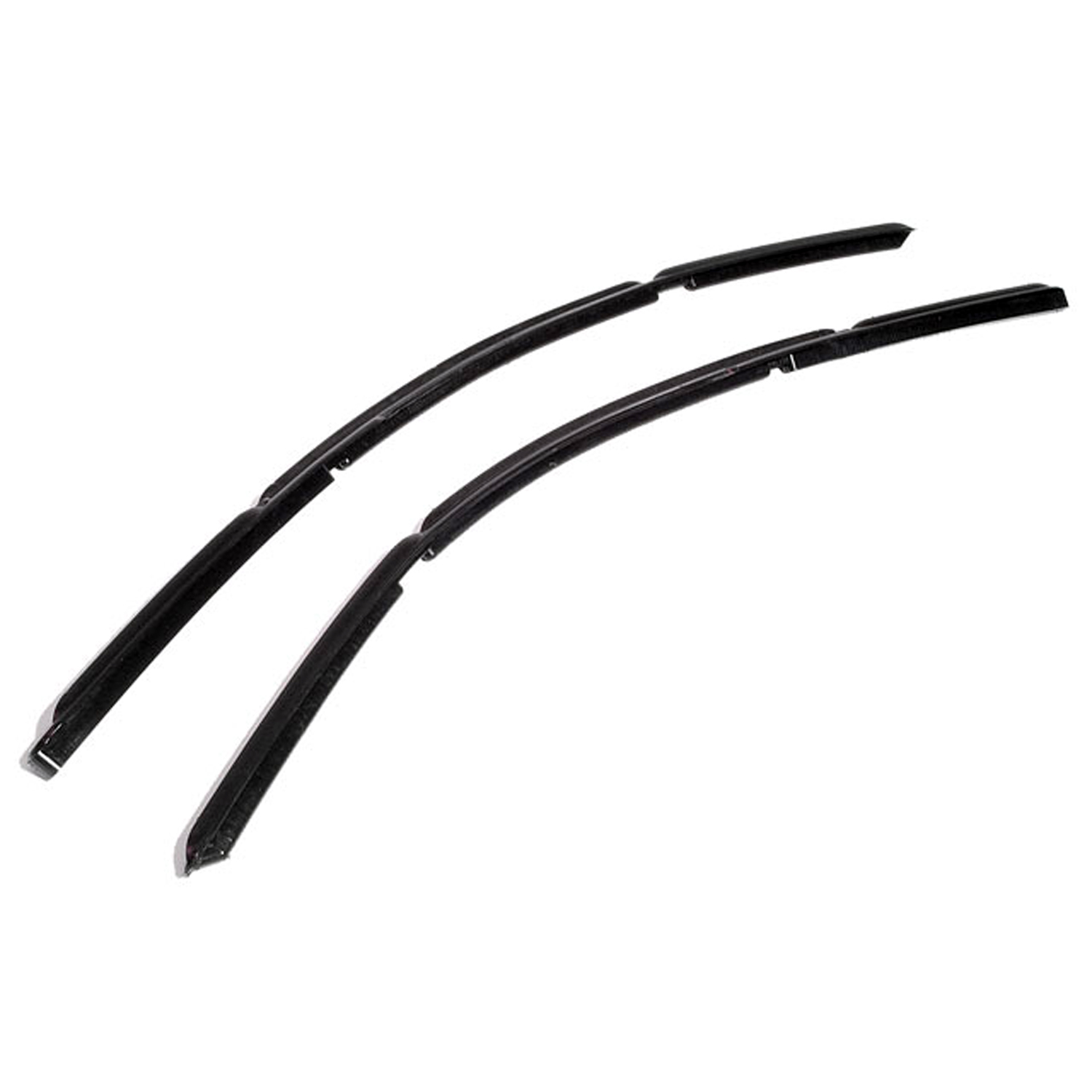 1941 Buick Roadmaster Series 70 Front Vent Window Seals, for Convertibles. Pair R&L-WR 7303Front Vent Window Seals, for Convertibles. Pair R&L
1941 Buick Roadmaster Series 70 Front Vent Window Seals, for Convertibles. Pair R&L-WR 7303Front Vent Window Seals, for Convertibles. Pair R&L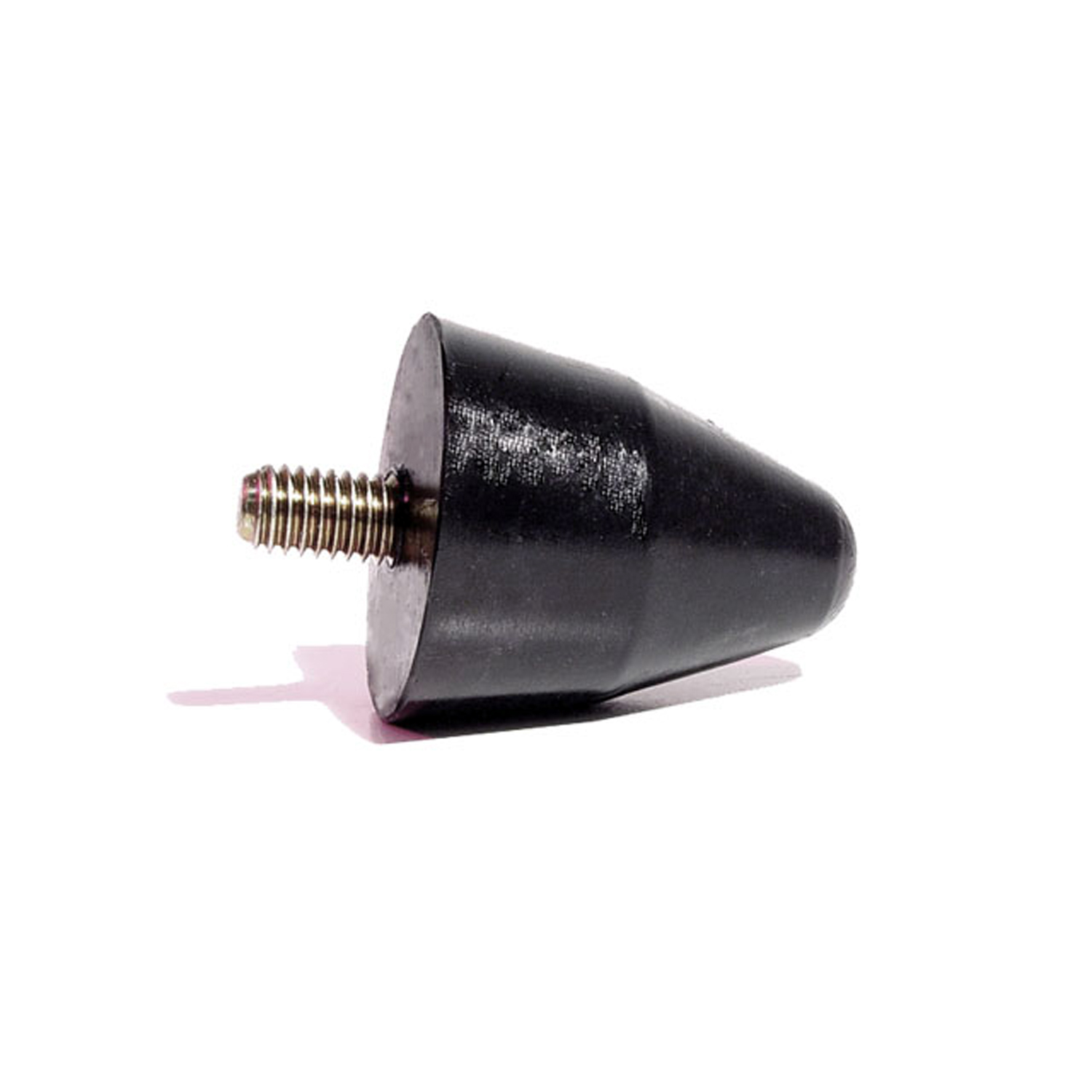 1941 Buick Roadmaster Series 70 Front Suspension Bumper. 2" high. Each-XB 18Front Suspension Bumper. 2" high. Each
1941 Buick Roadmaster Series 70 Front Suspension Bumper. 2" high. Each-XB 18Front Suspension Bumper. 2" high. Each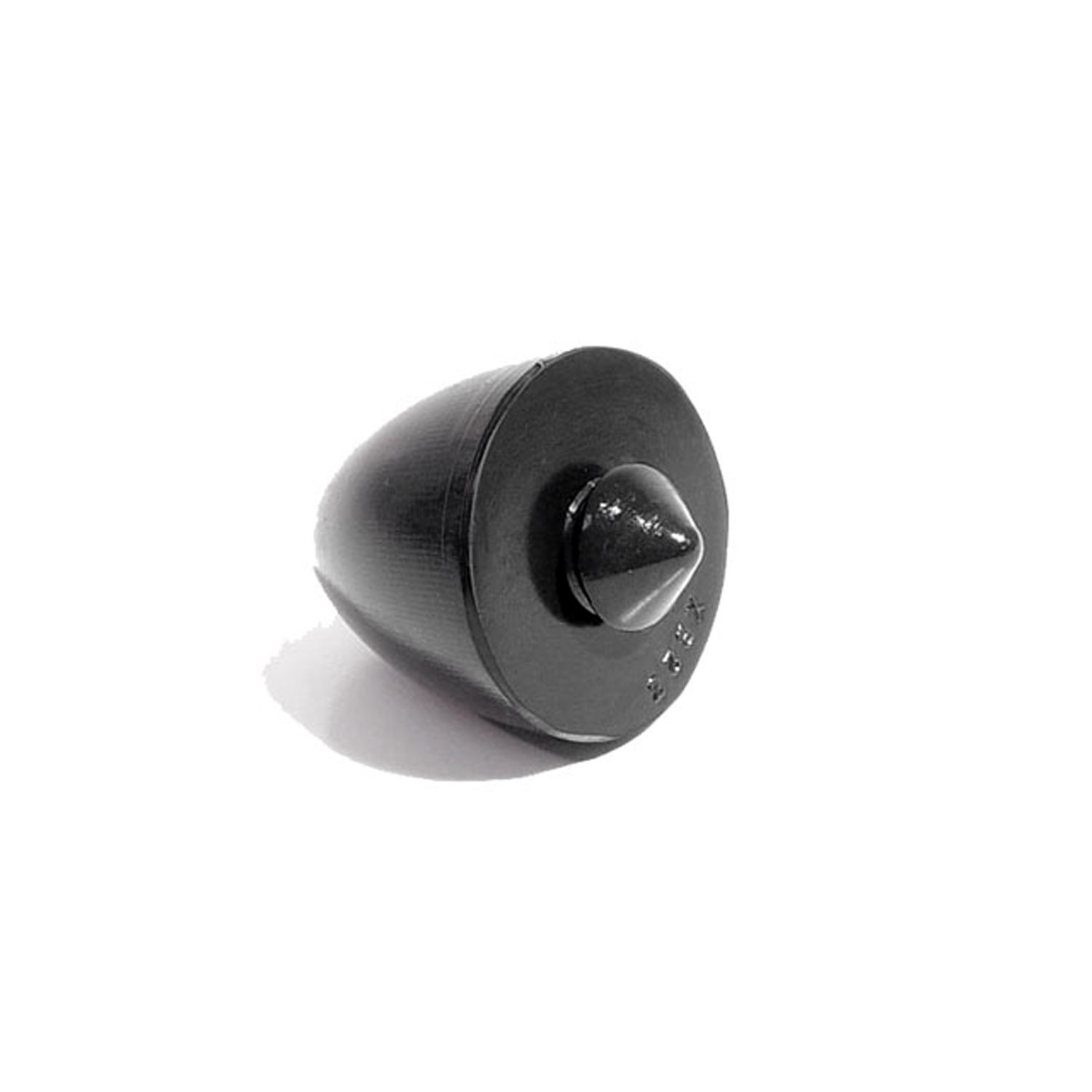 1941 Buick Roadmaster Series 70 Front Suspension Bumper. 1-5/8" high. Each-XB 23Front Suspension Bumper. 1-5/8" high. Each
1941 Buick Roadmaster Series 70 Front Suspension Bumper. 1-5/8" high. Each-XB 23Front Suspension Bumper. 1-5/8" high. Each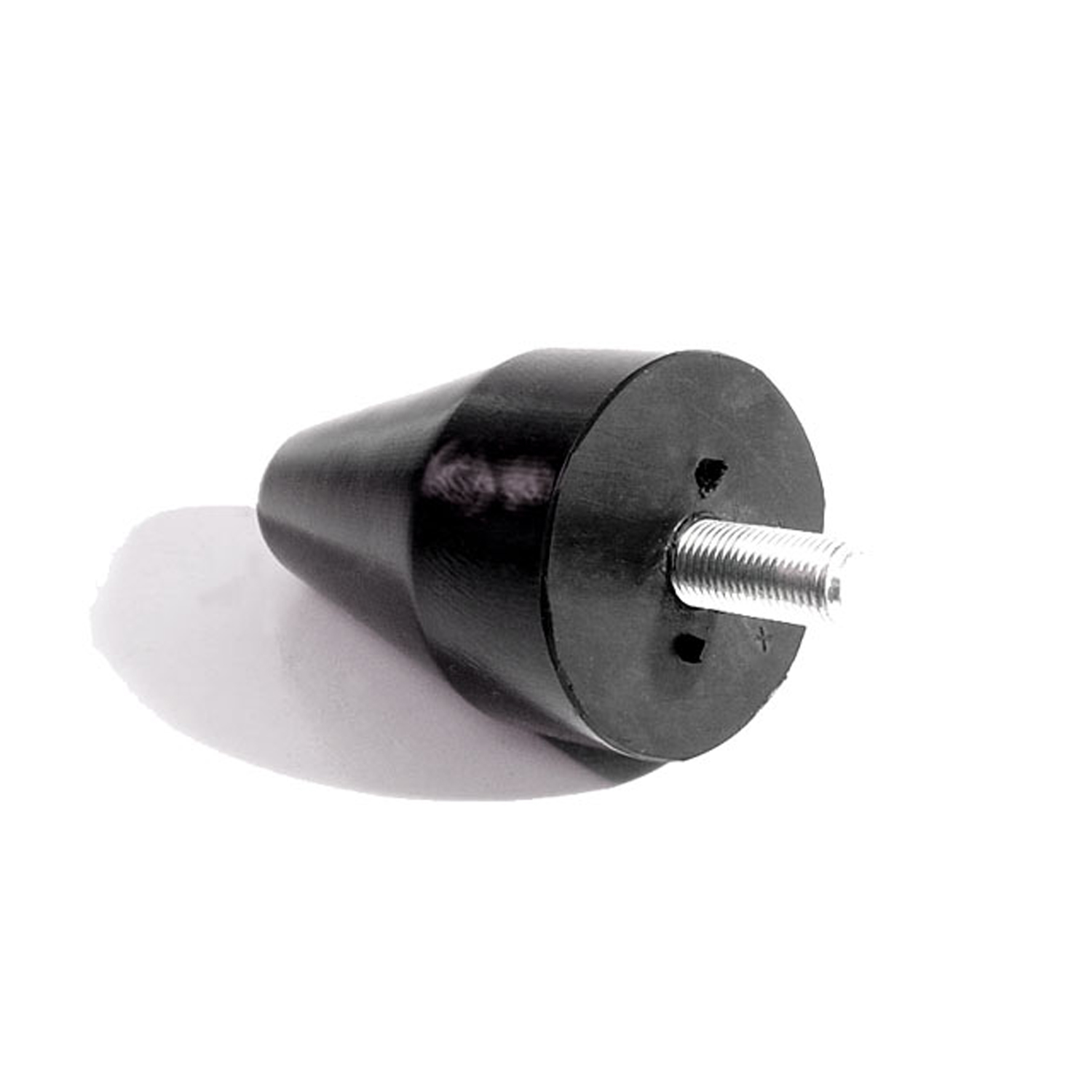 1941 Buick Roadmaster Series 70 Front Suspension Bumper. 2-7/8" high. Each-XB 25Front Suspension Bumper. 2-7/8" high. Each
1941 Buick Roadmaster Series 70 Front Suspension Bumper. 2-7/8" high. Each-XB 25Front Suspension Bumper. 2-7/8" high. EachWhy Choose Metro?
For over 100 years, Metro Moulded Parts has been the pinnacle of quality in classic car restoration parts. Our commitment to precision and authenticity in every component ensures a perfect fit and an OEM-level appearance.
- Expert Craftsmanship & Quality: Each part is a testament to our dedication to reliability and perfection, crafted from original designs and thoroughly tested.
- Advanced Technology: We use cutting-edge techniques to create flawless, long-lasting parts that surpass others in performance.
- SuperSoft Sponge – The Ultimate Door Seal: Not only are our door seals 30% softer than competitors', but they're also guaranteed to never leak. They effectively reduce wind and road noise, enhancing your classic car's comfort and driving experience.
- Proudly American: Our parts are a product of American craftsmanship, made in the USA with a spirit of excellence and heritage.
- Unrivaled Warranty: We back our products with a 30-year industry-leading warranty, a testament to our confidence in their quality.
Join us in preserving the legacy of classic cars with parts that are crafted for perfection, not just made.

